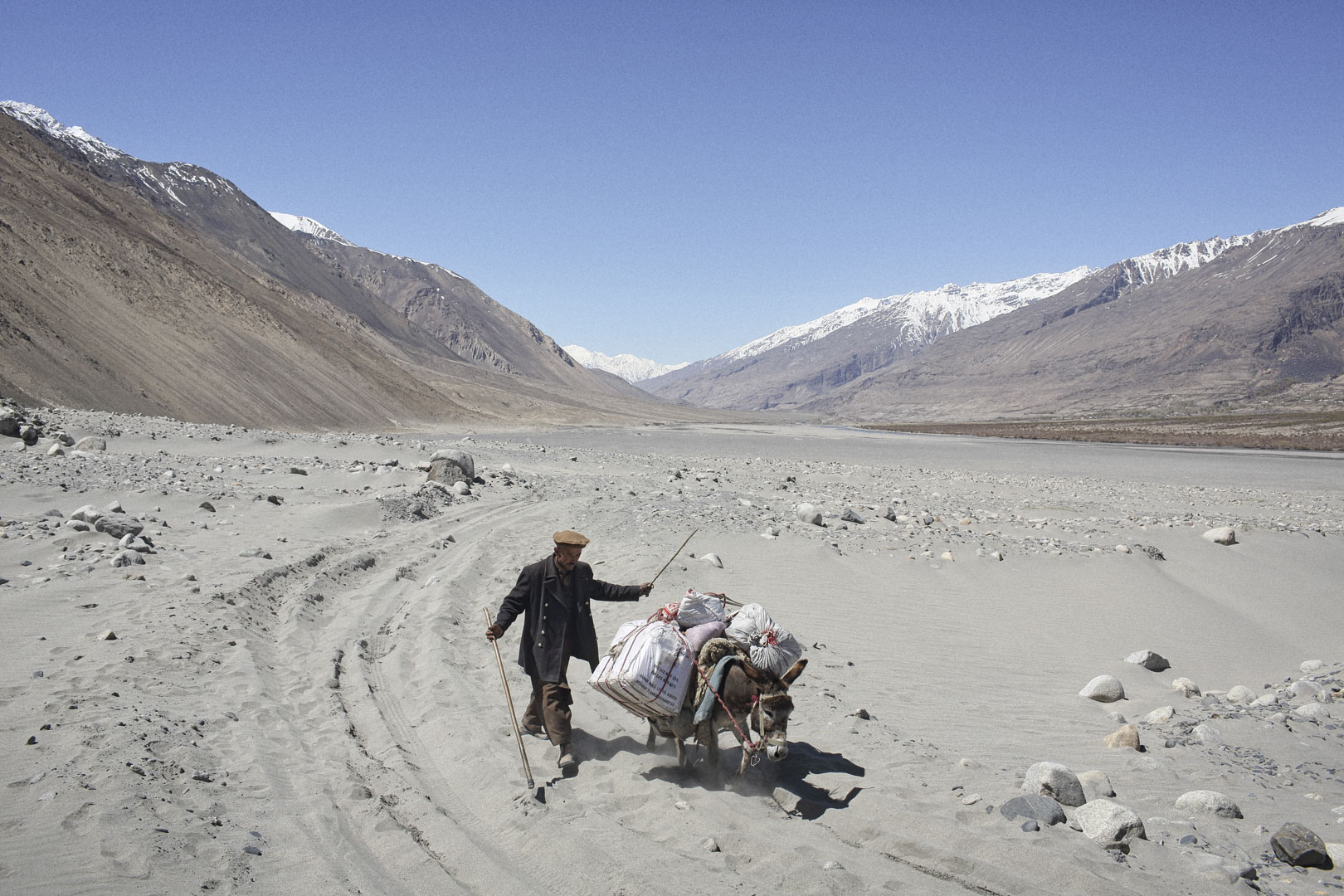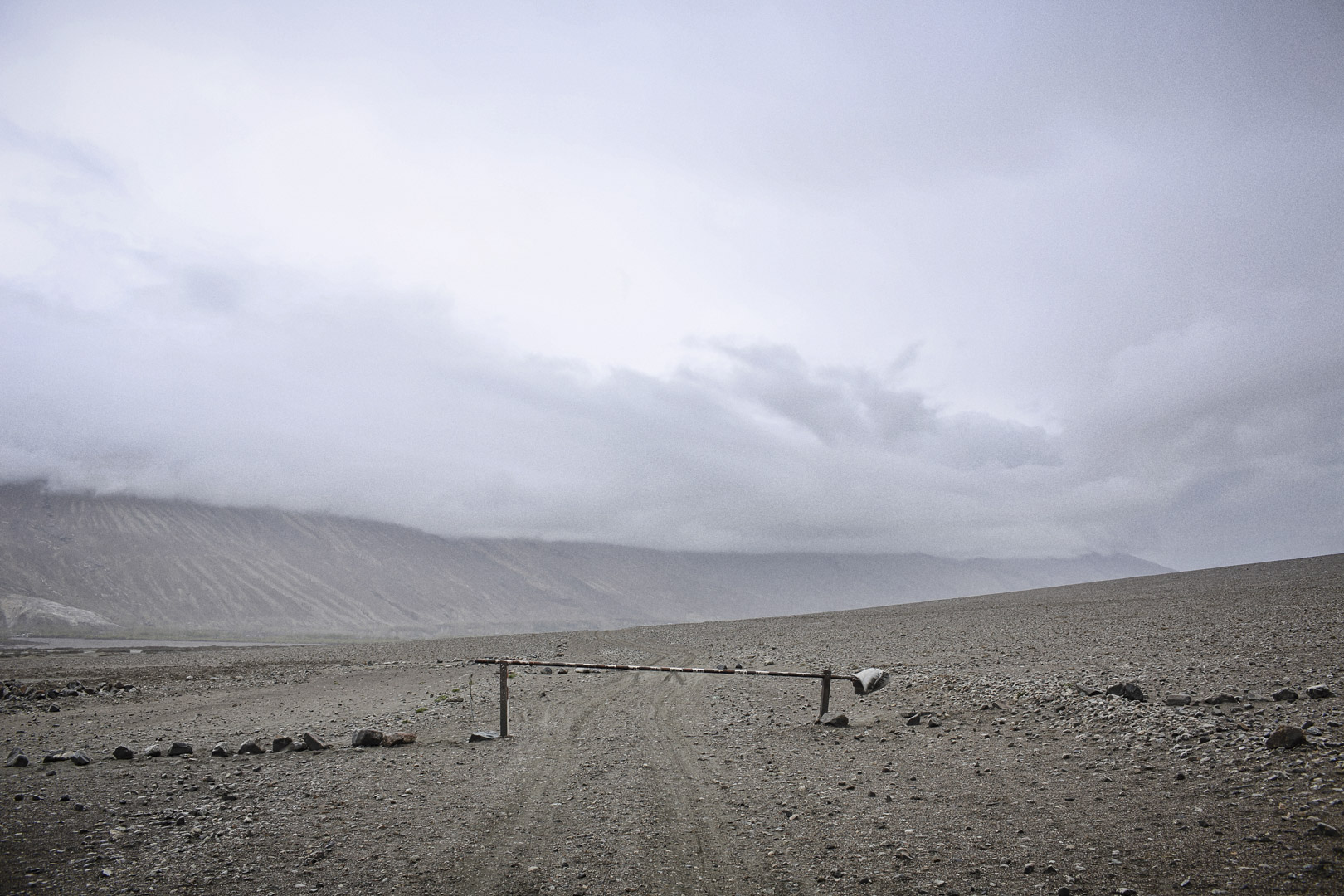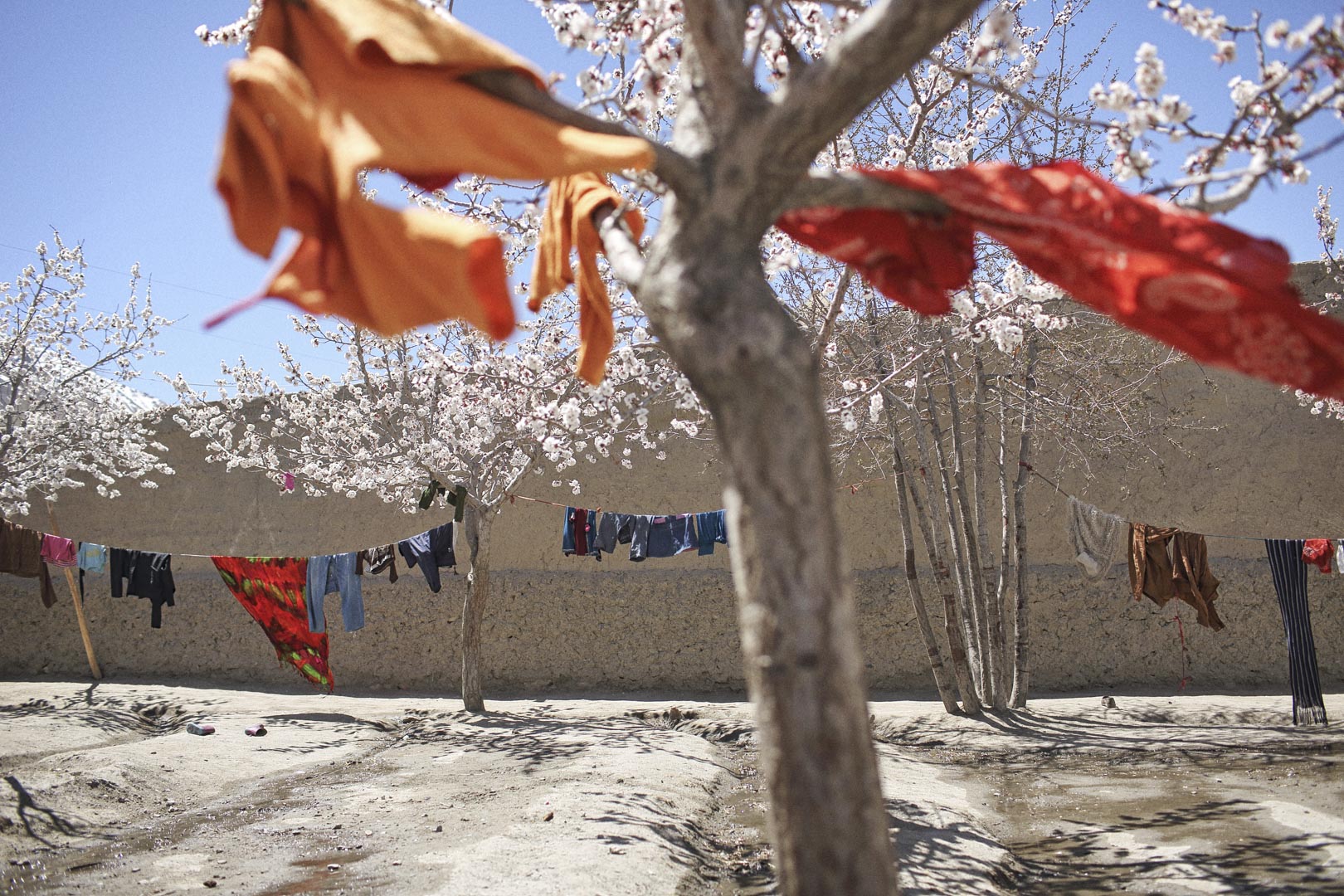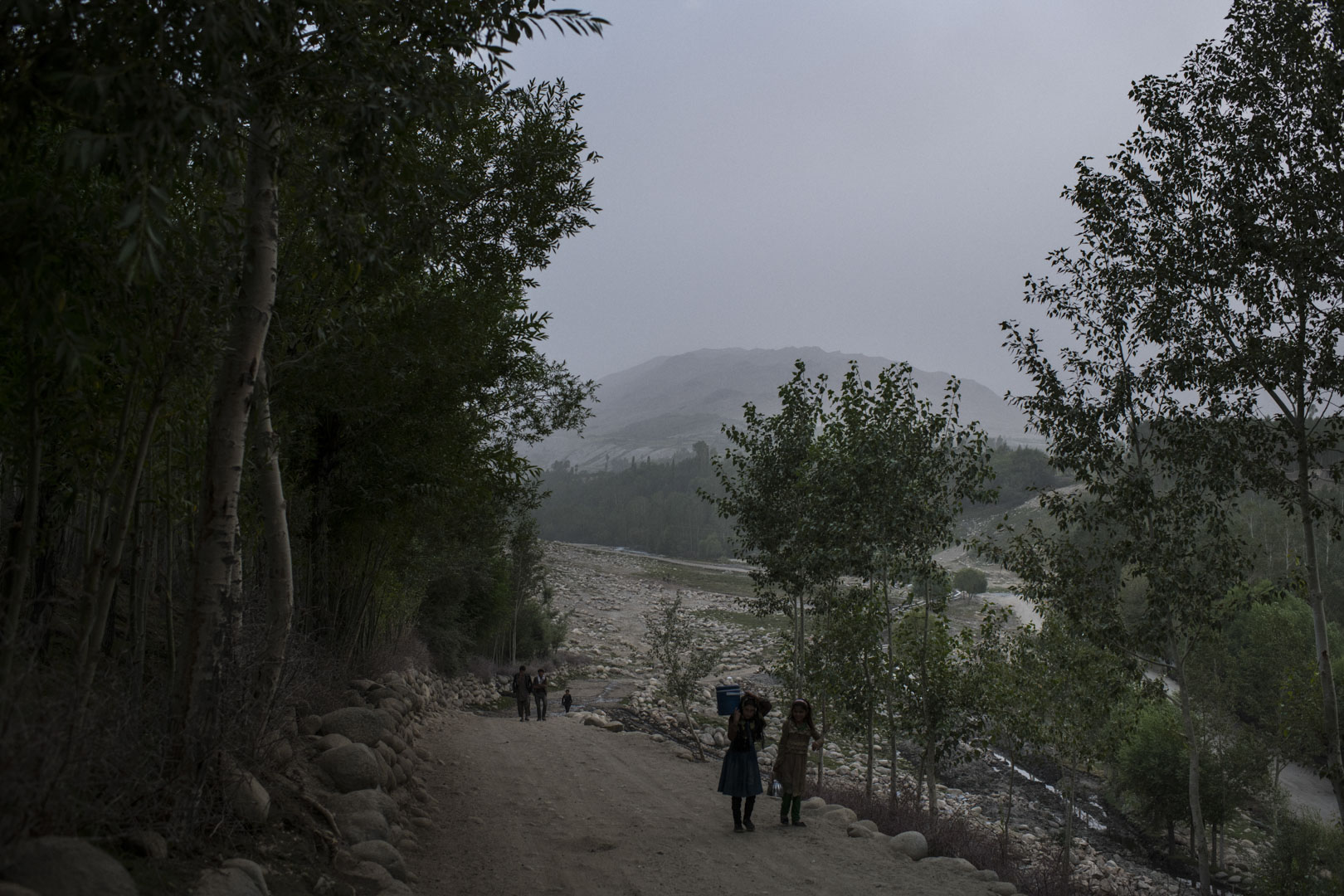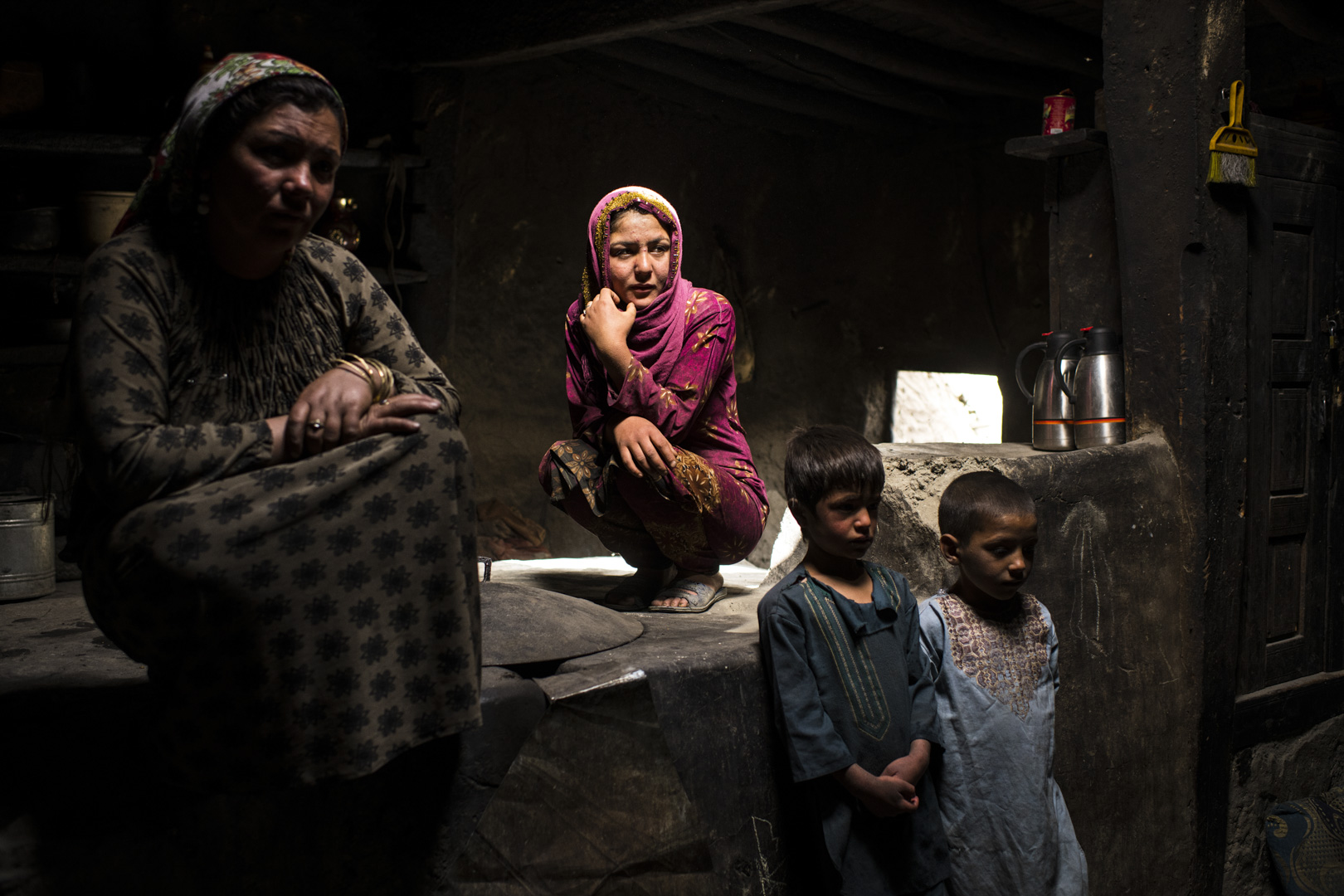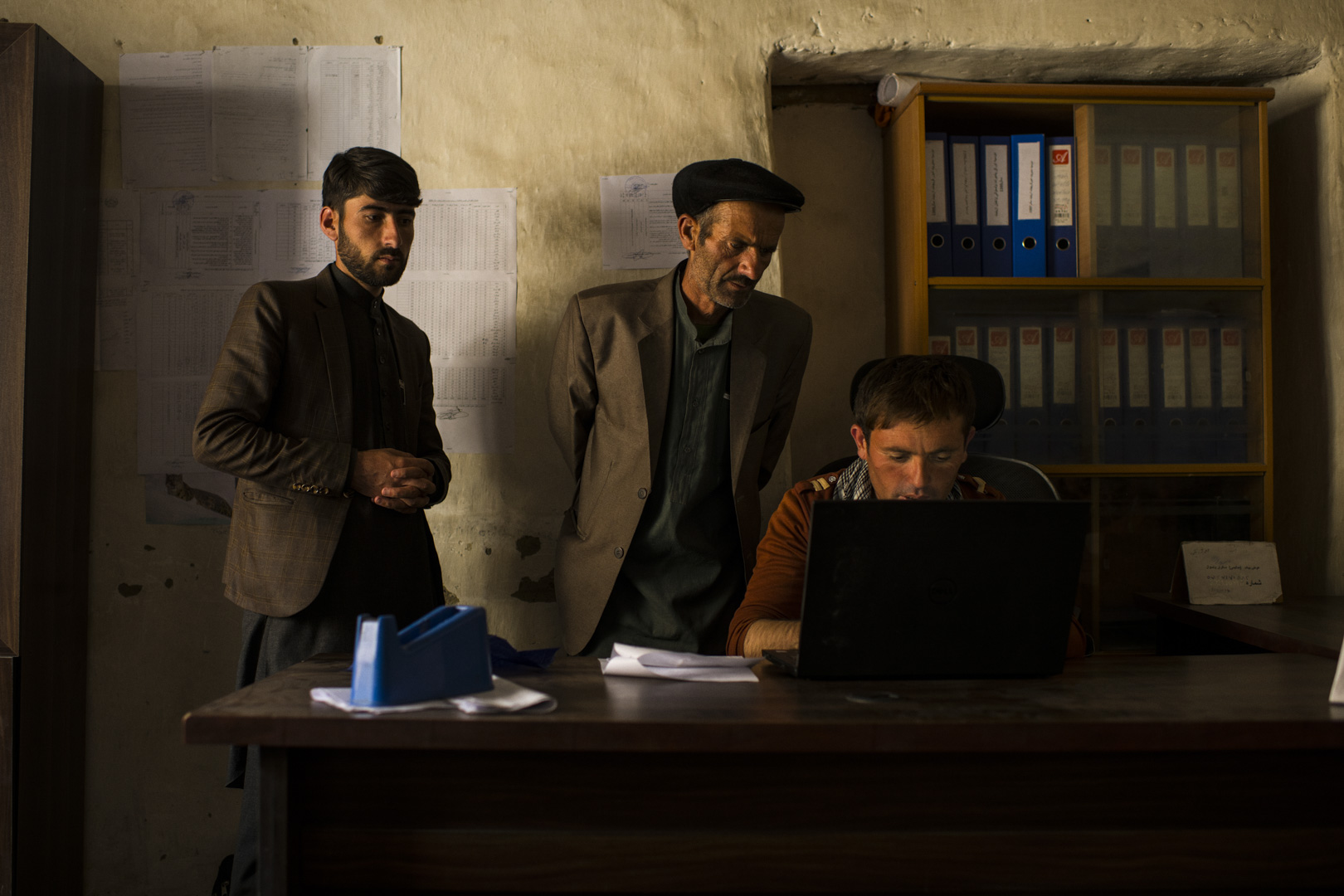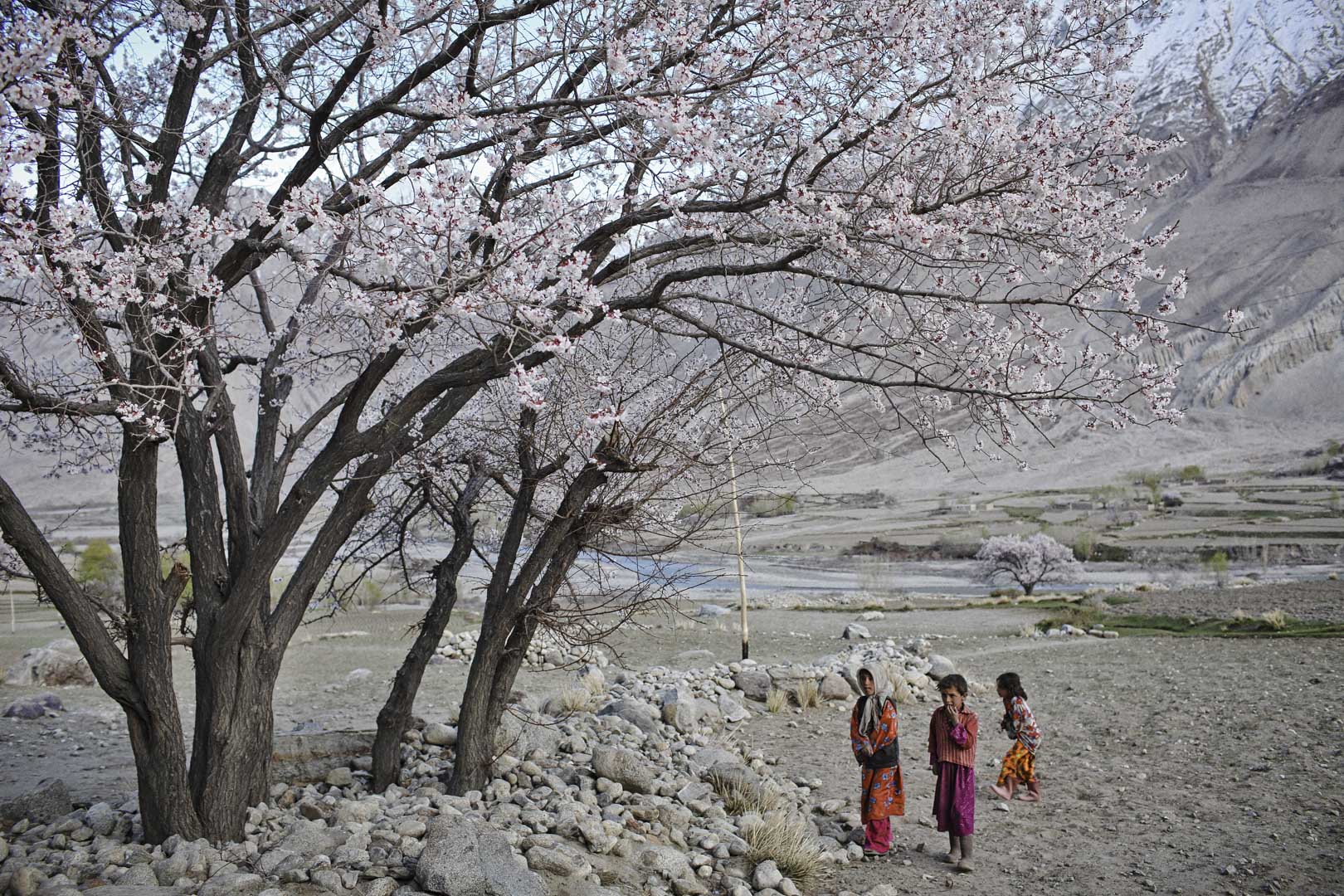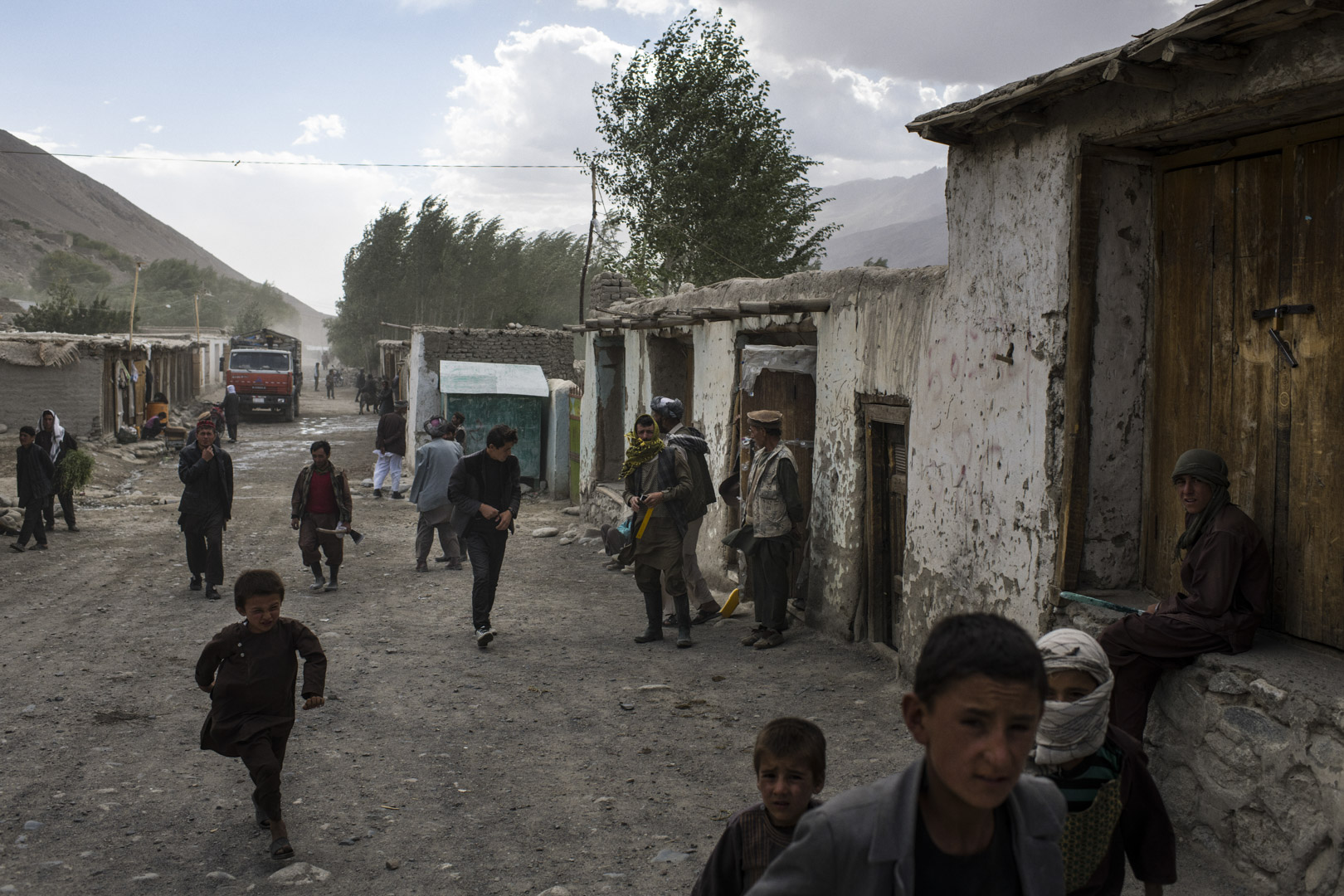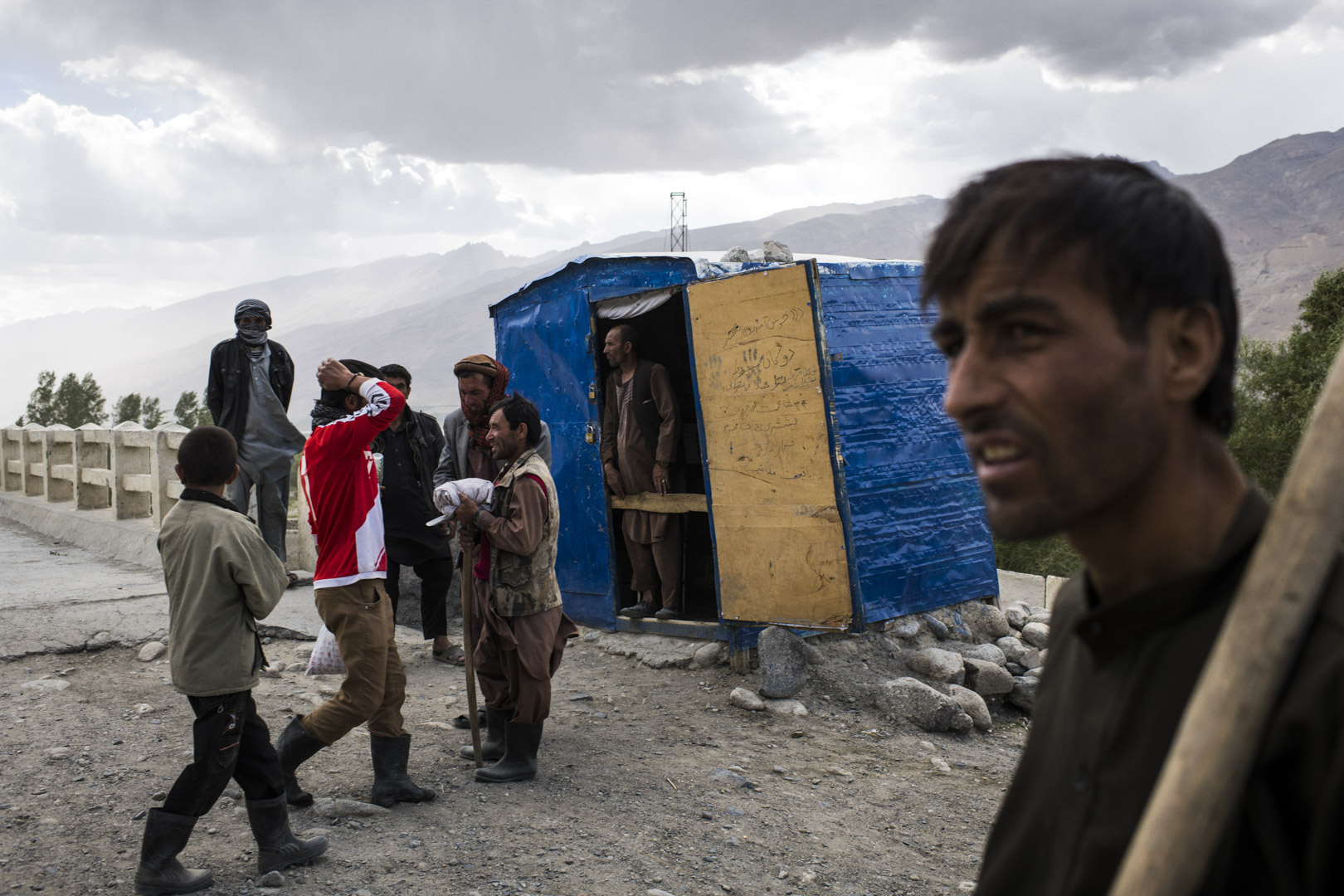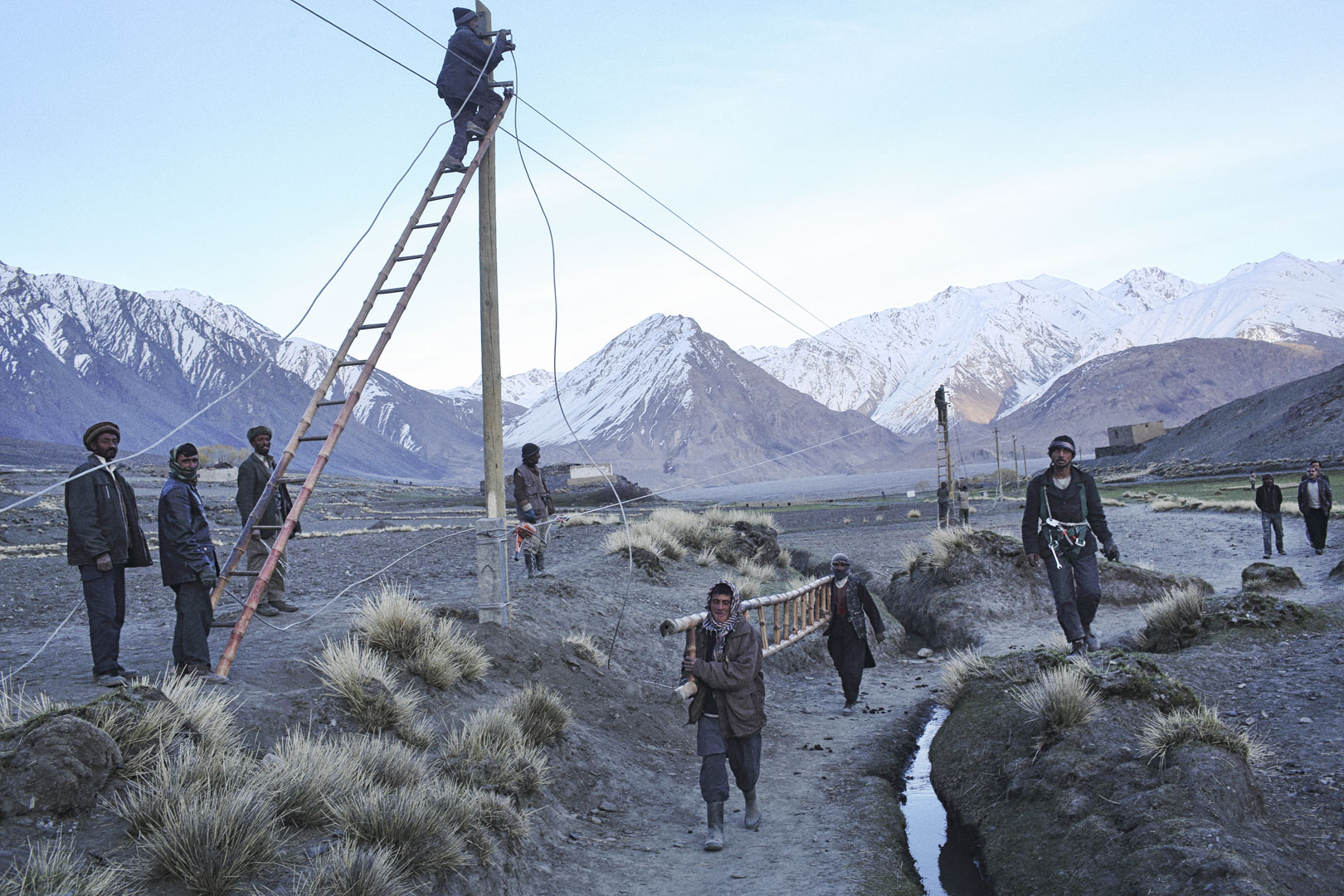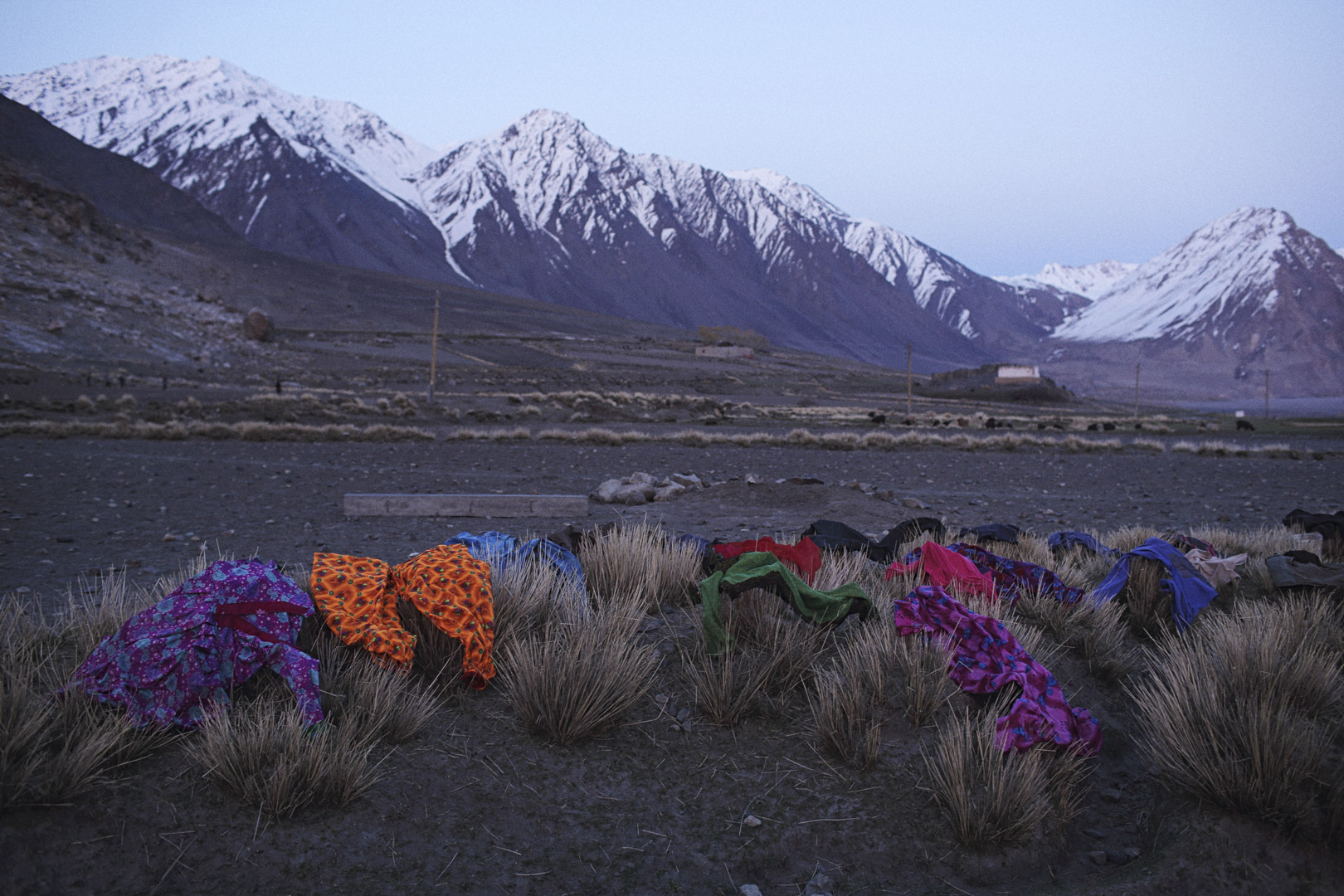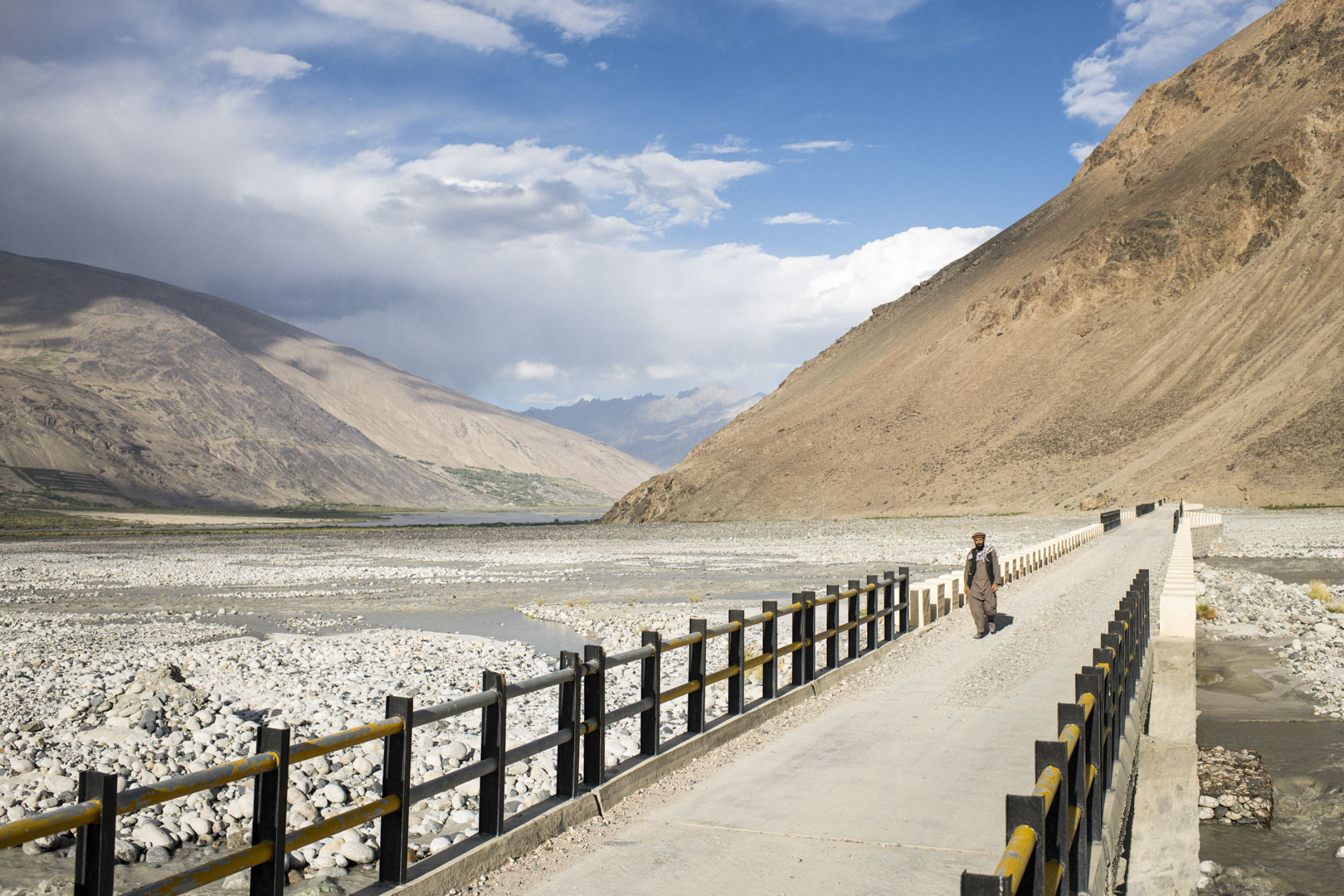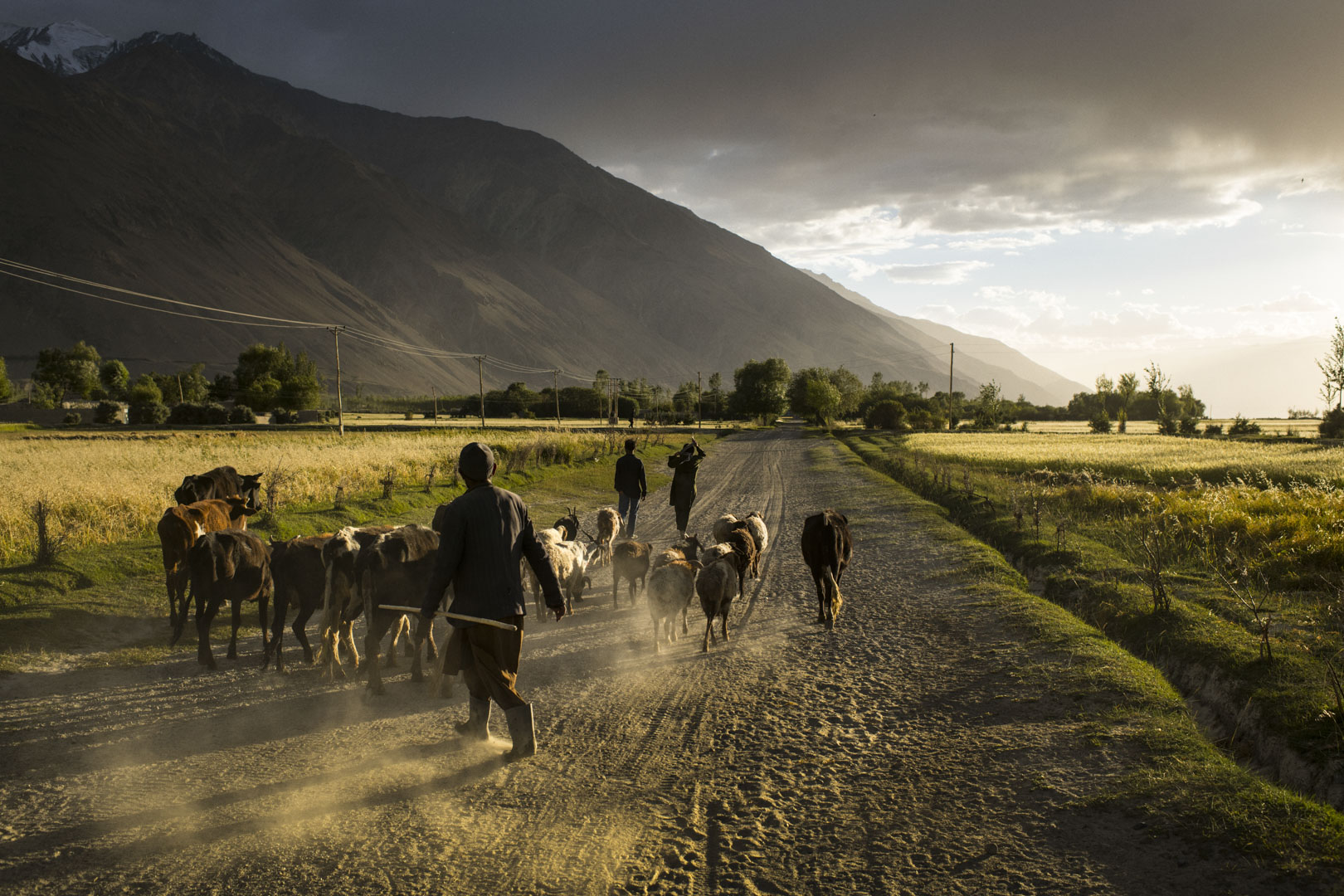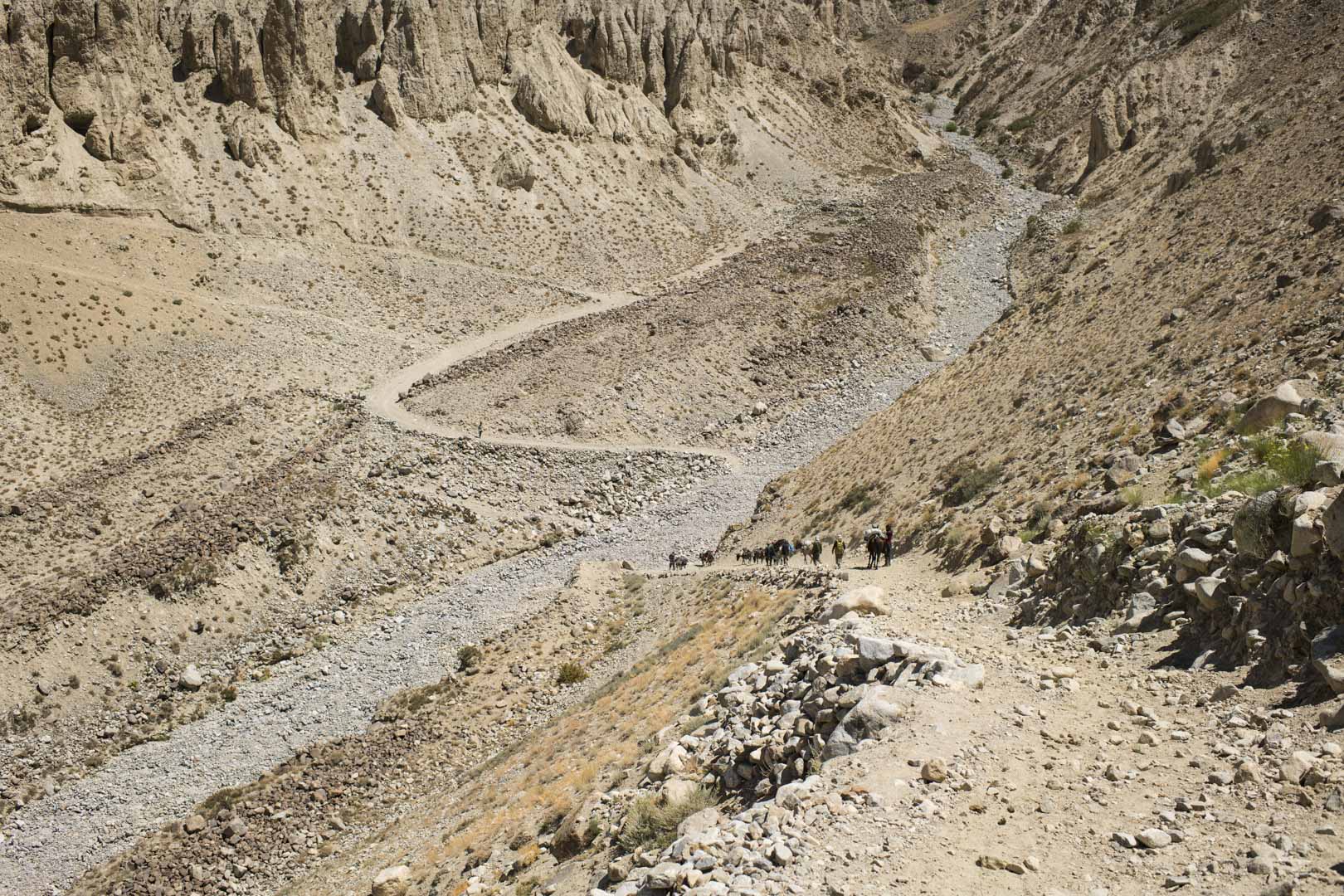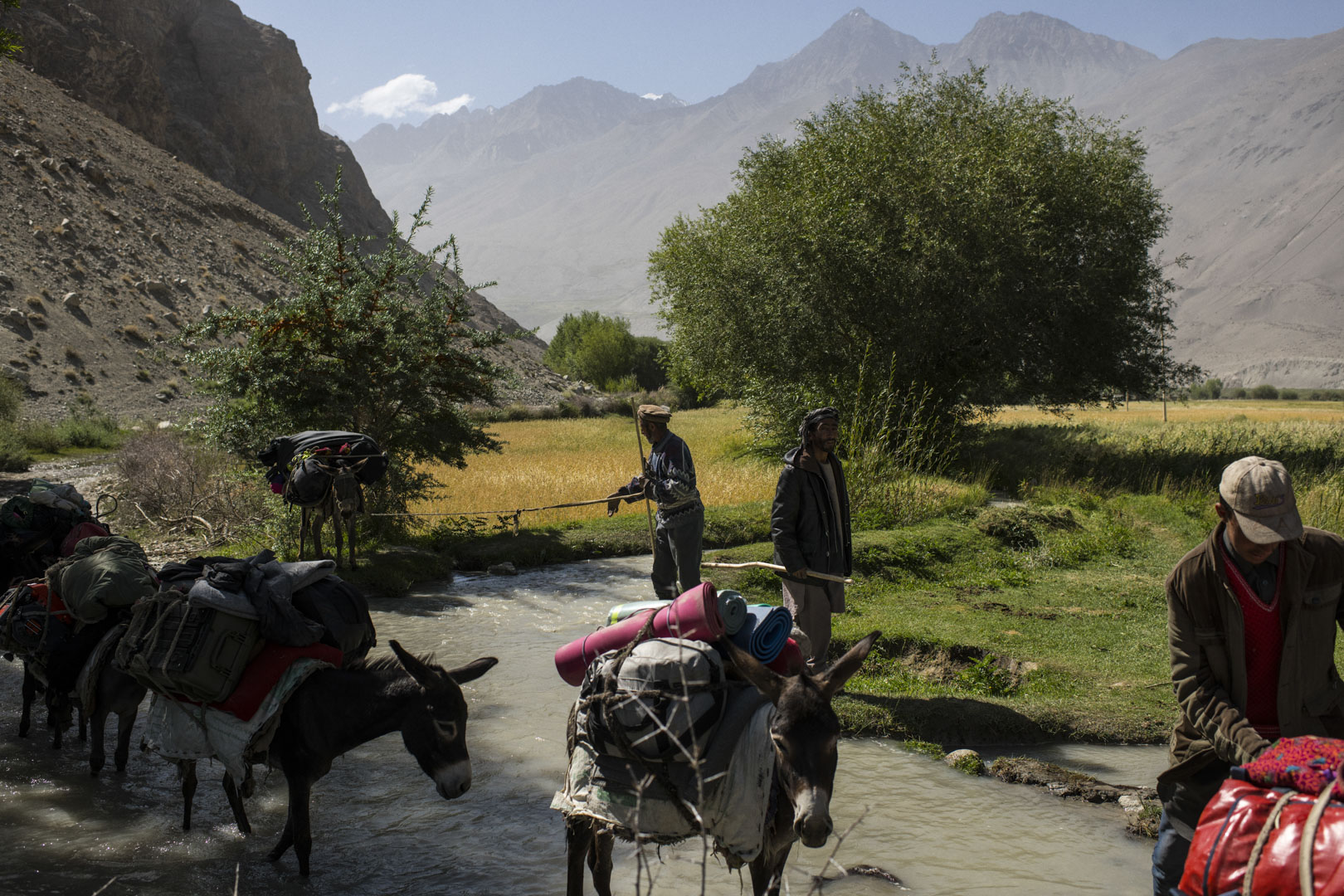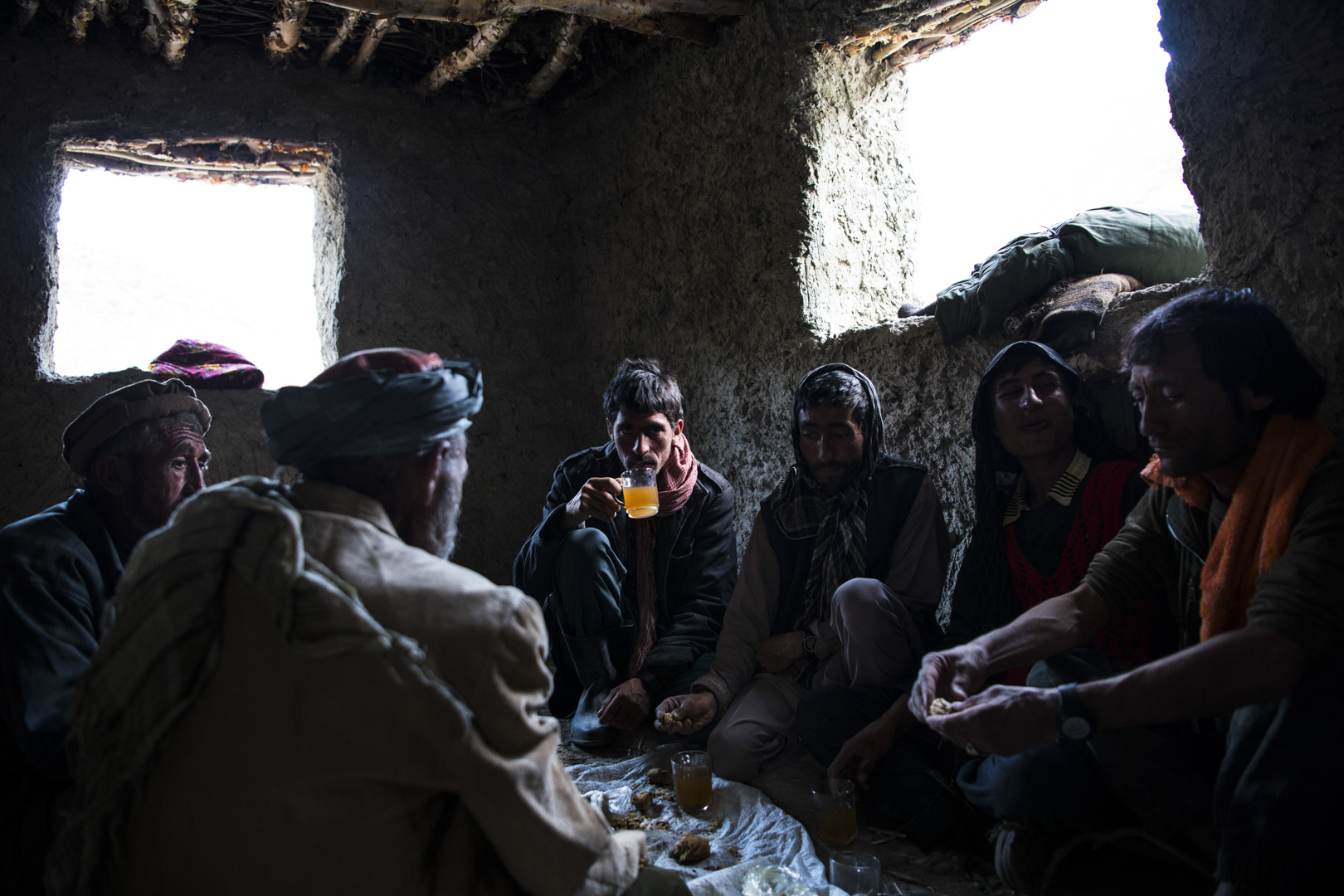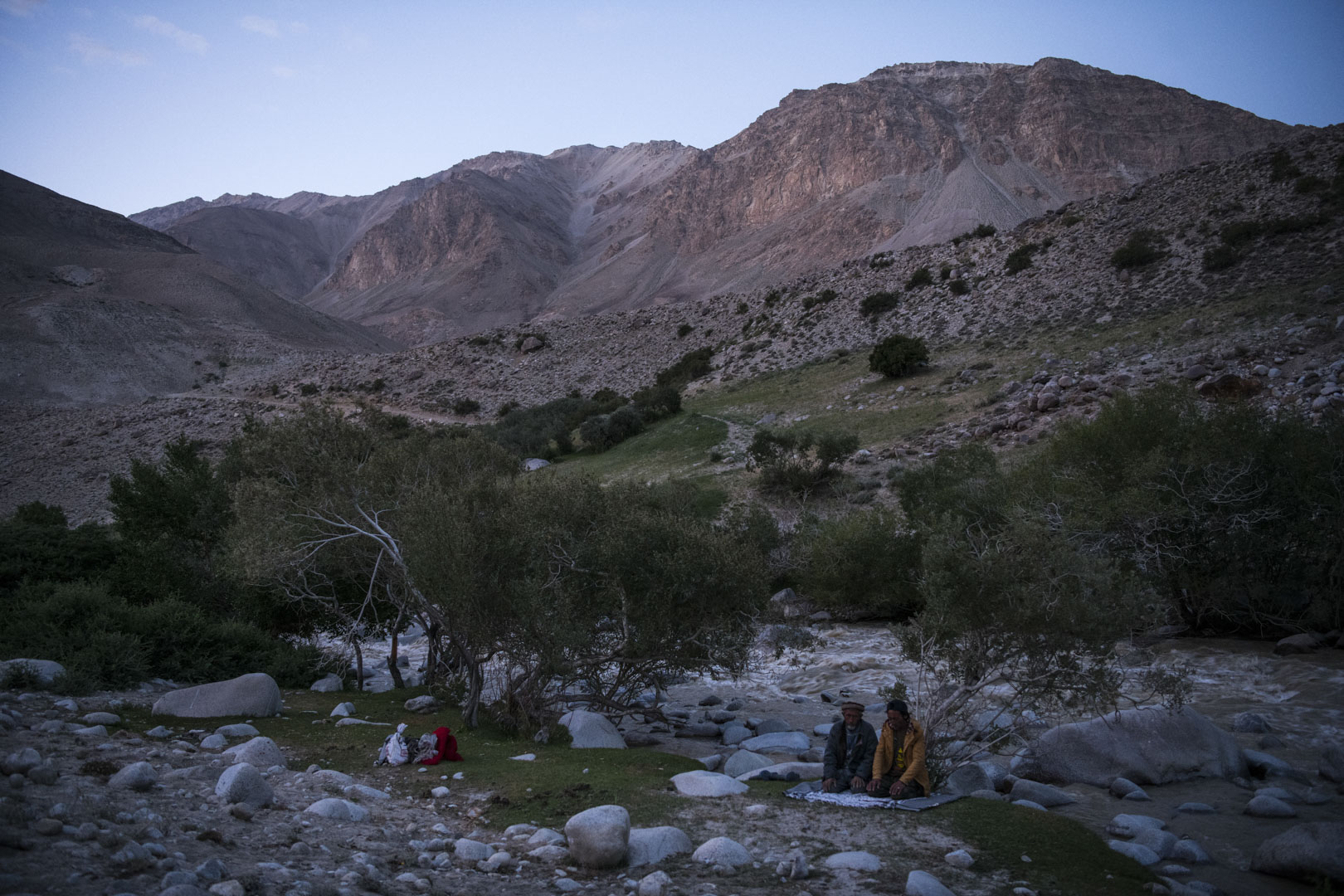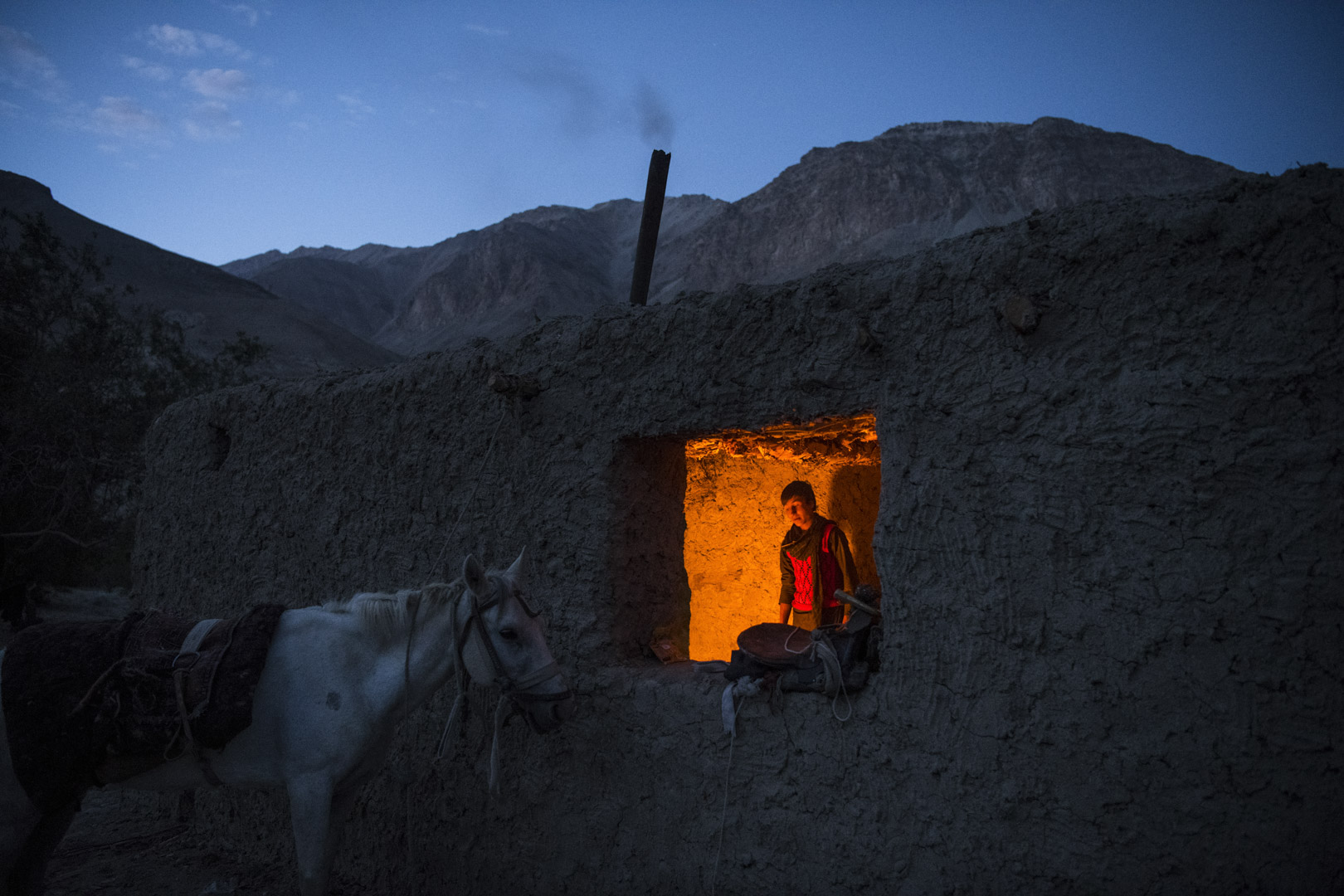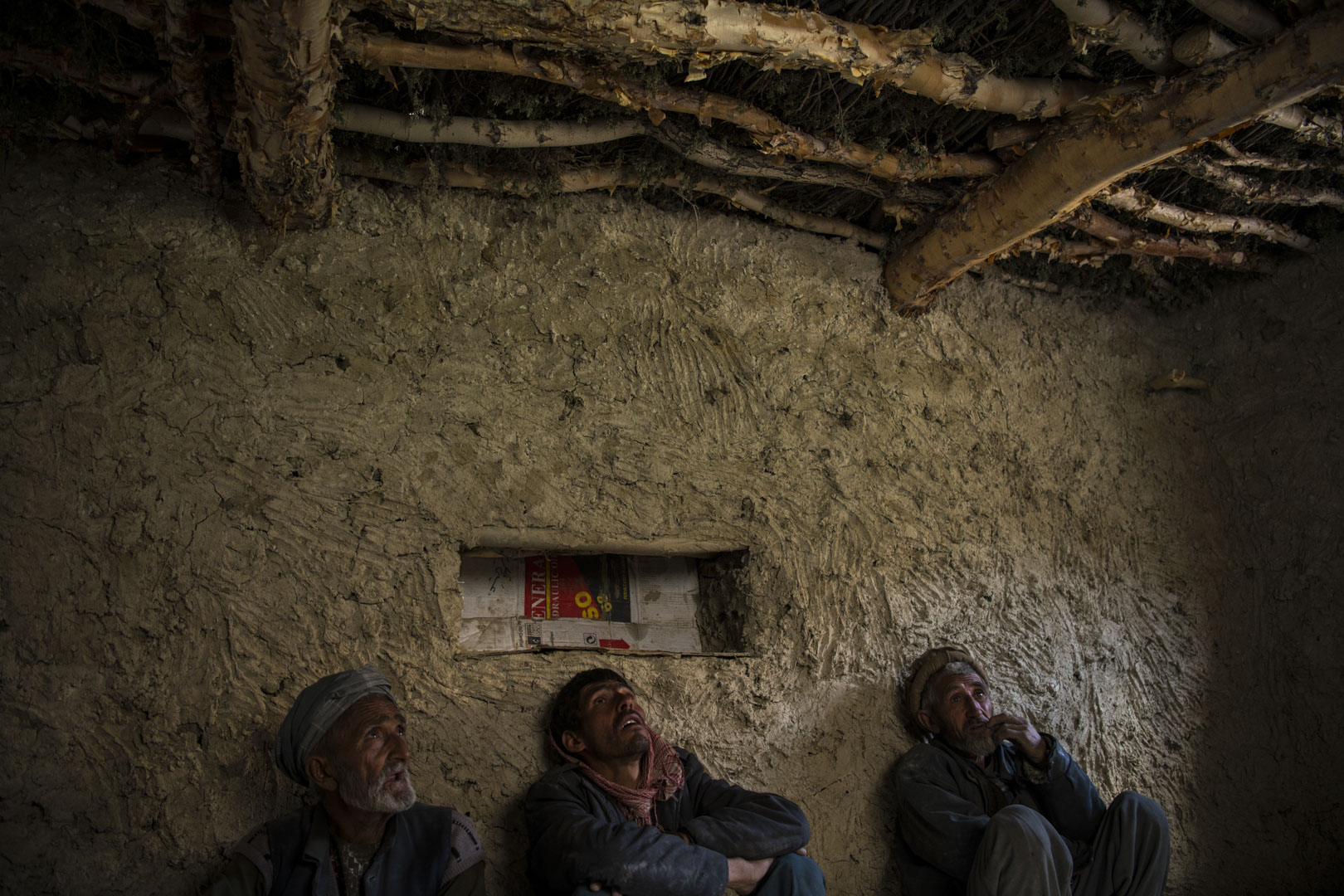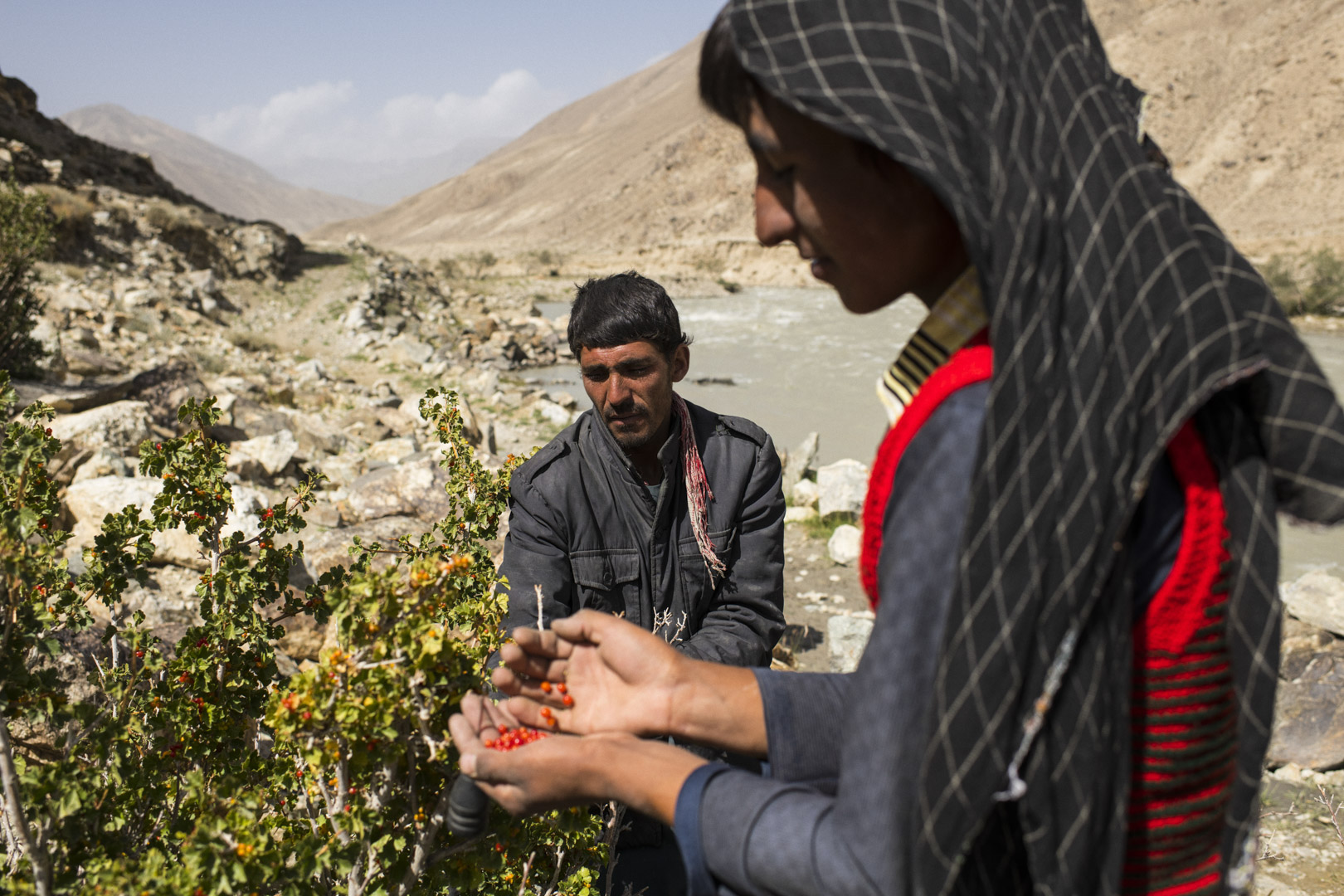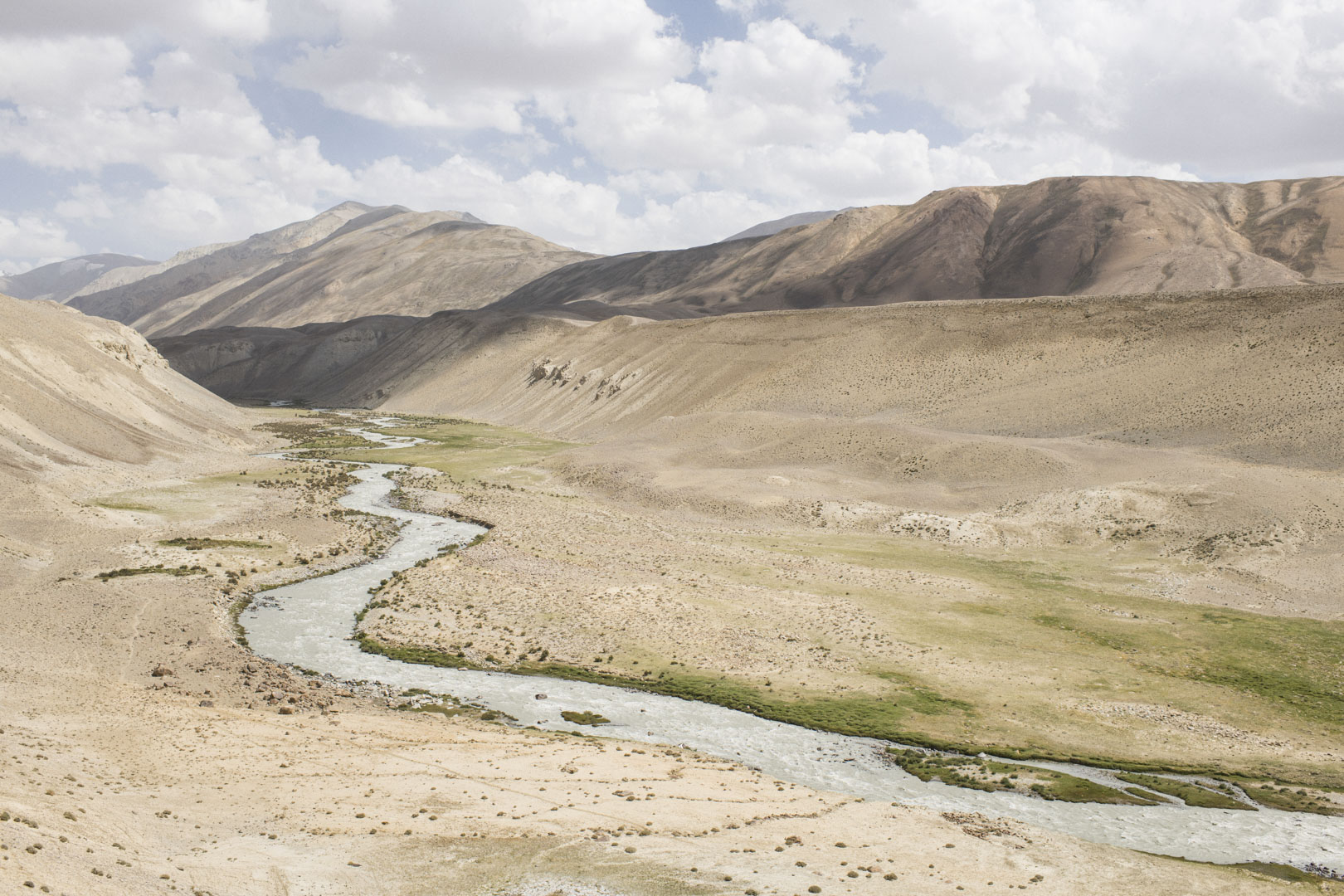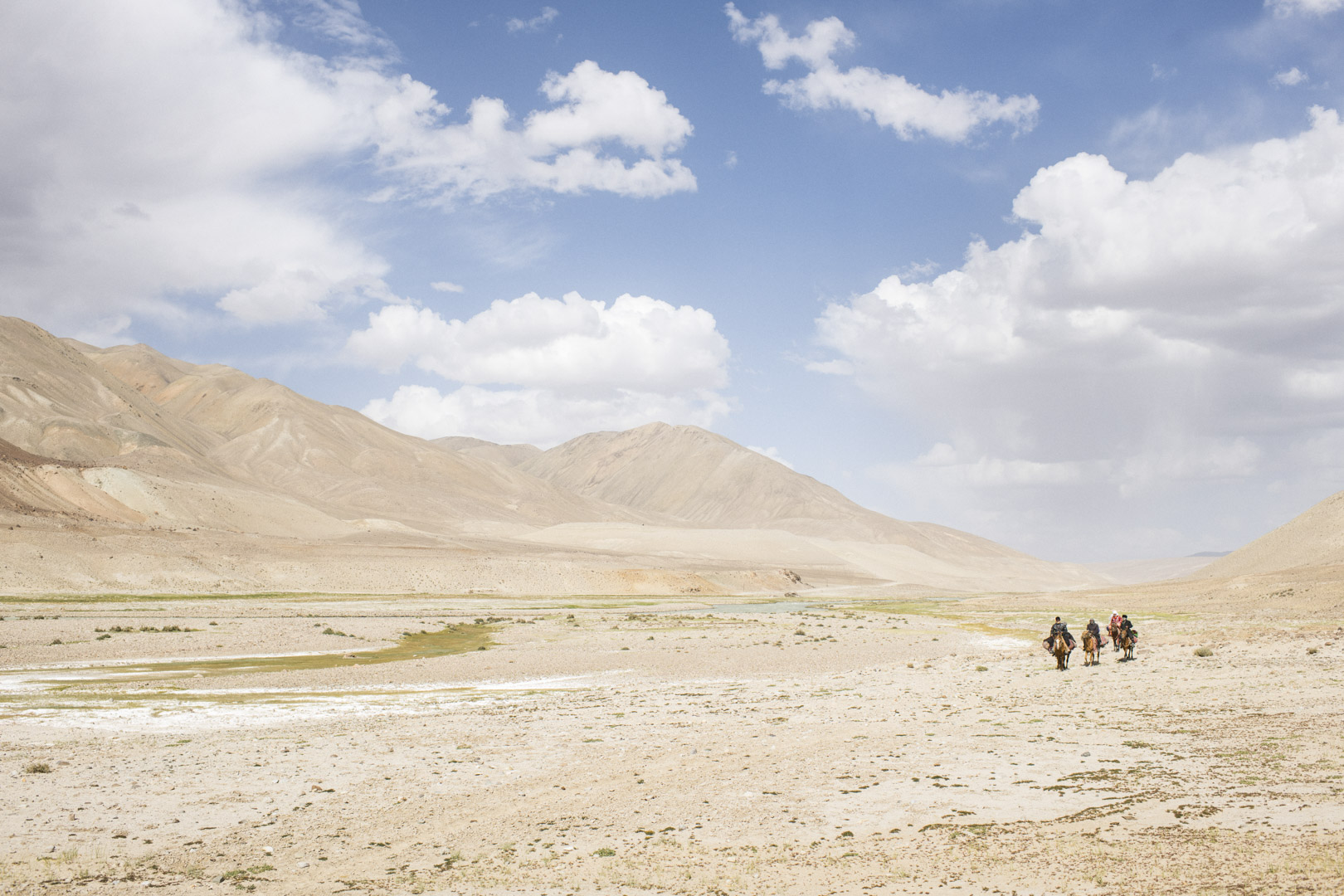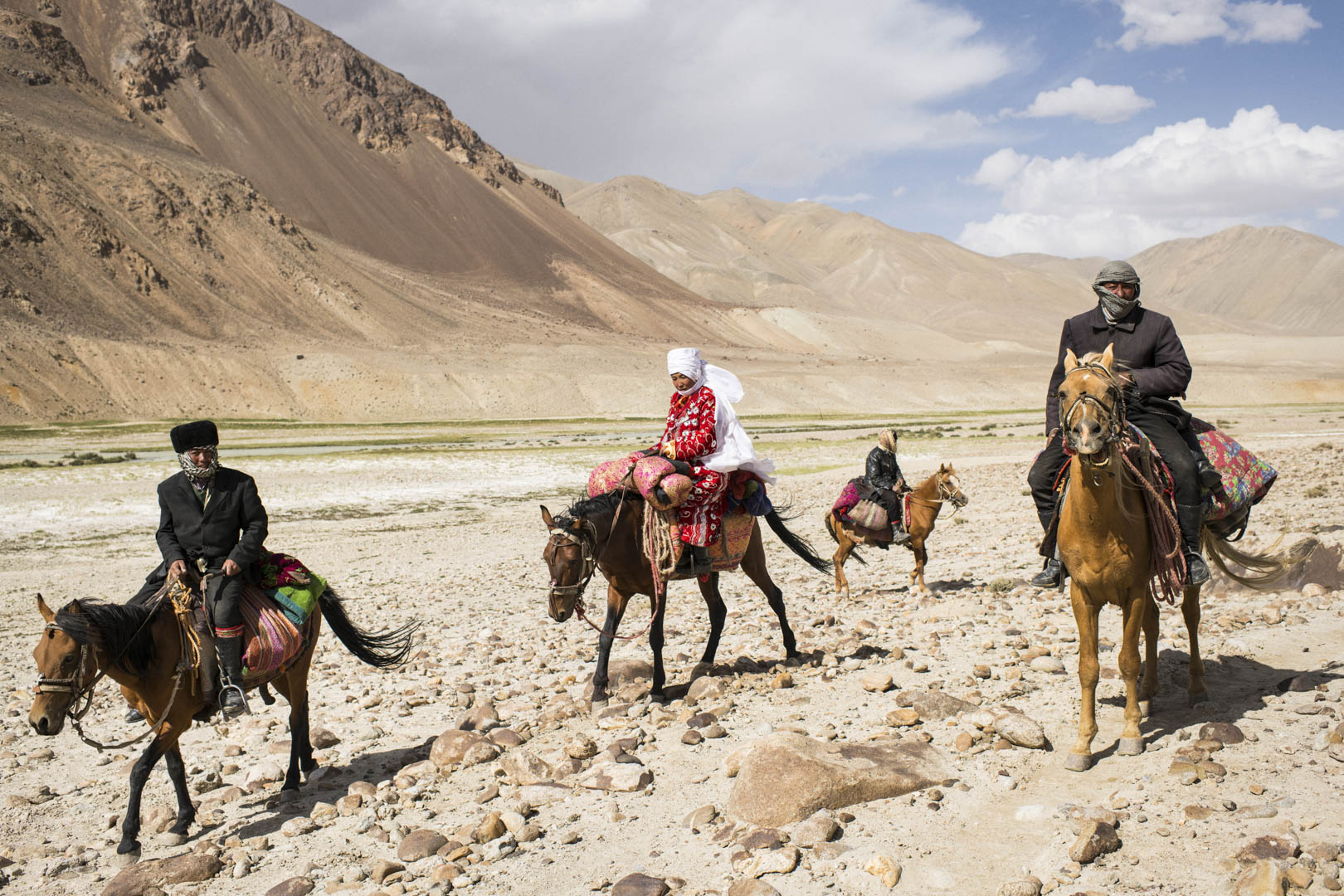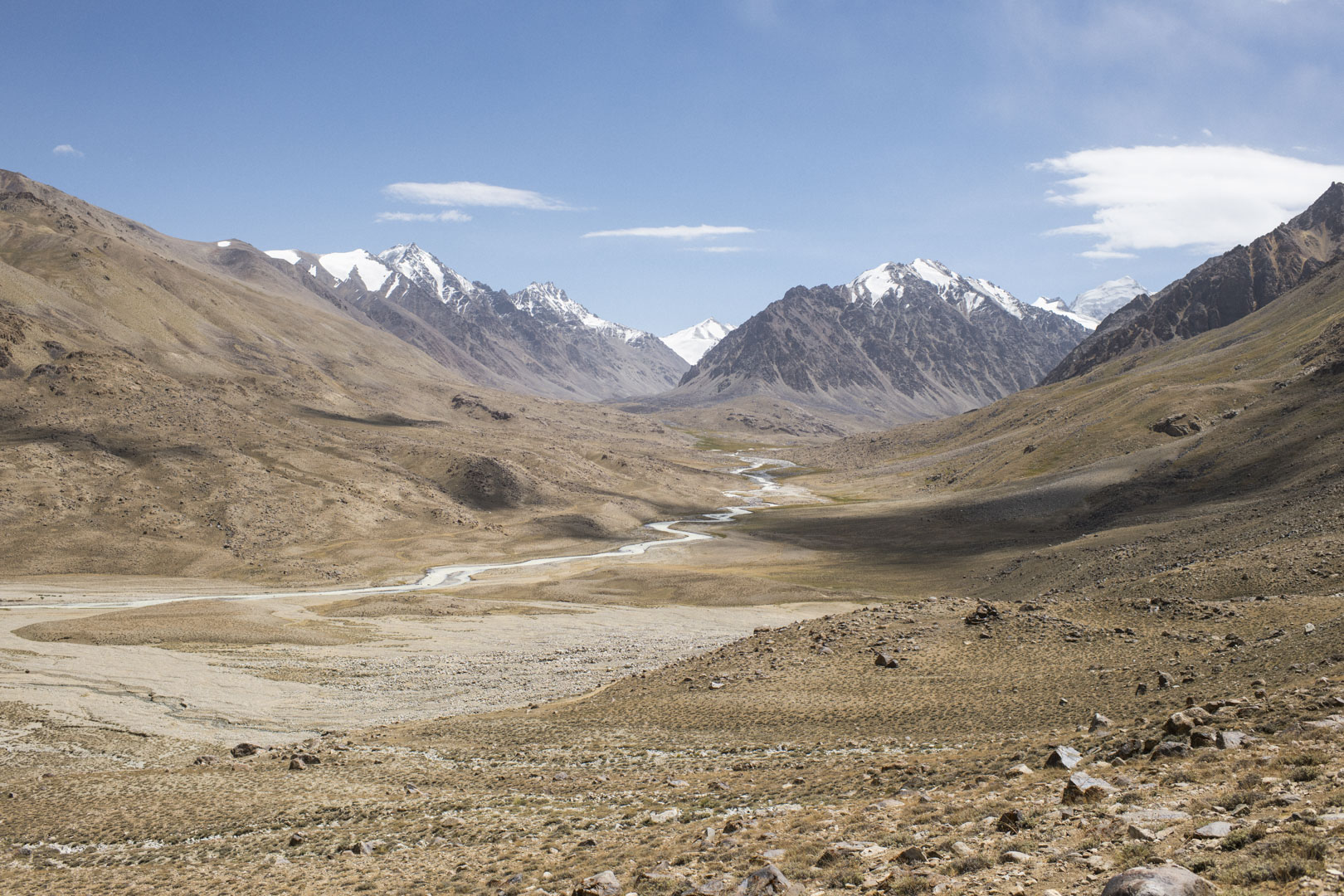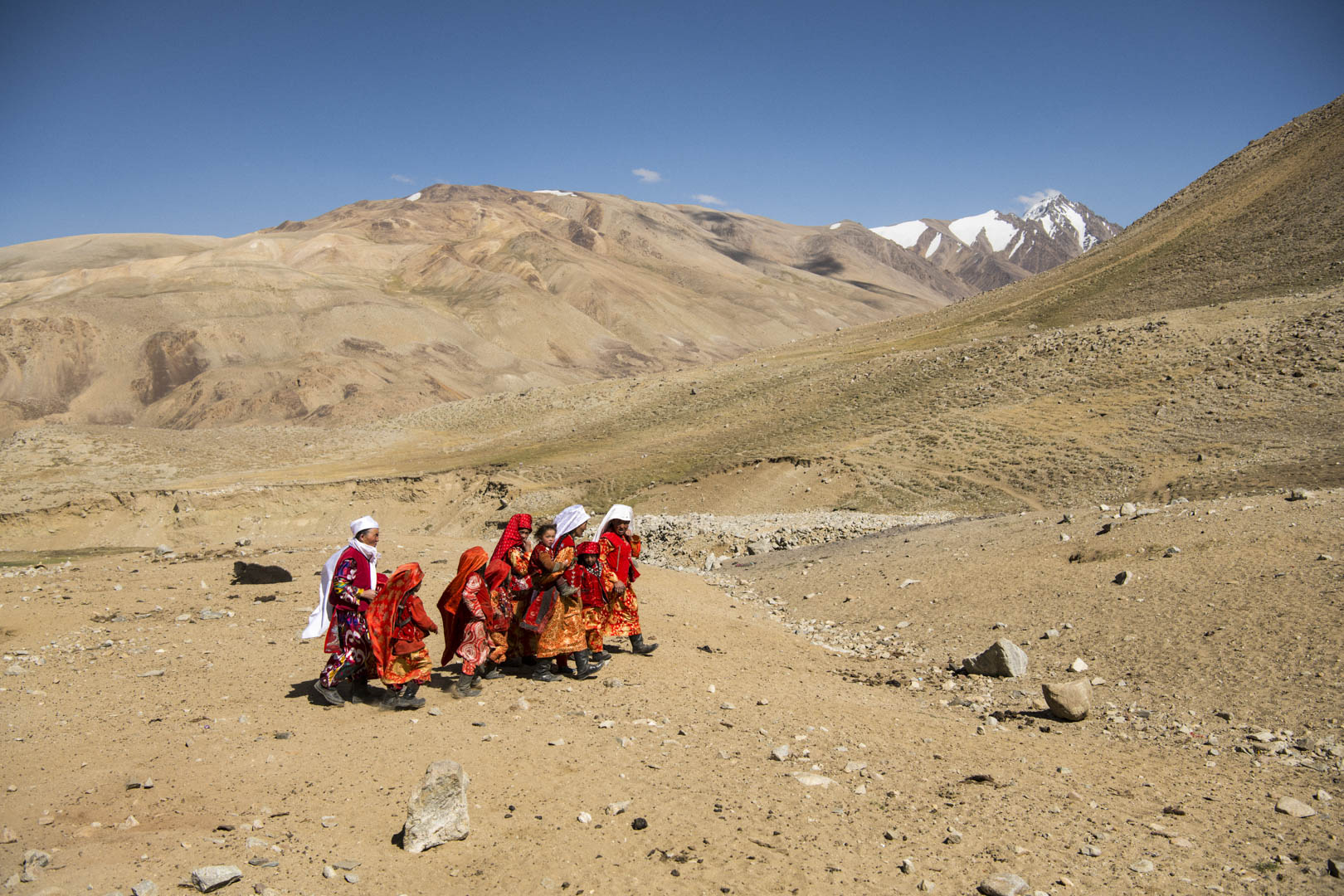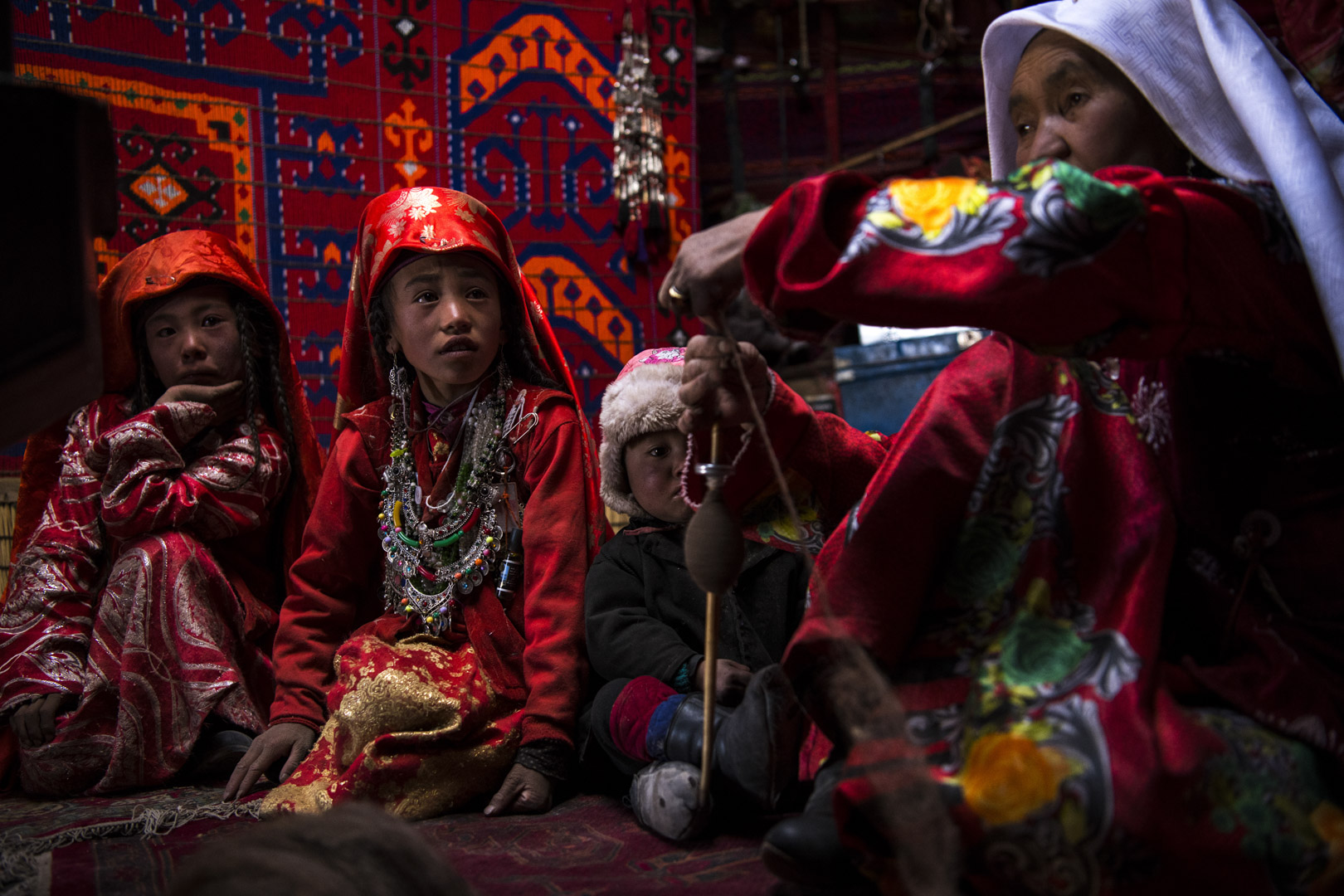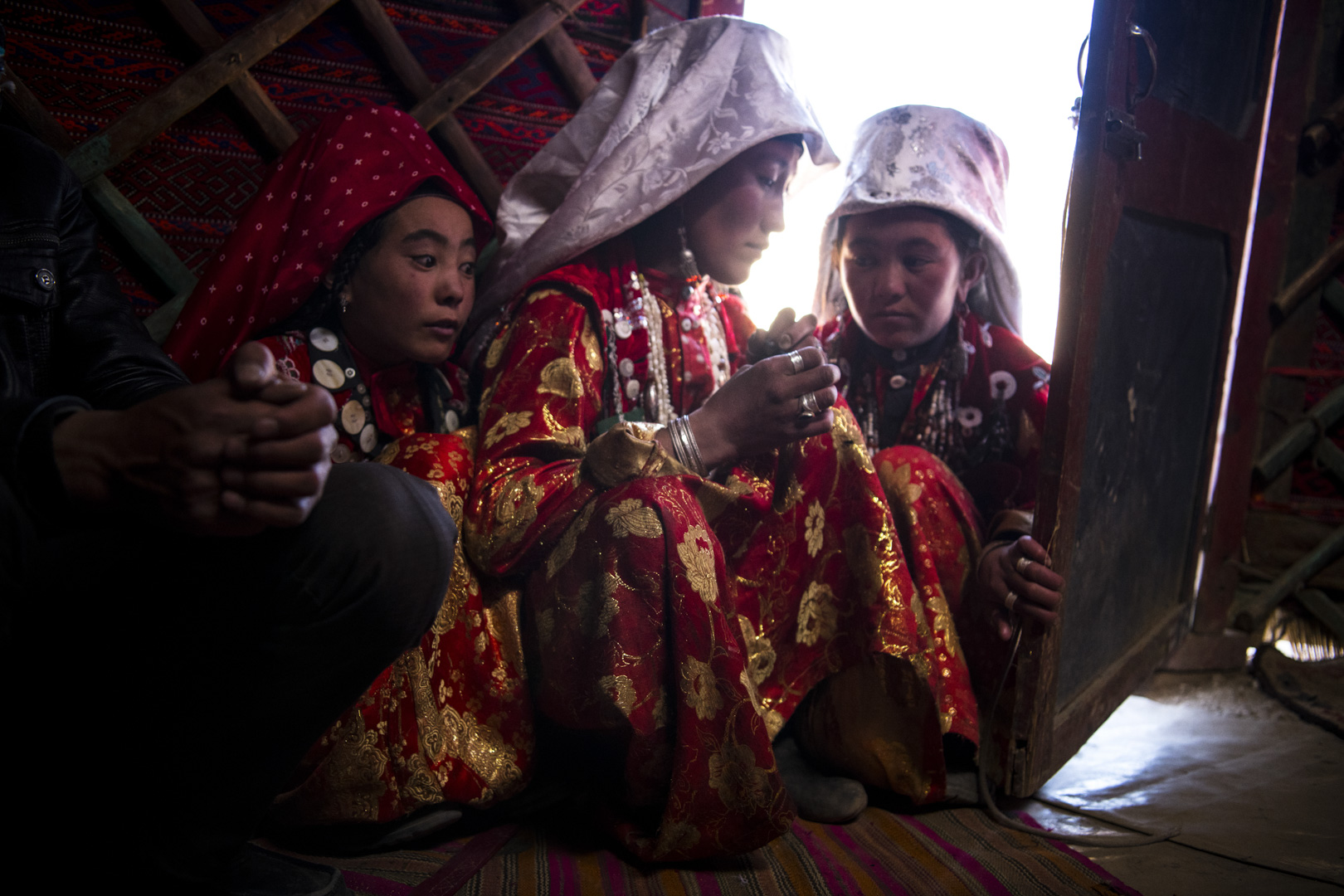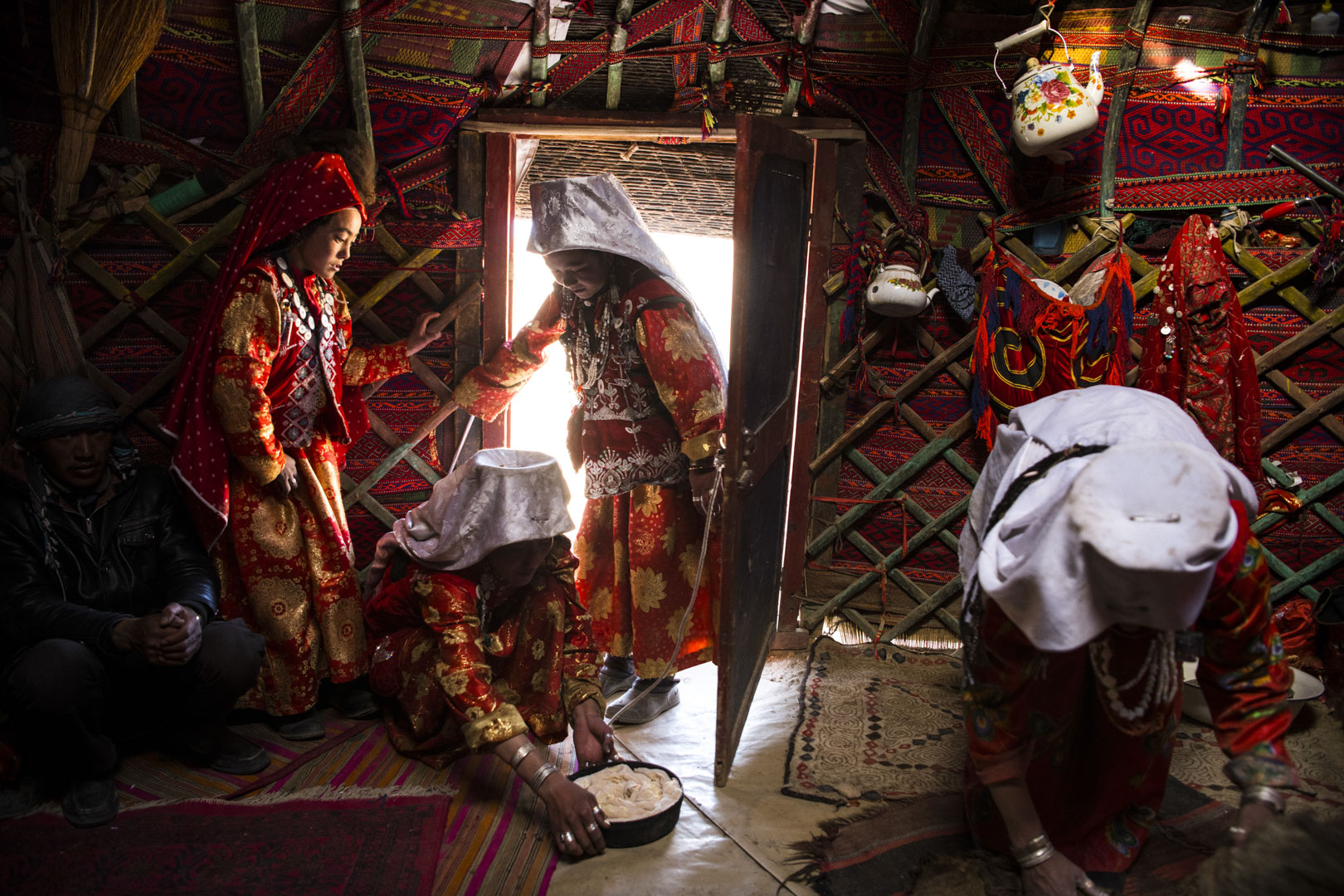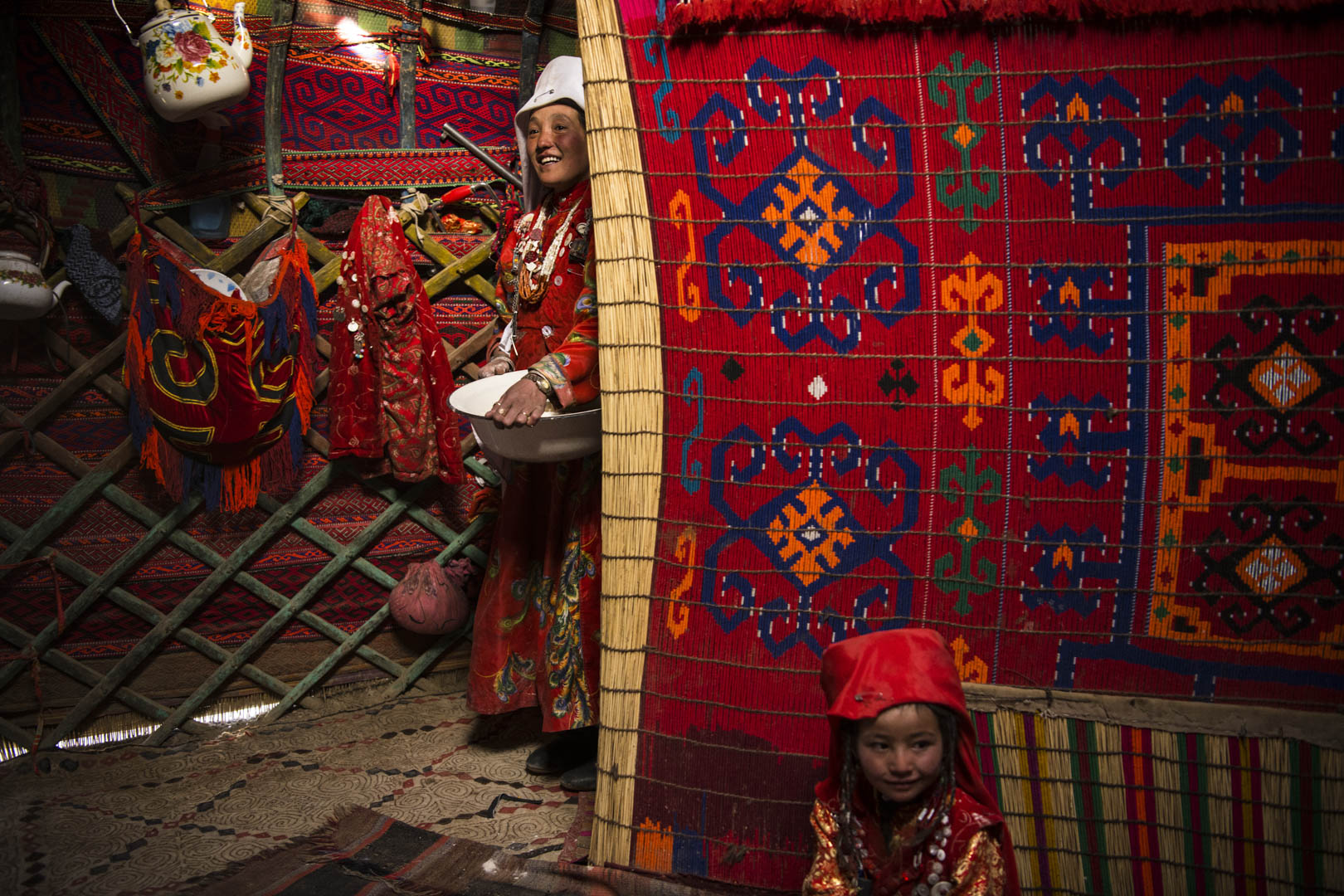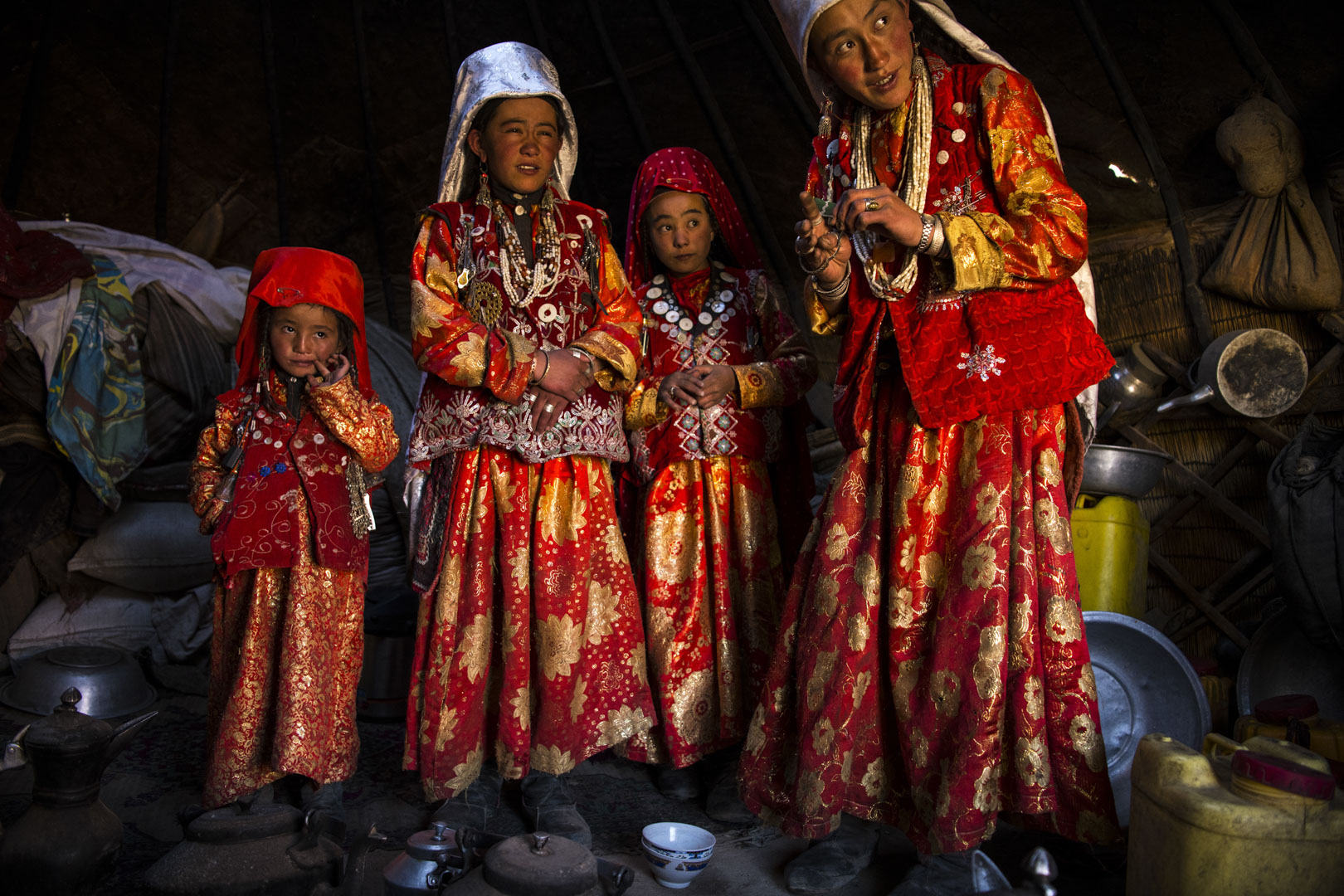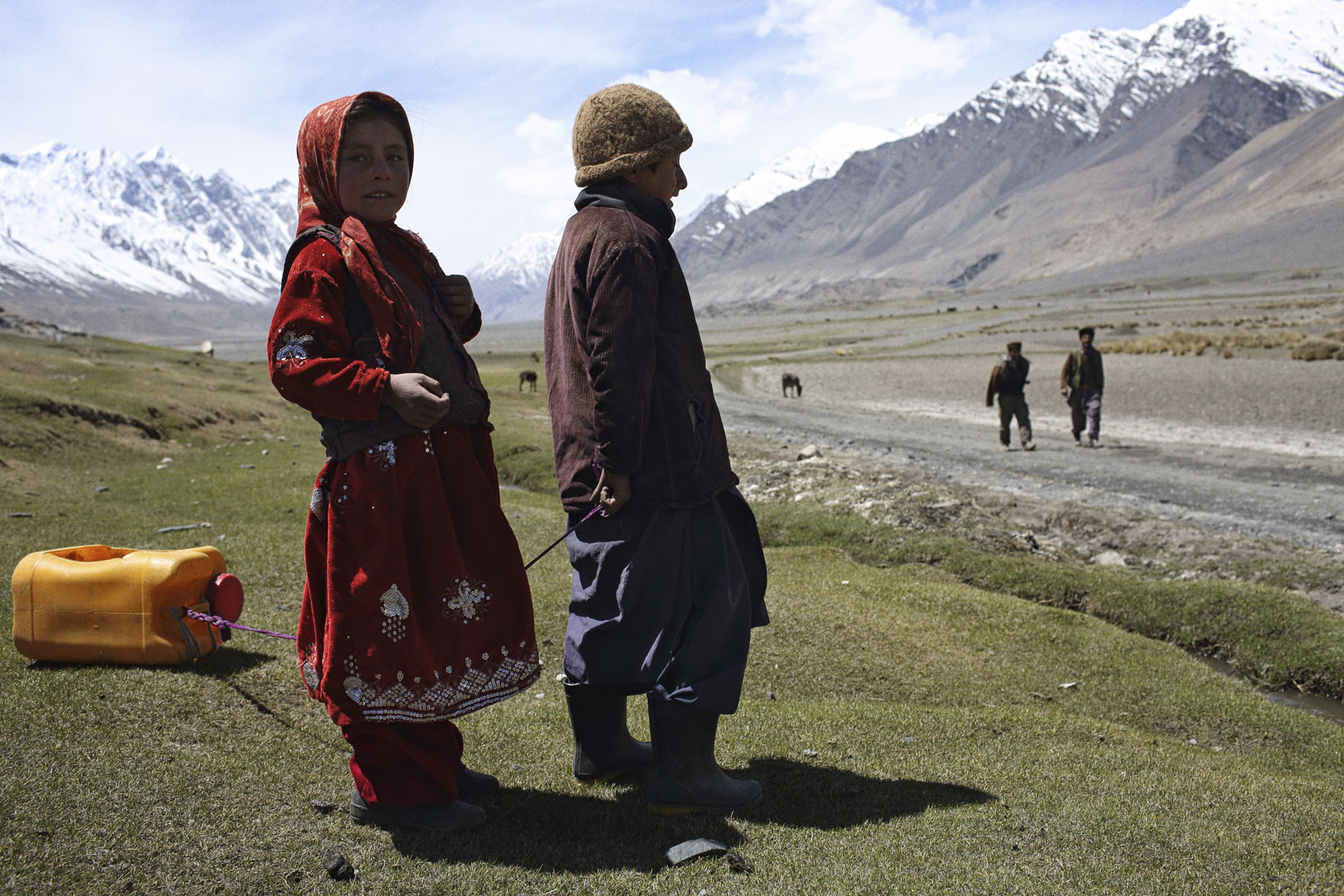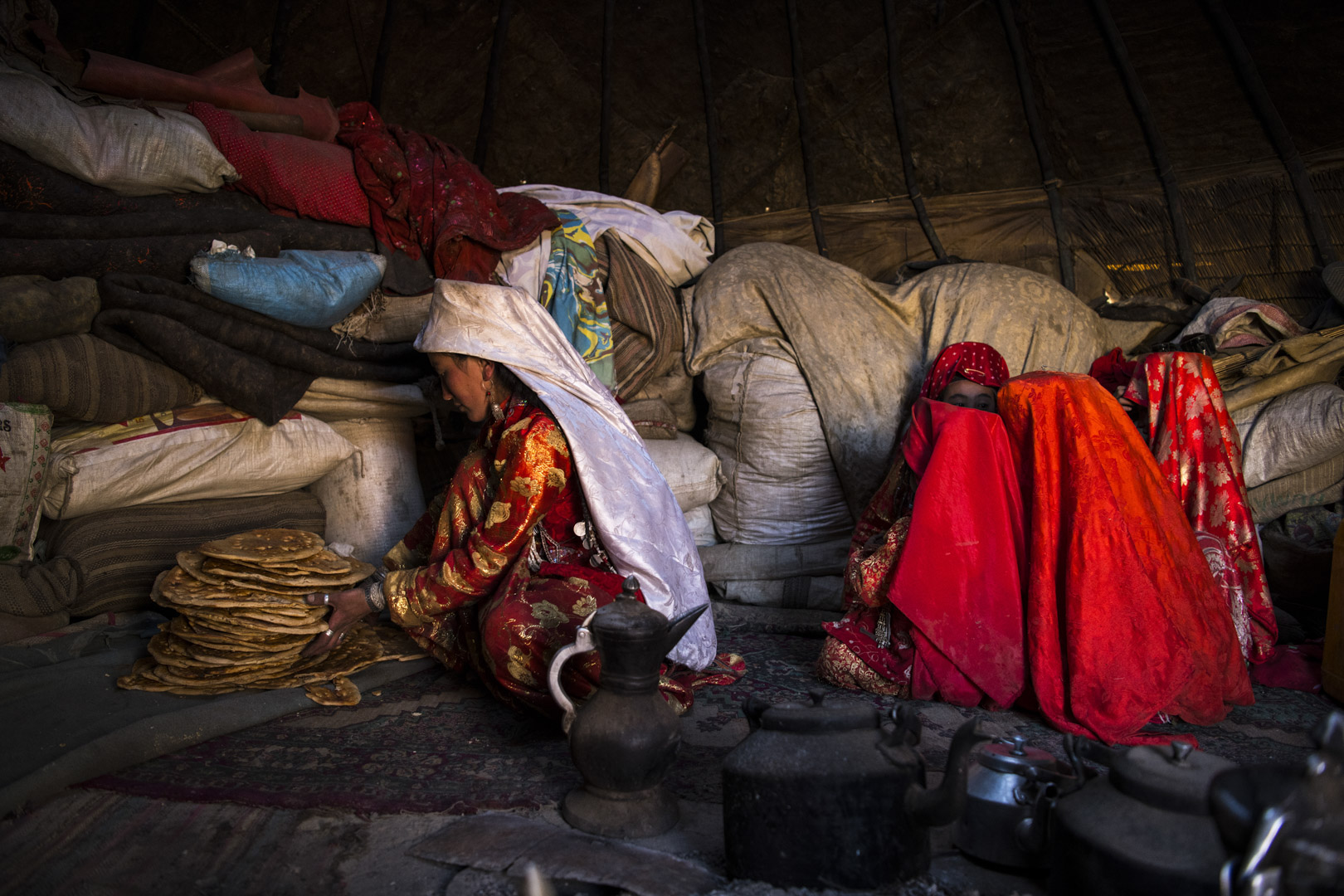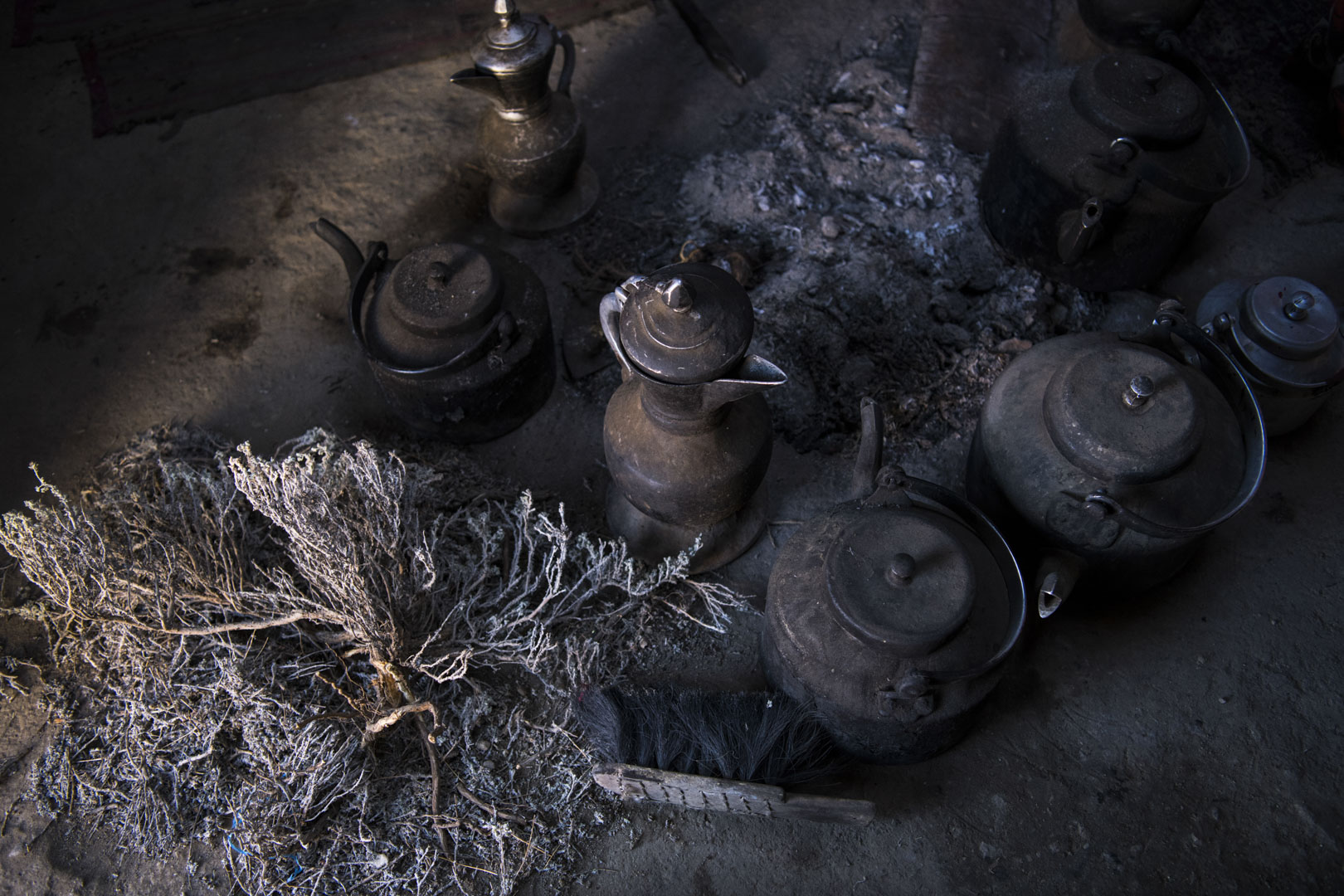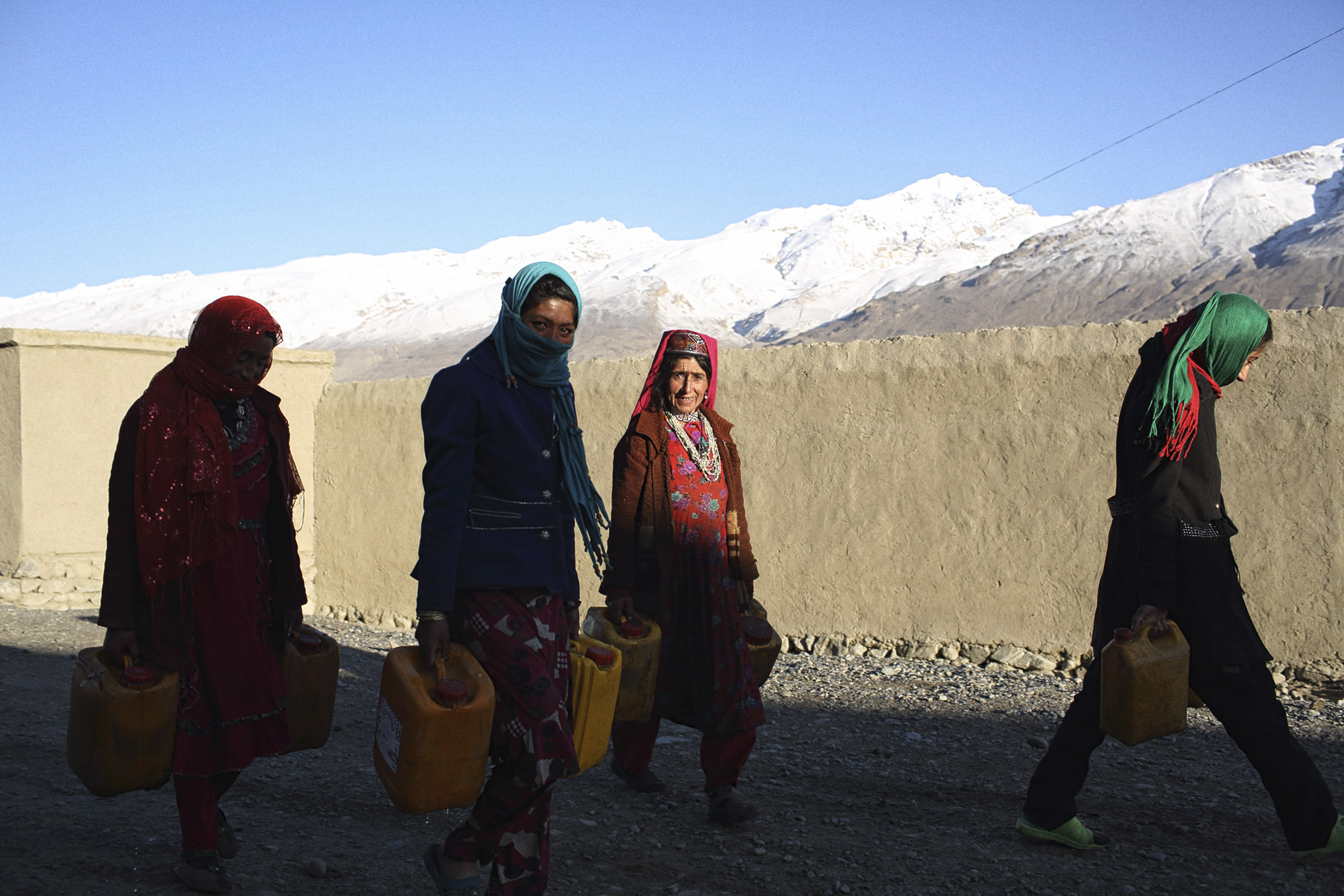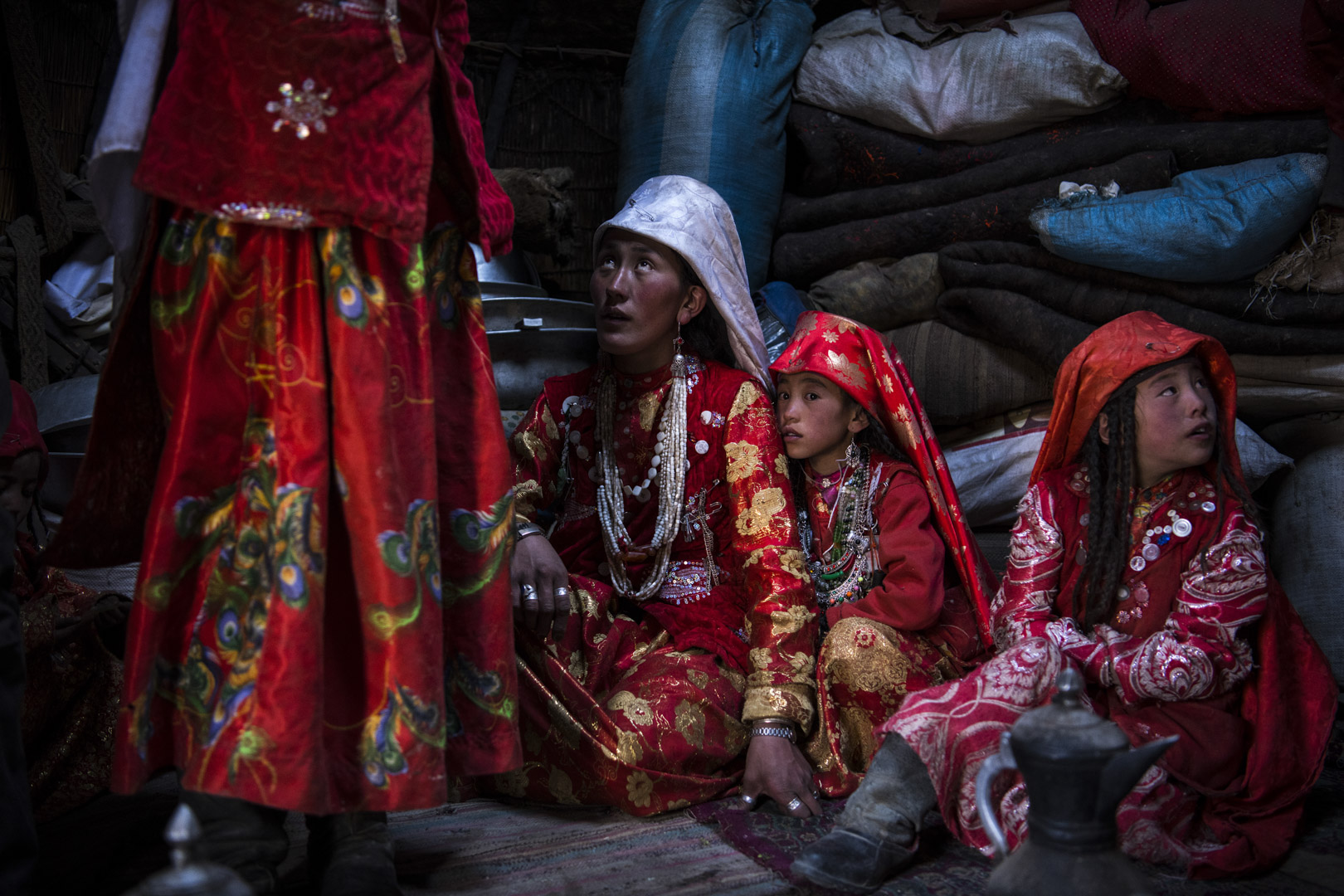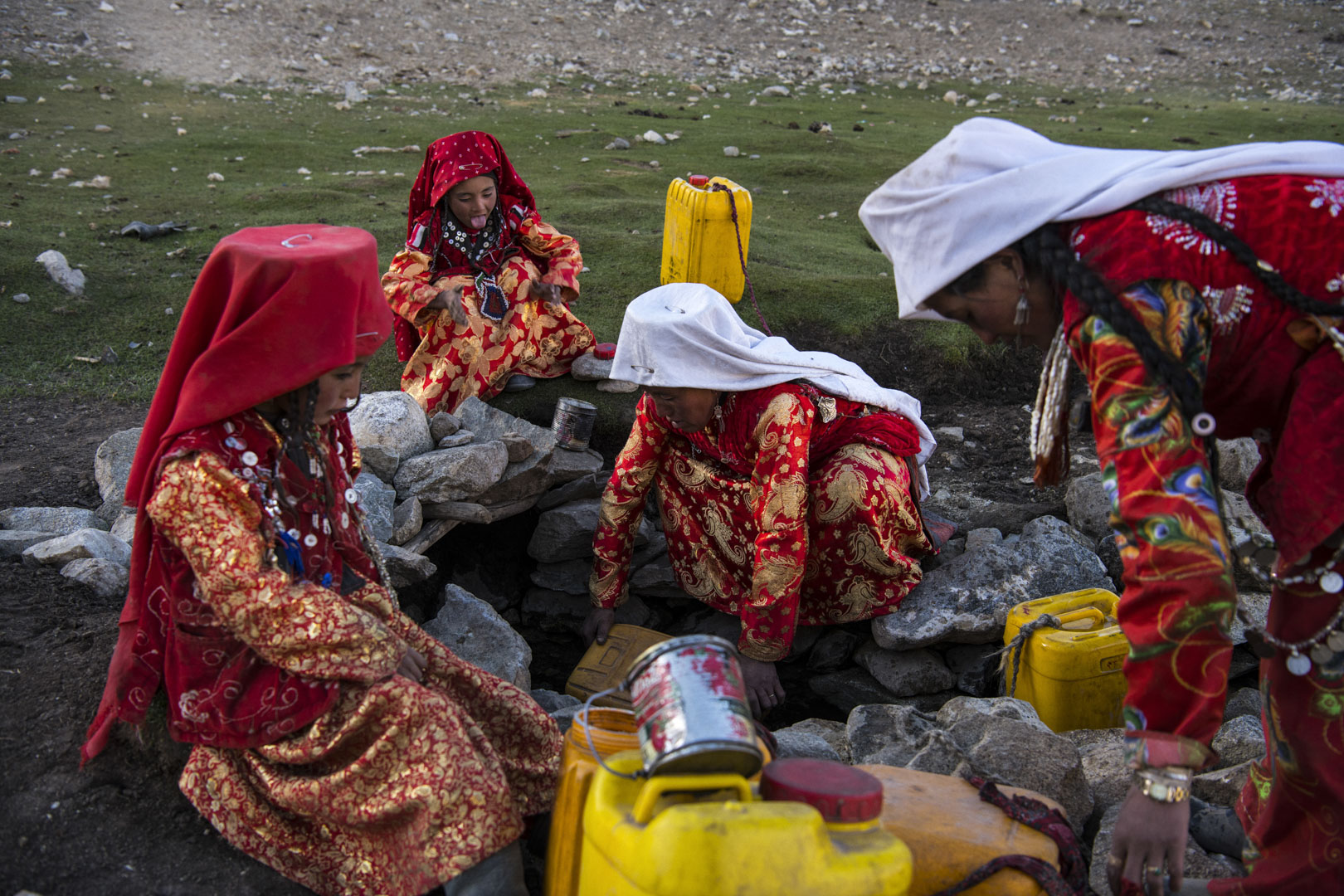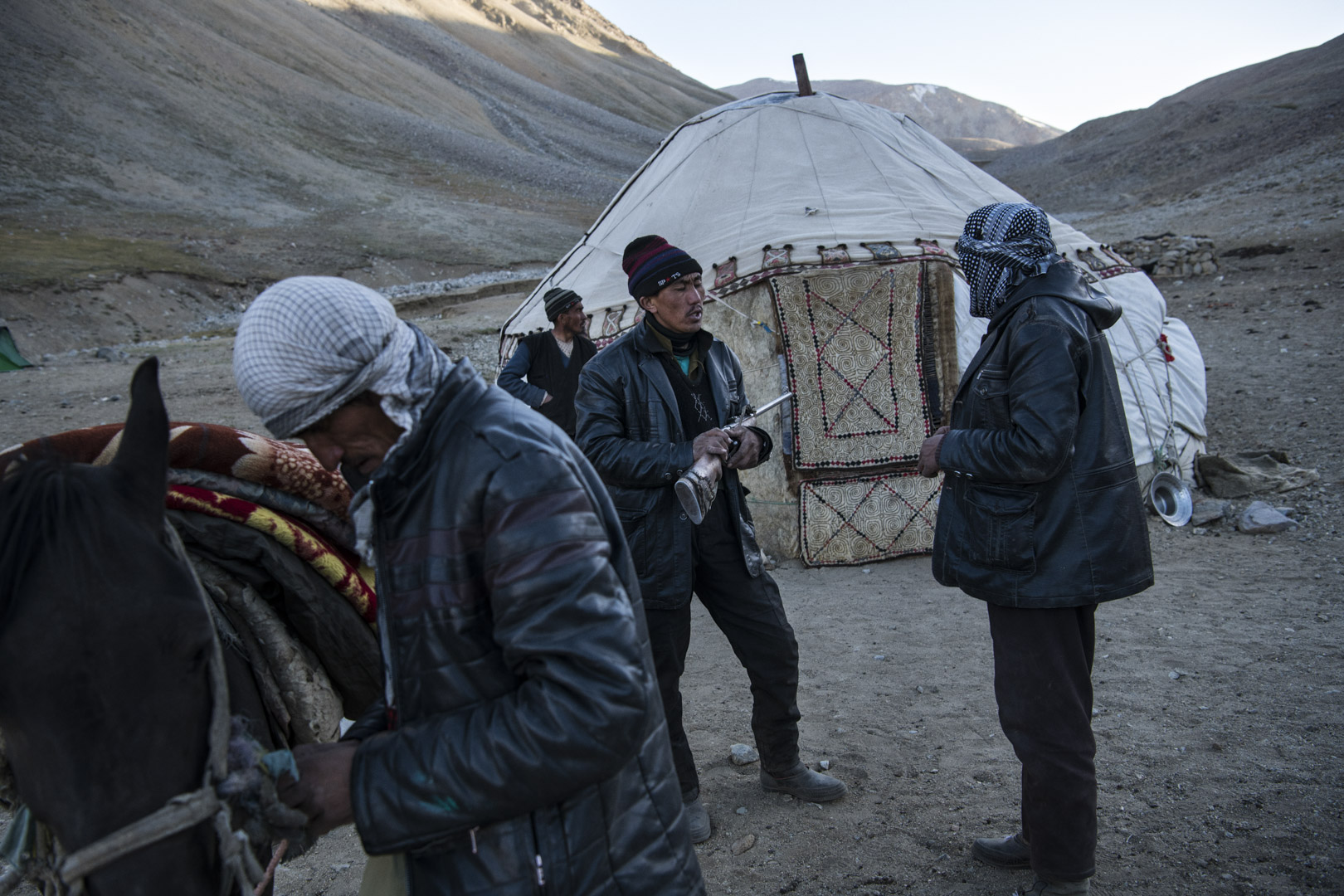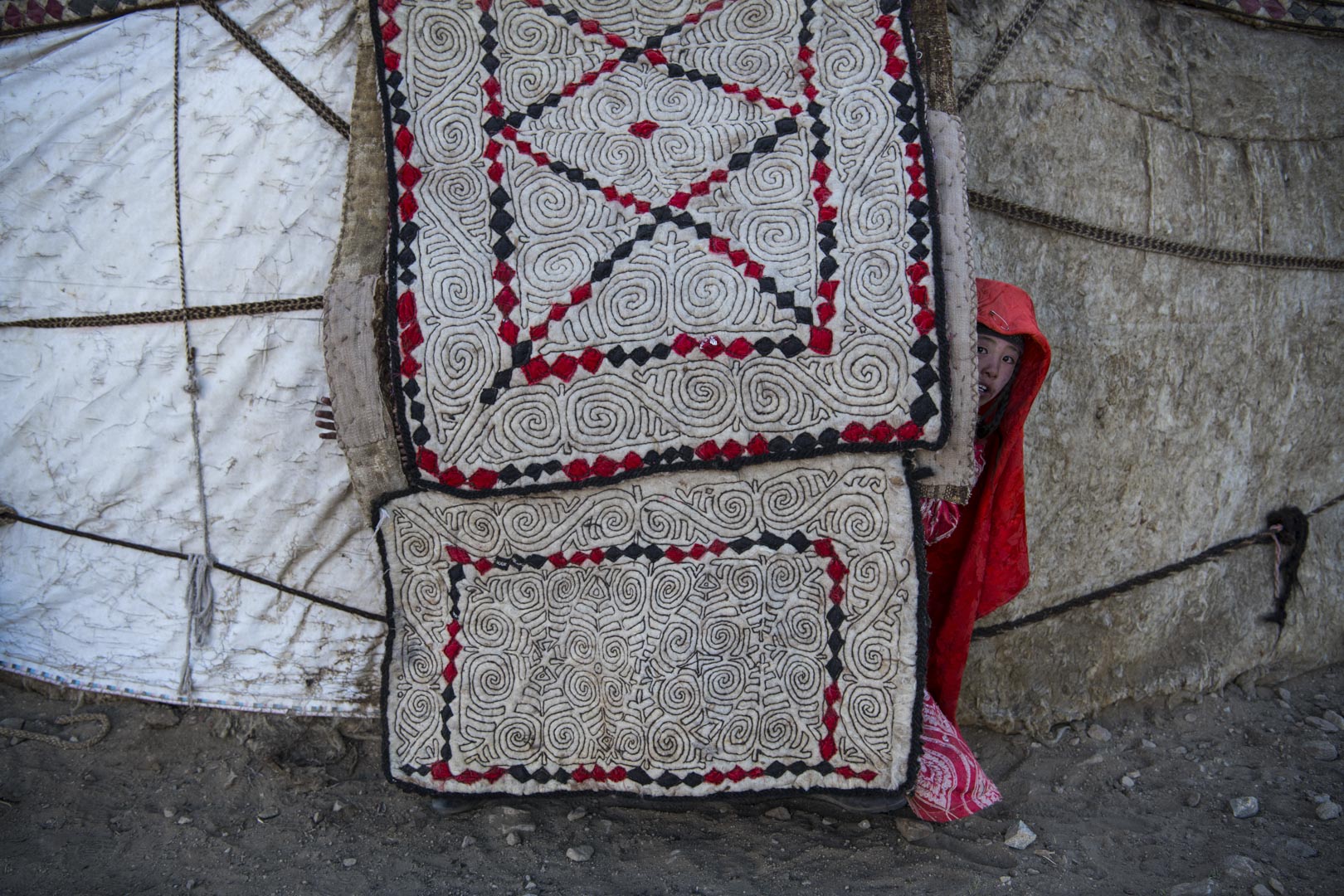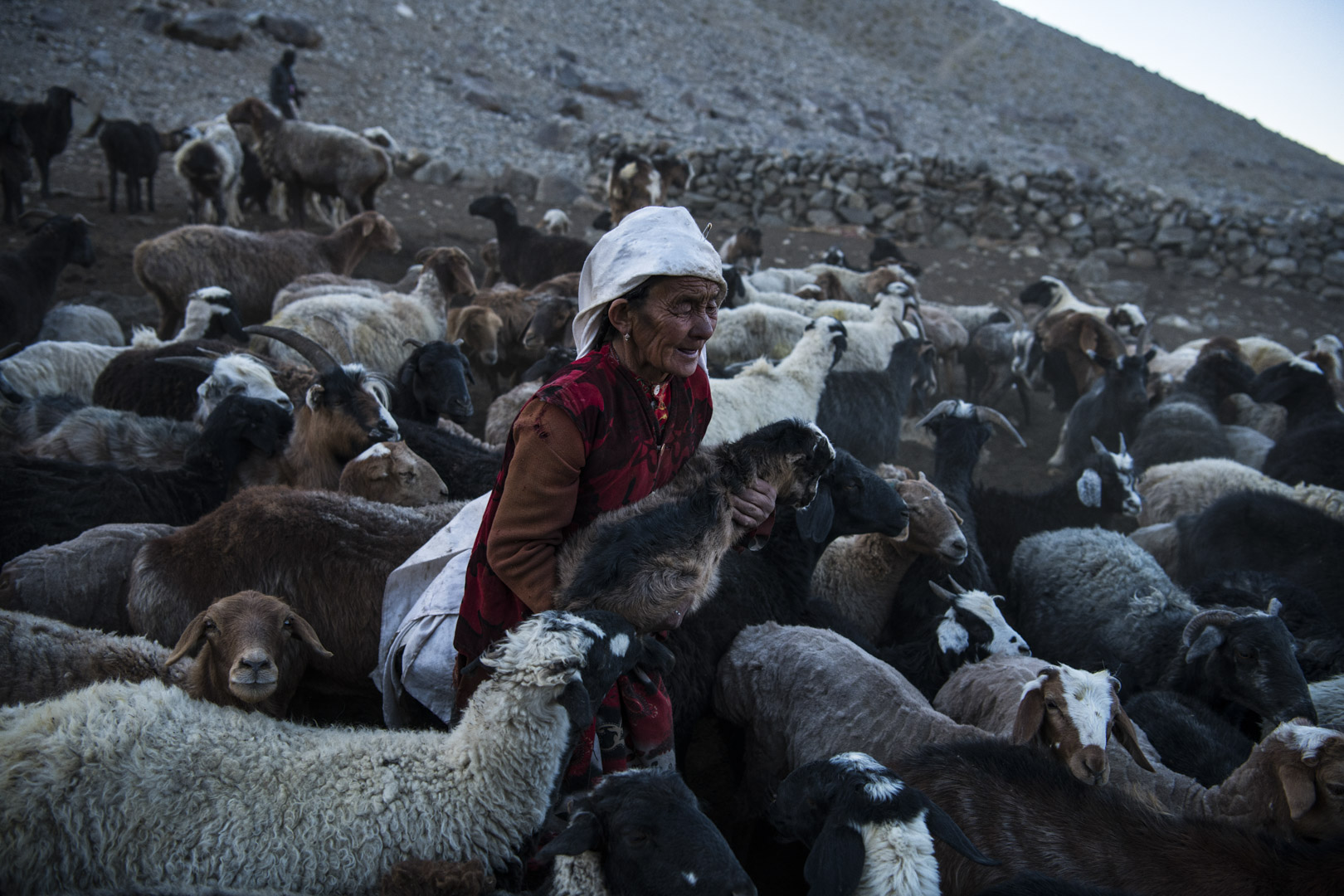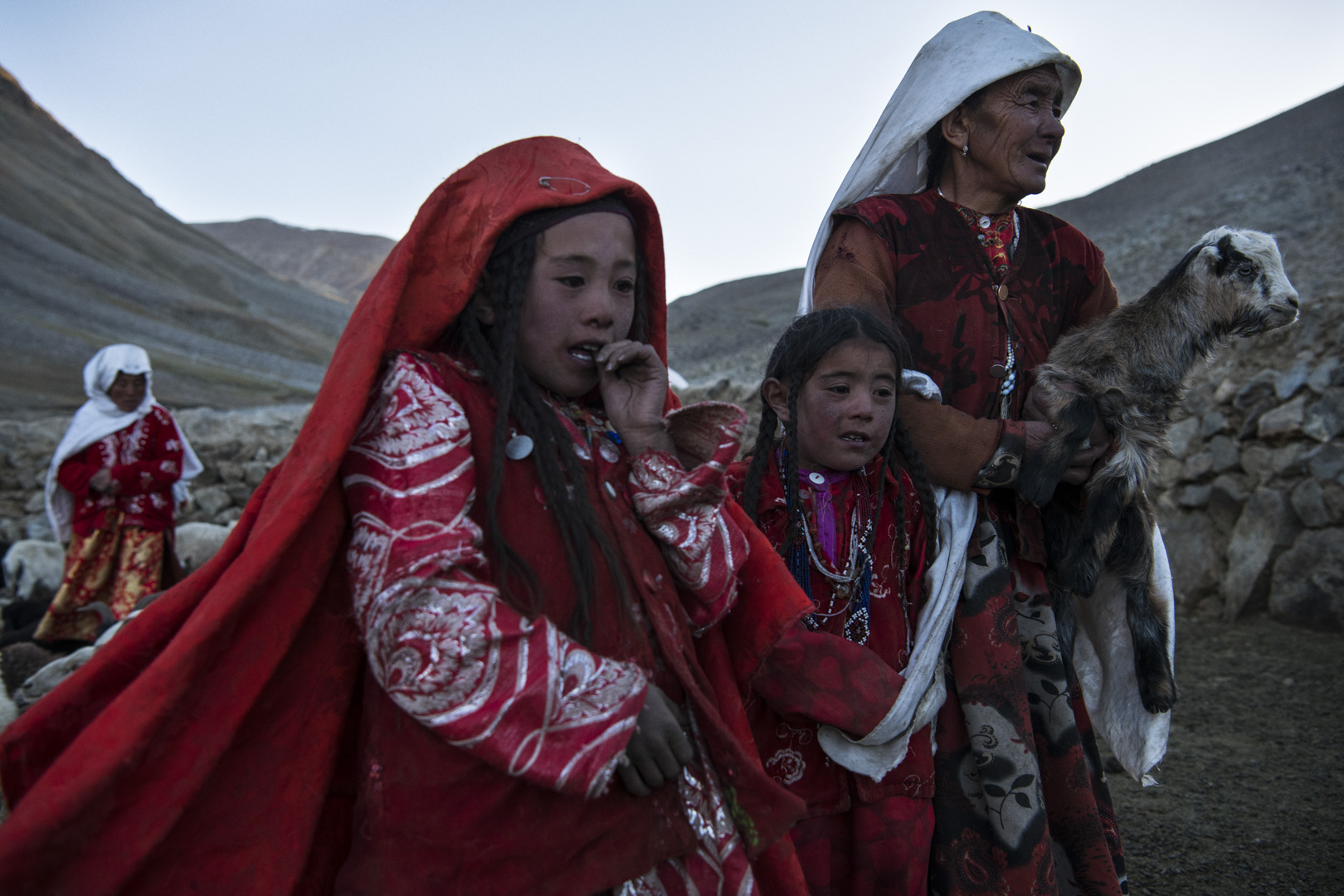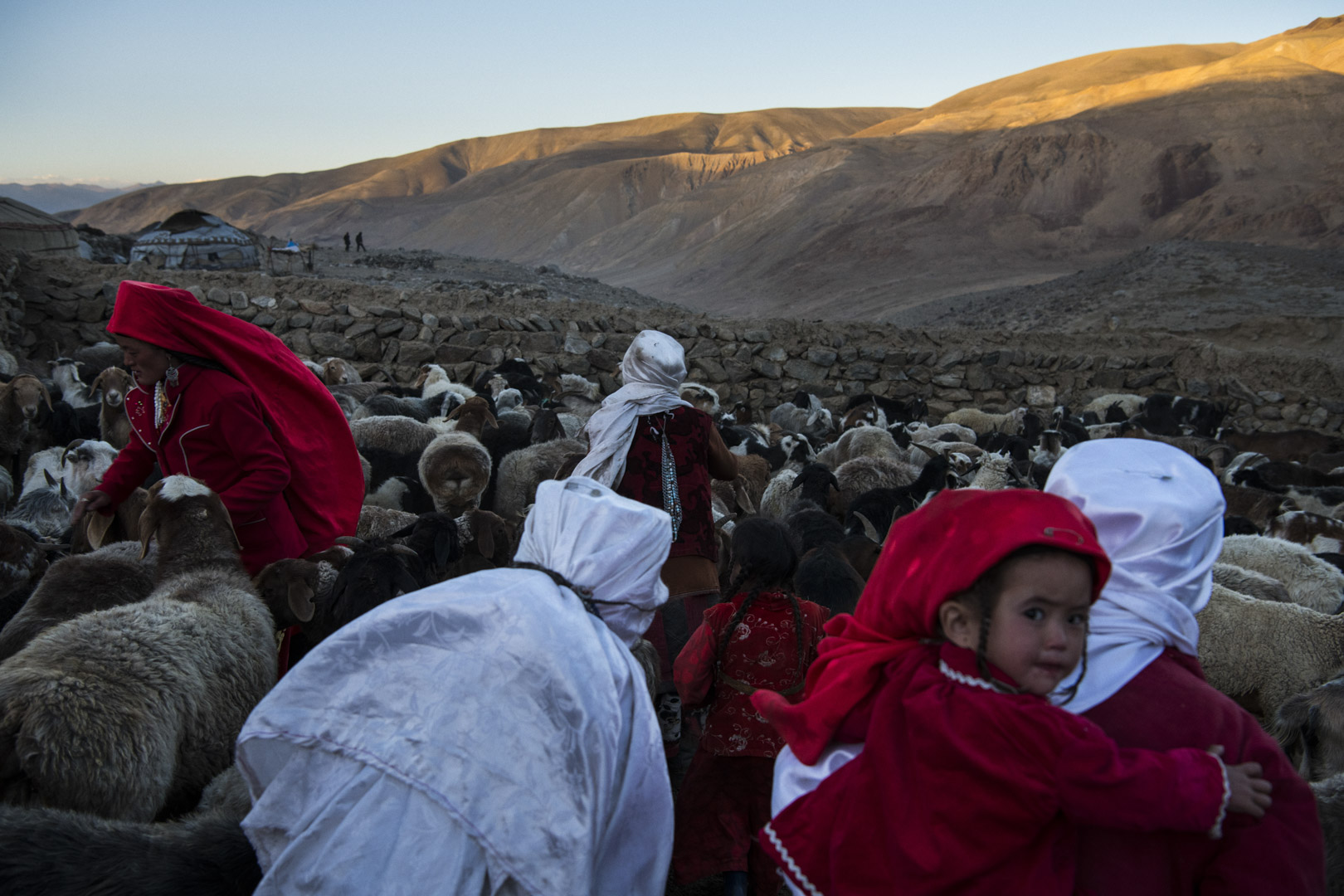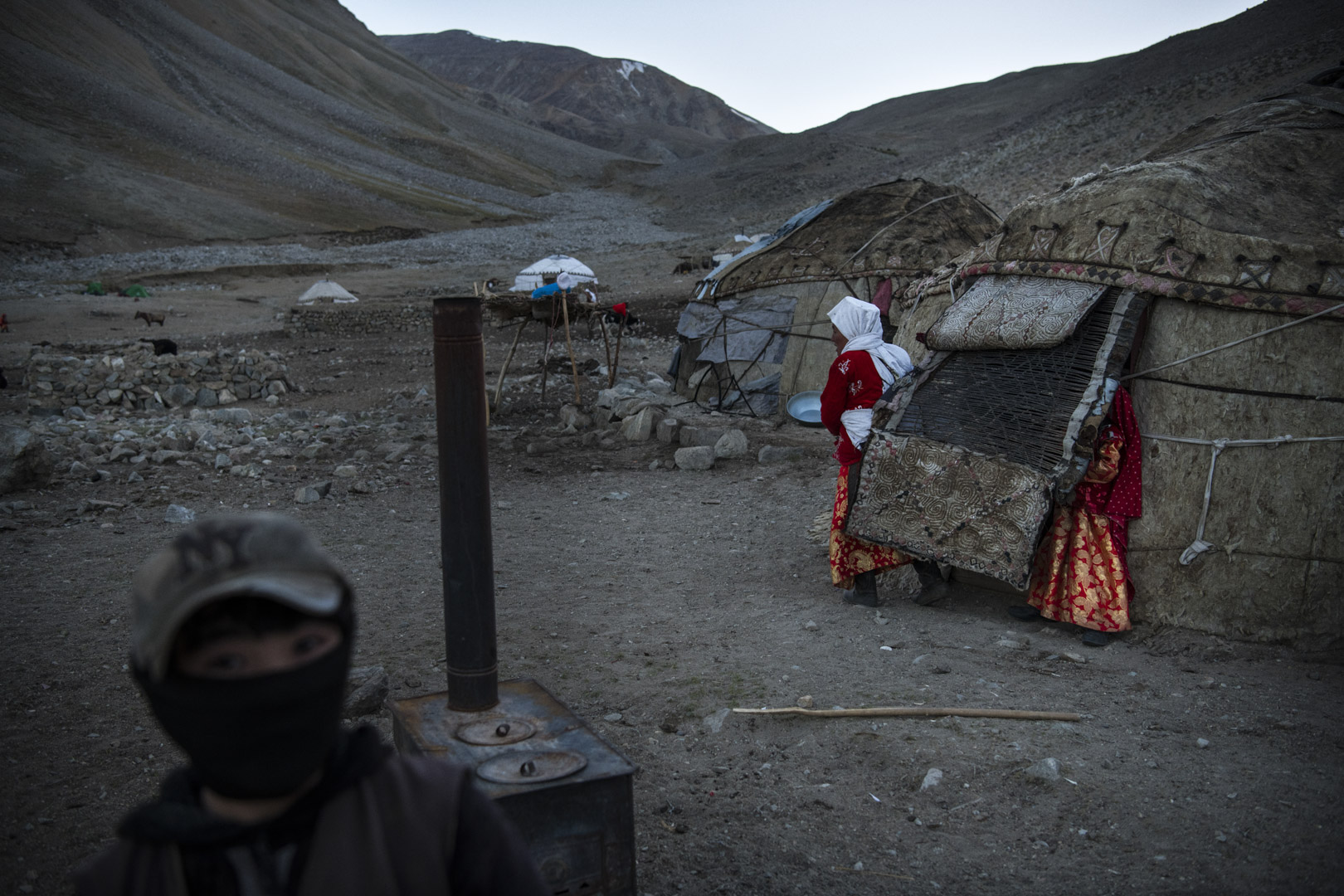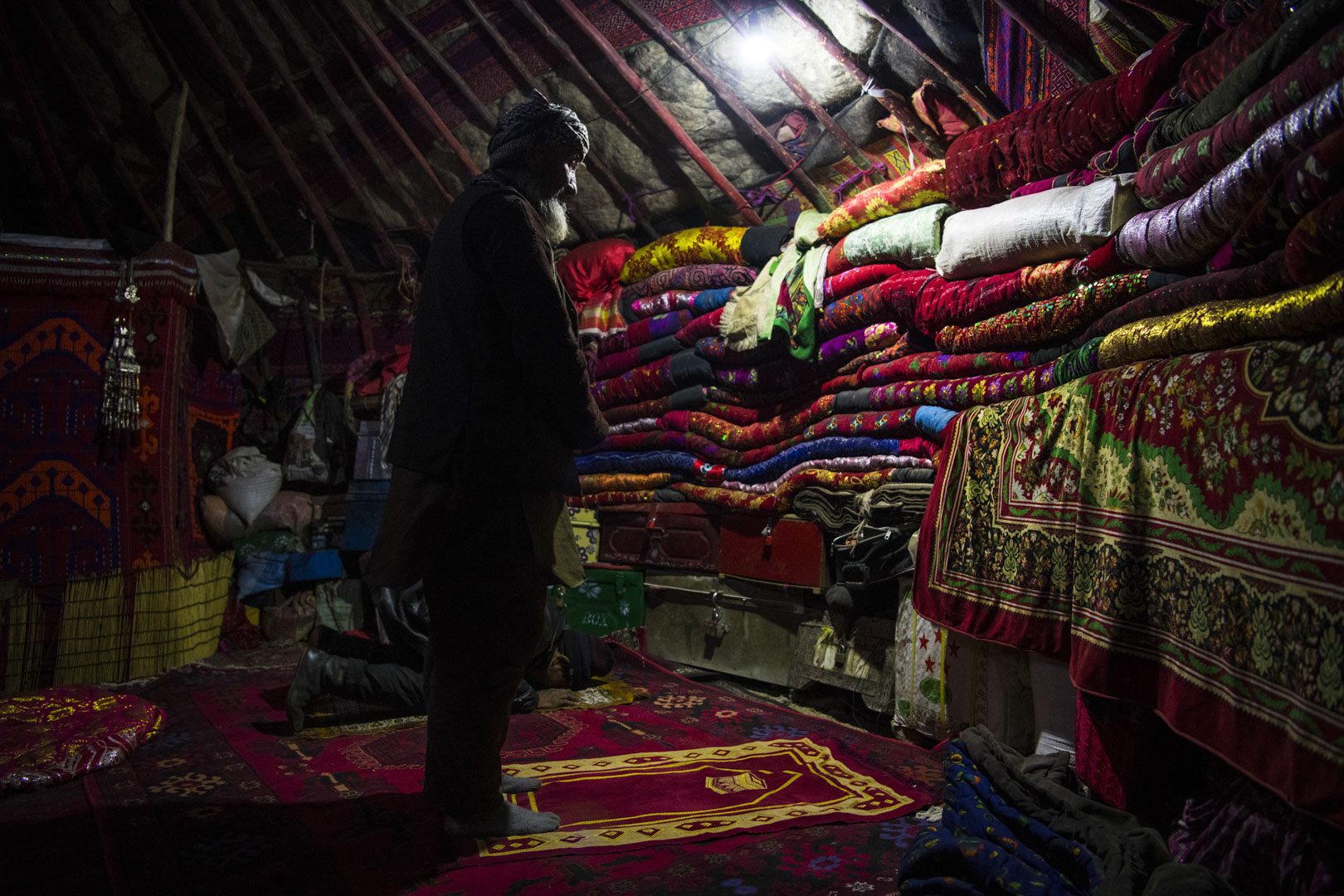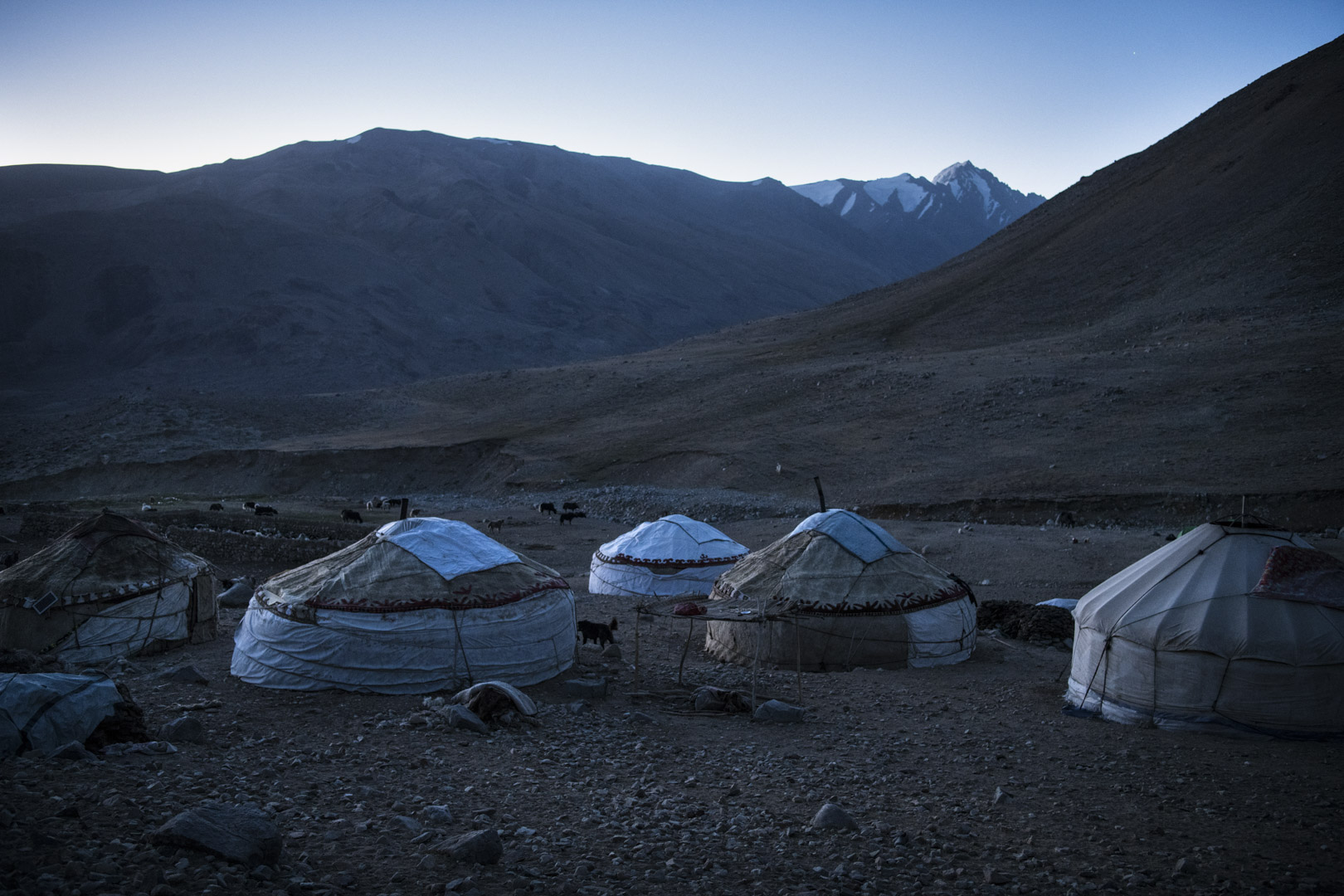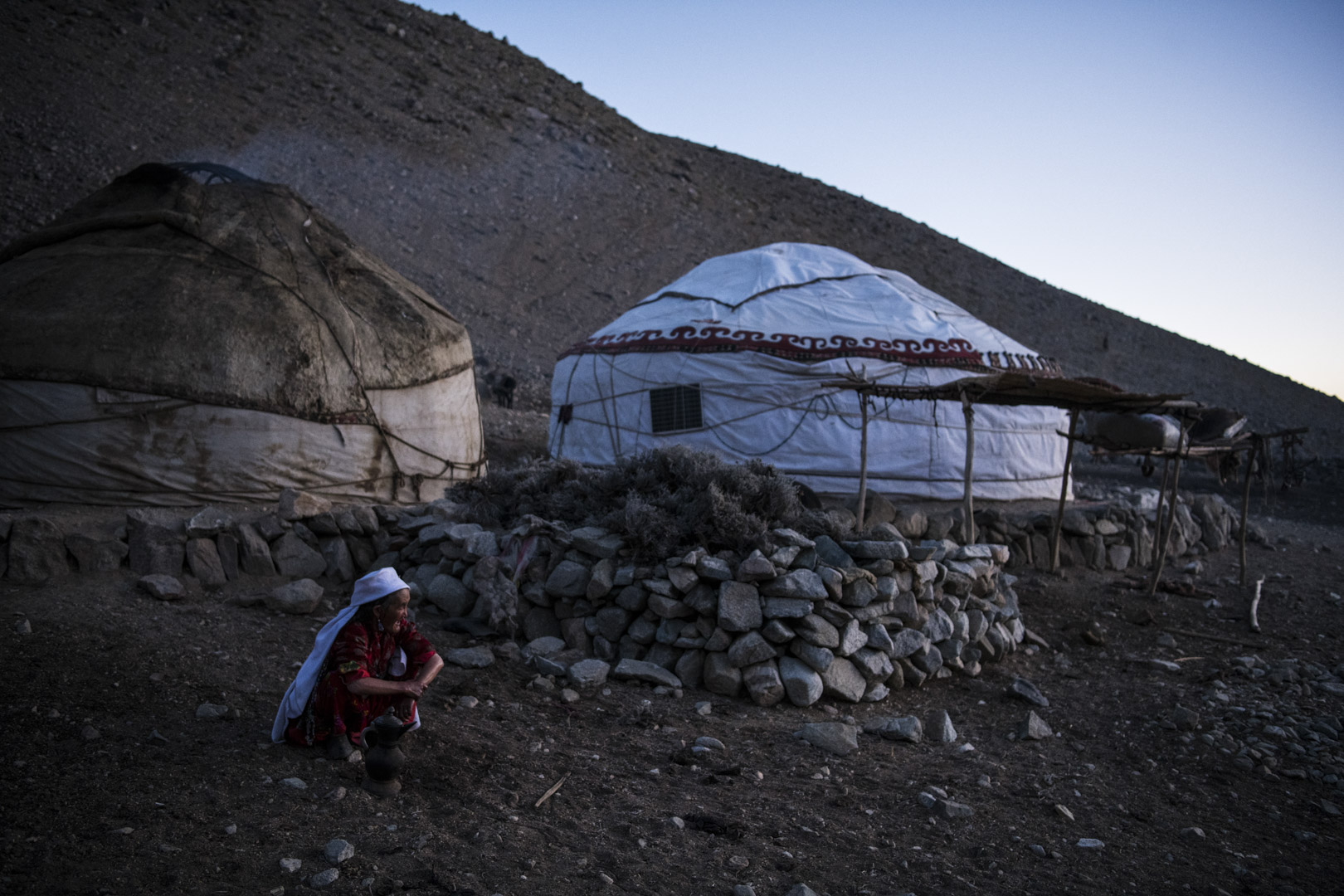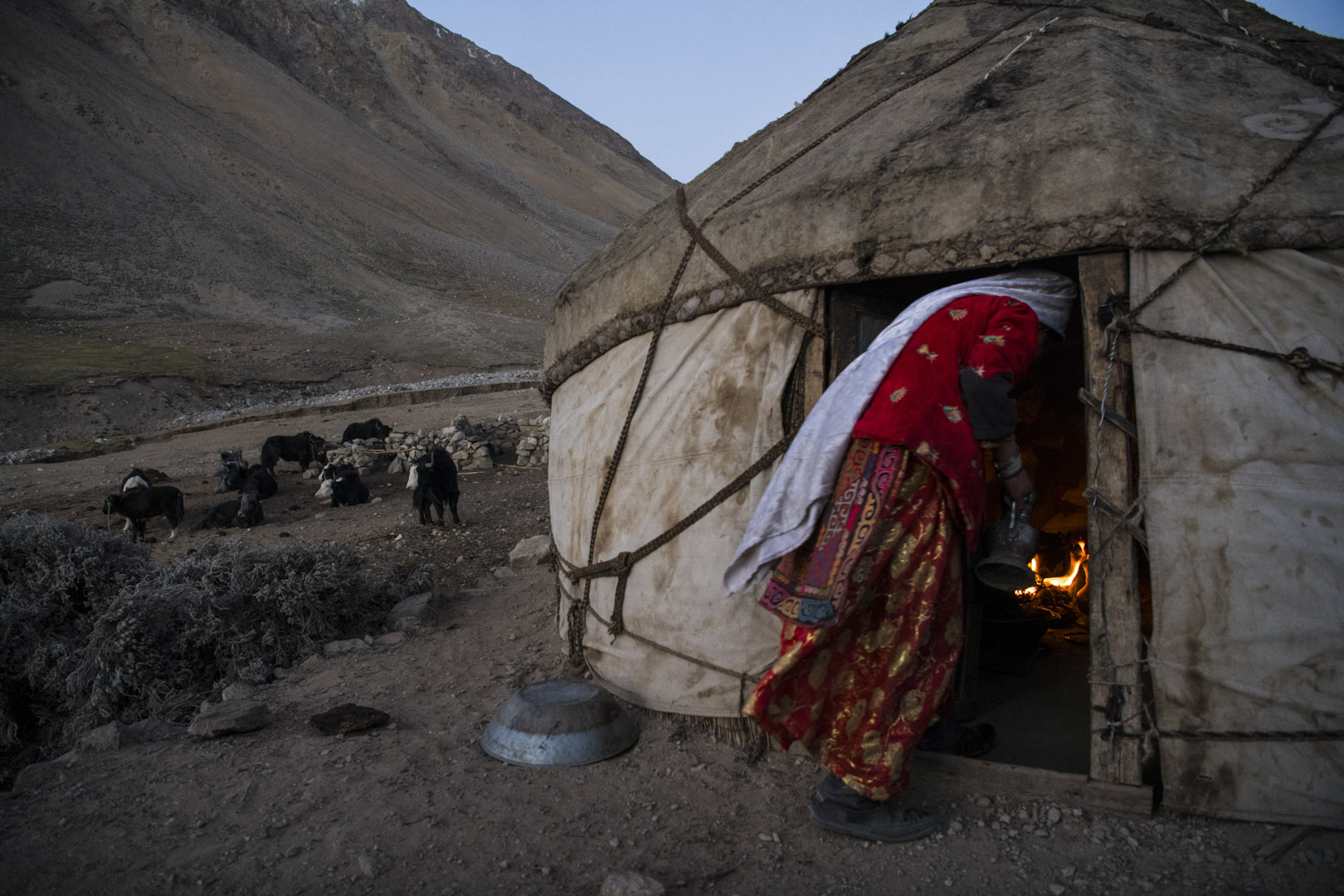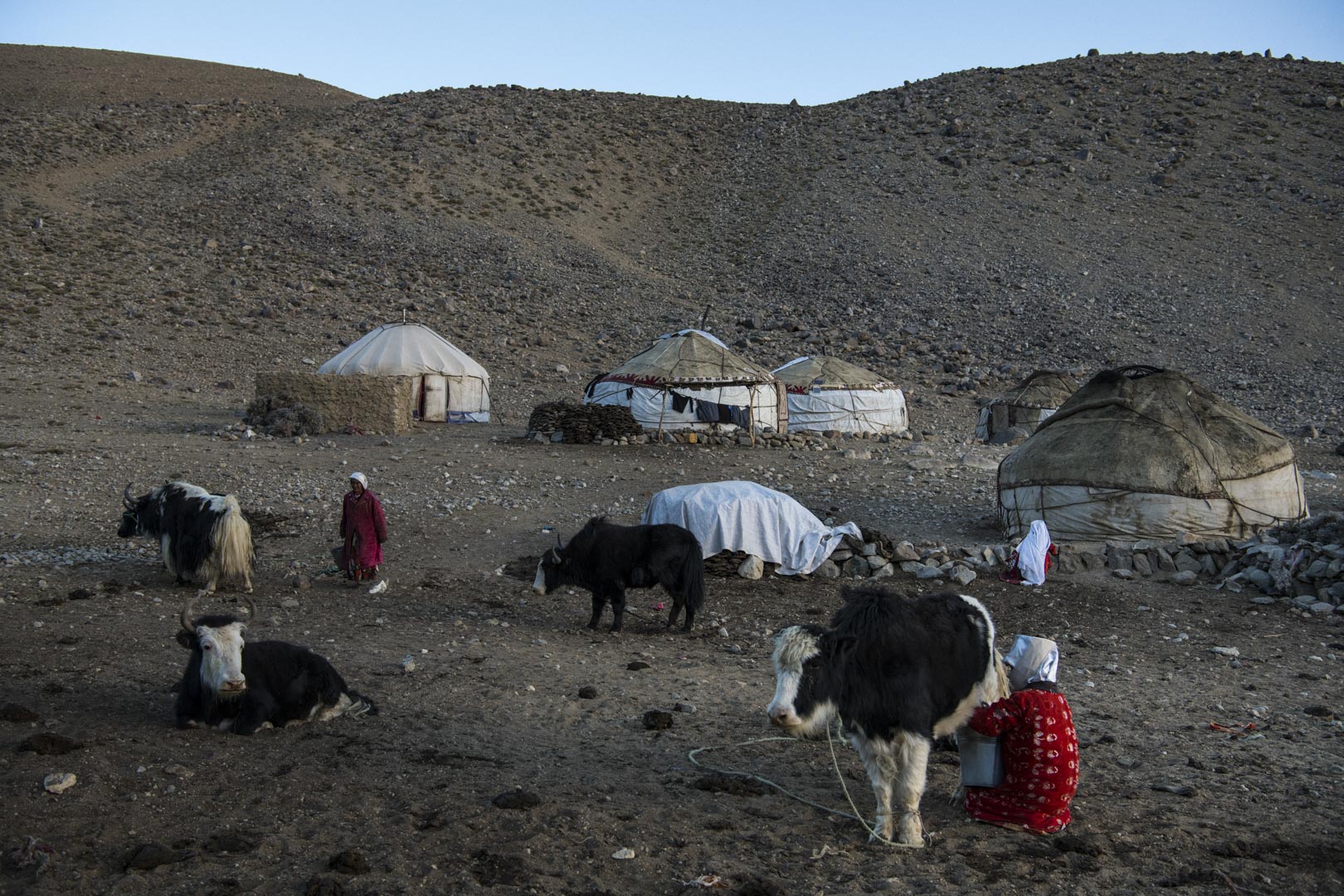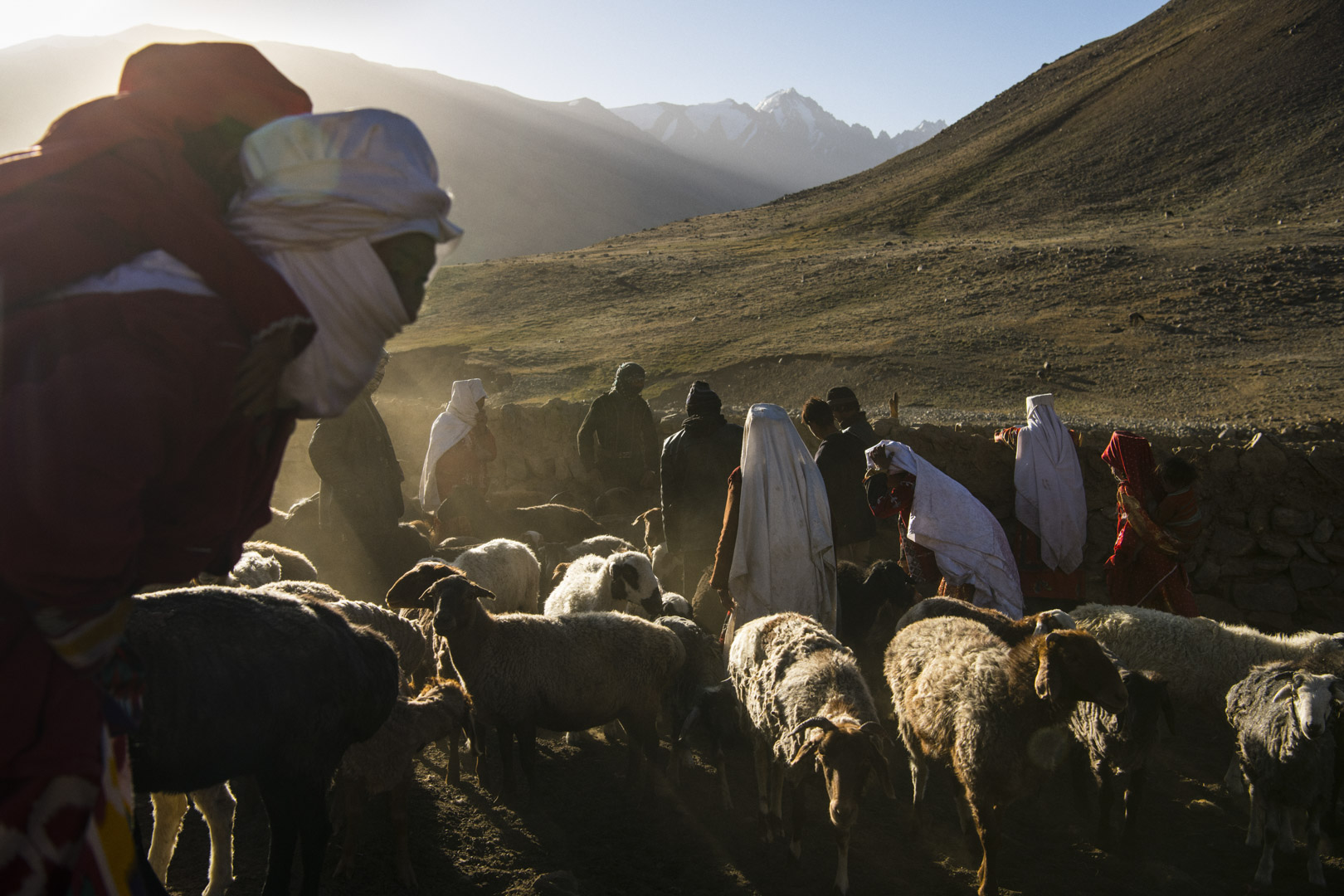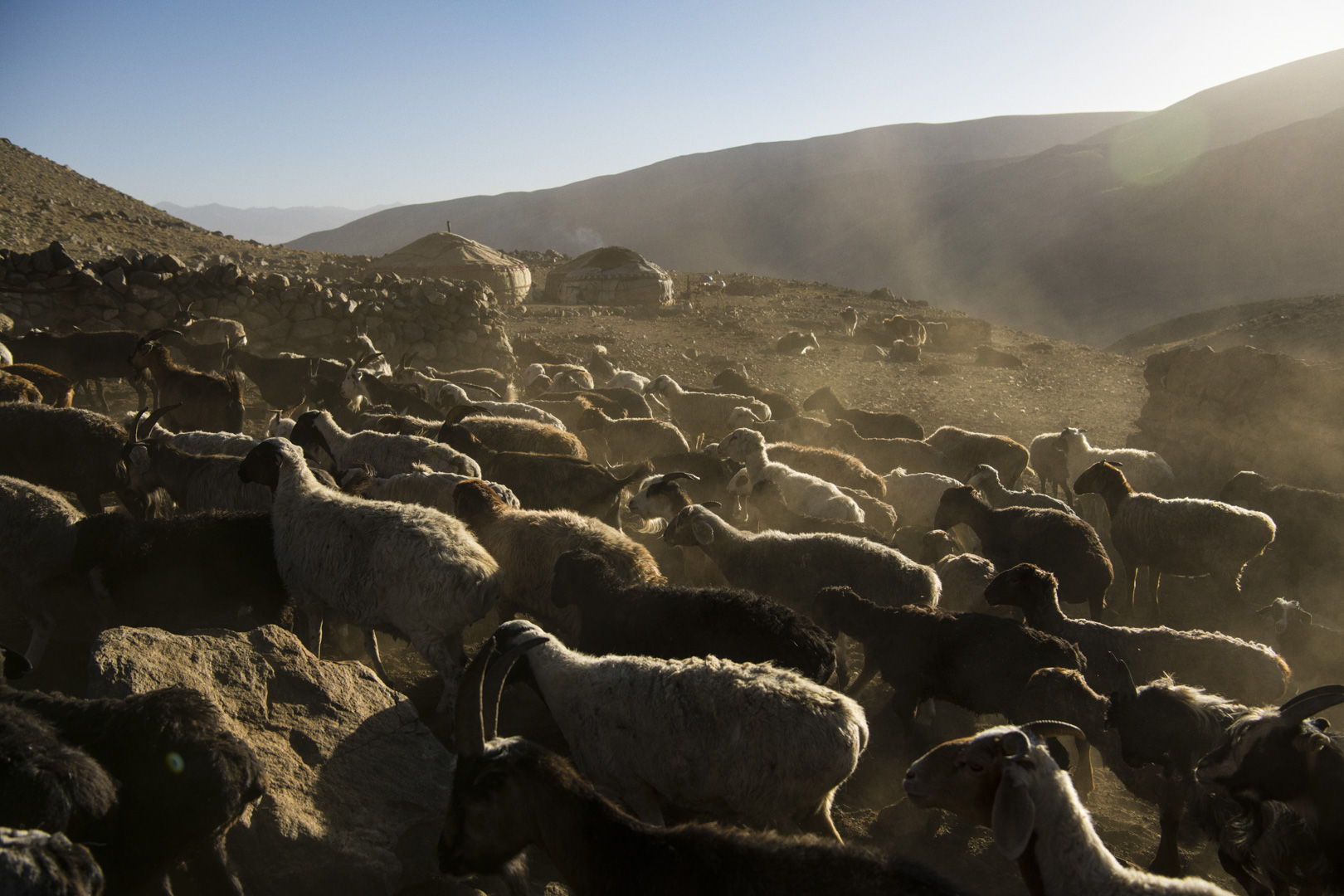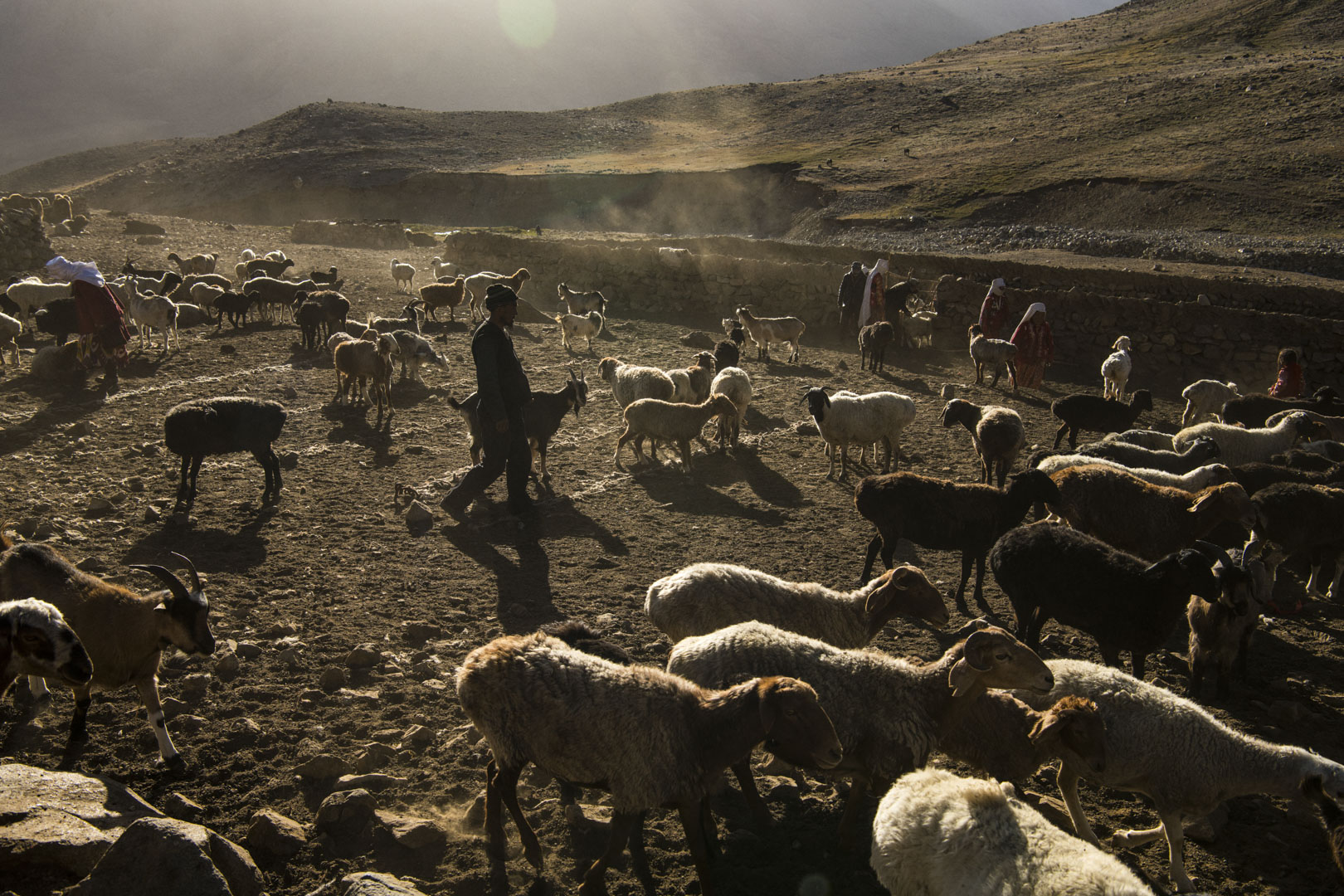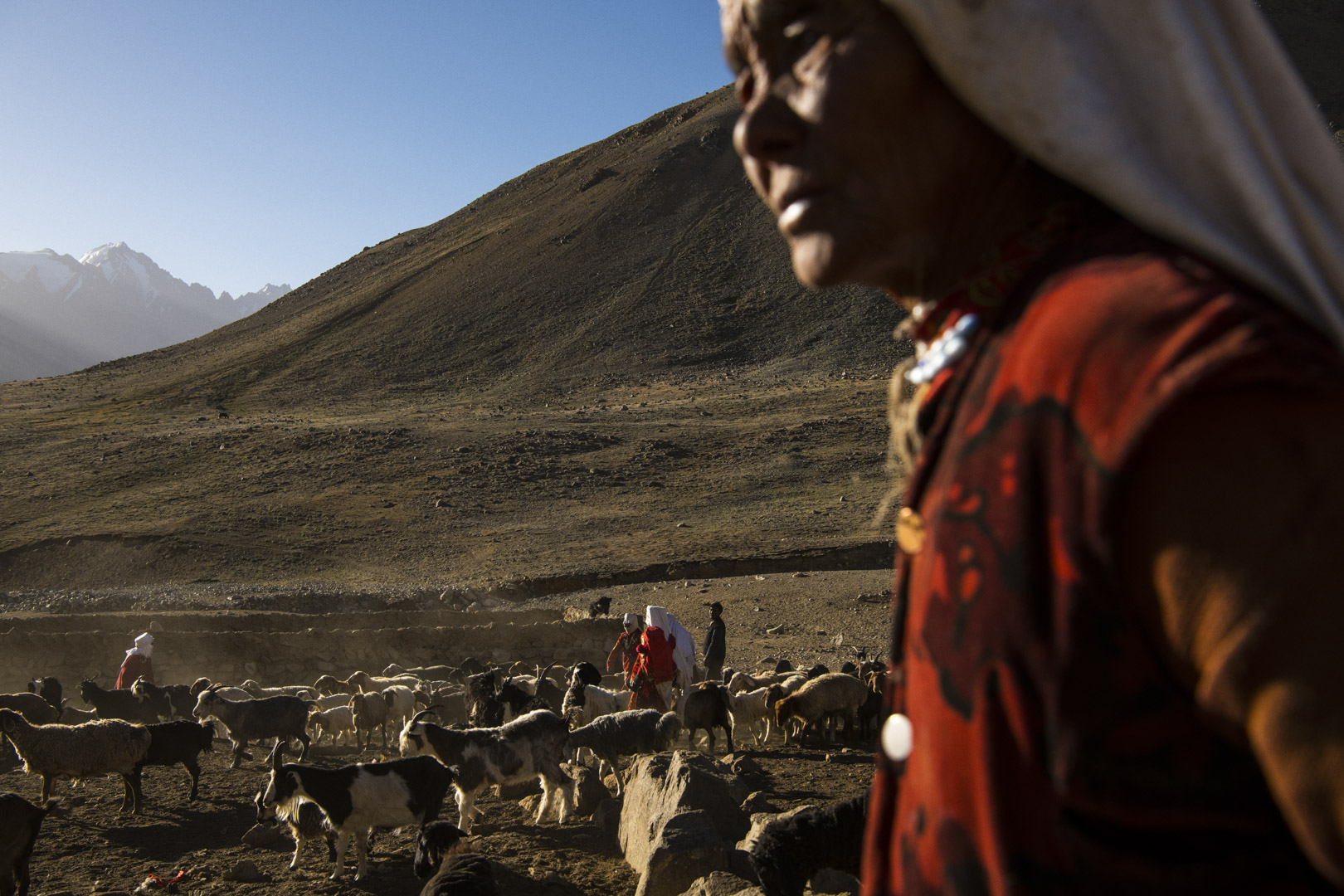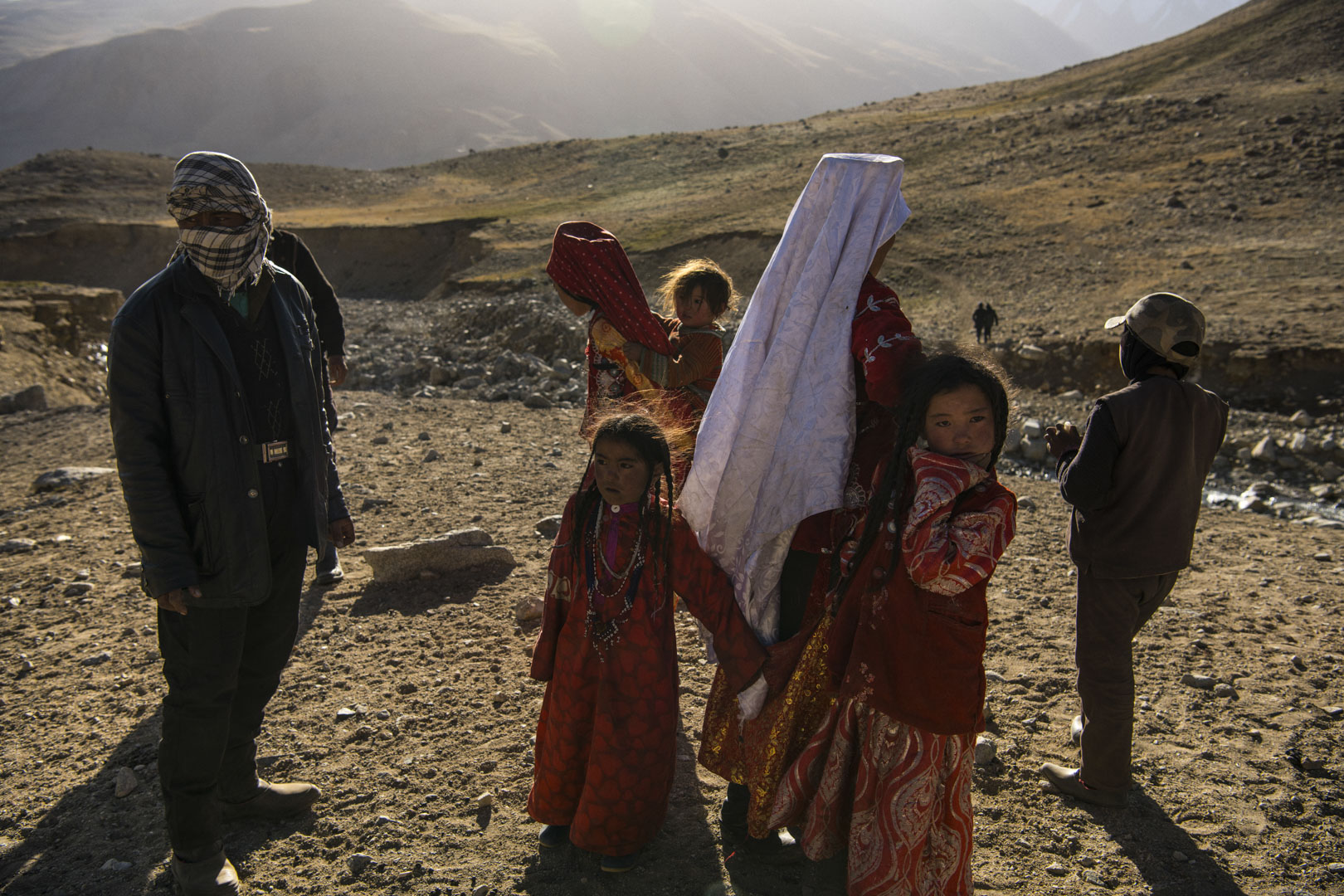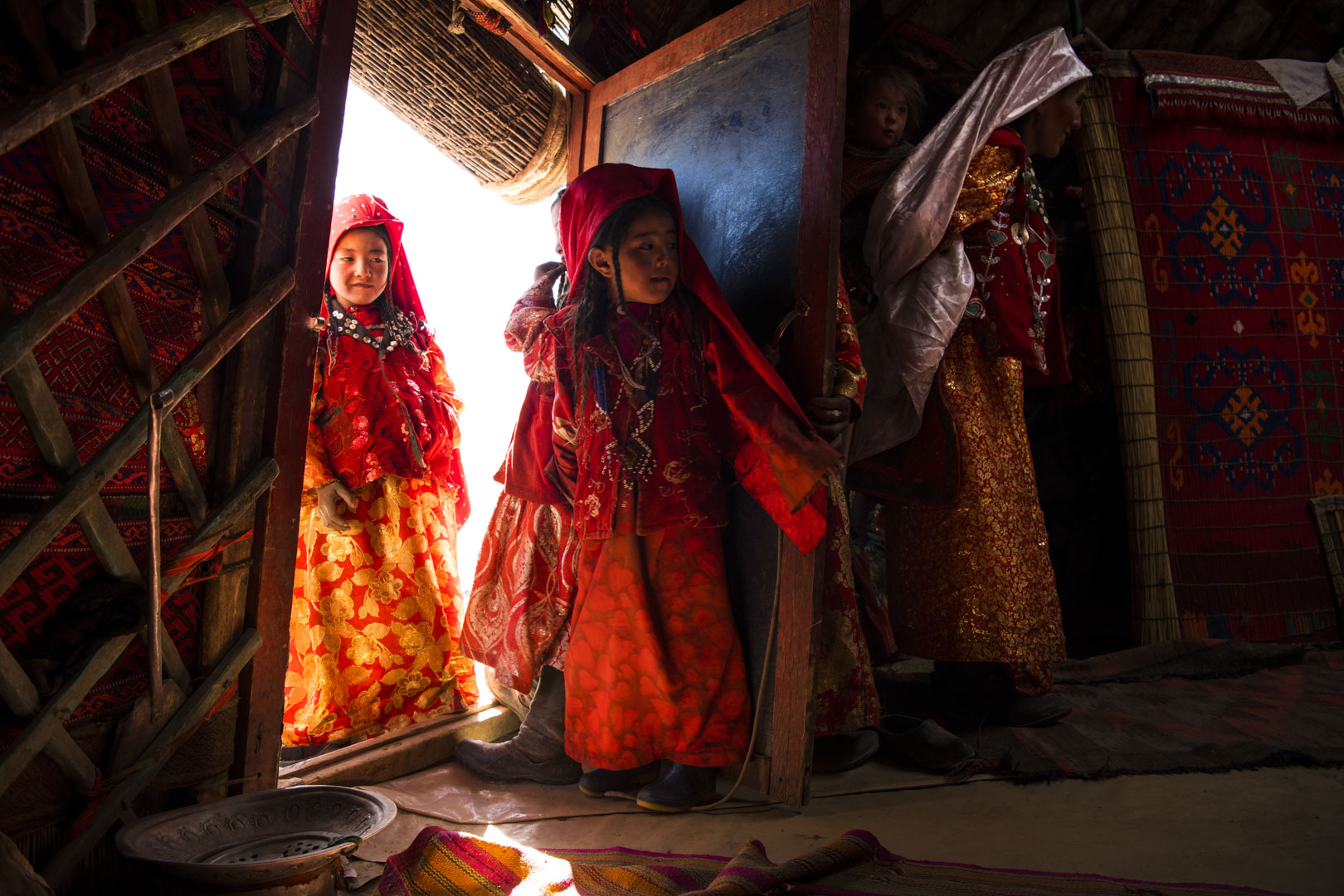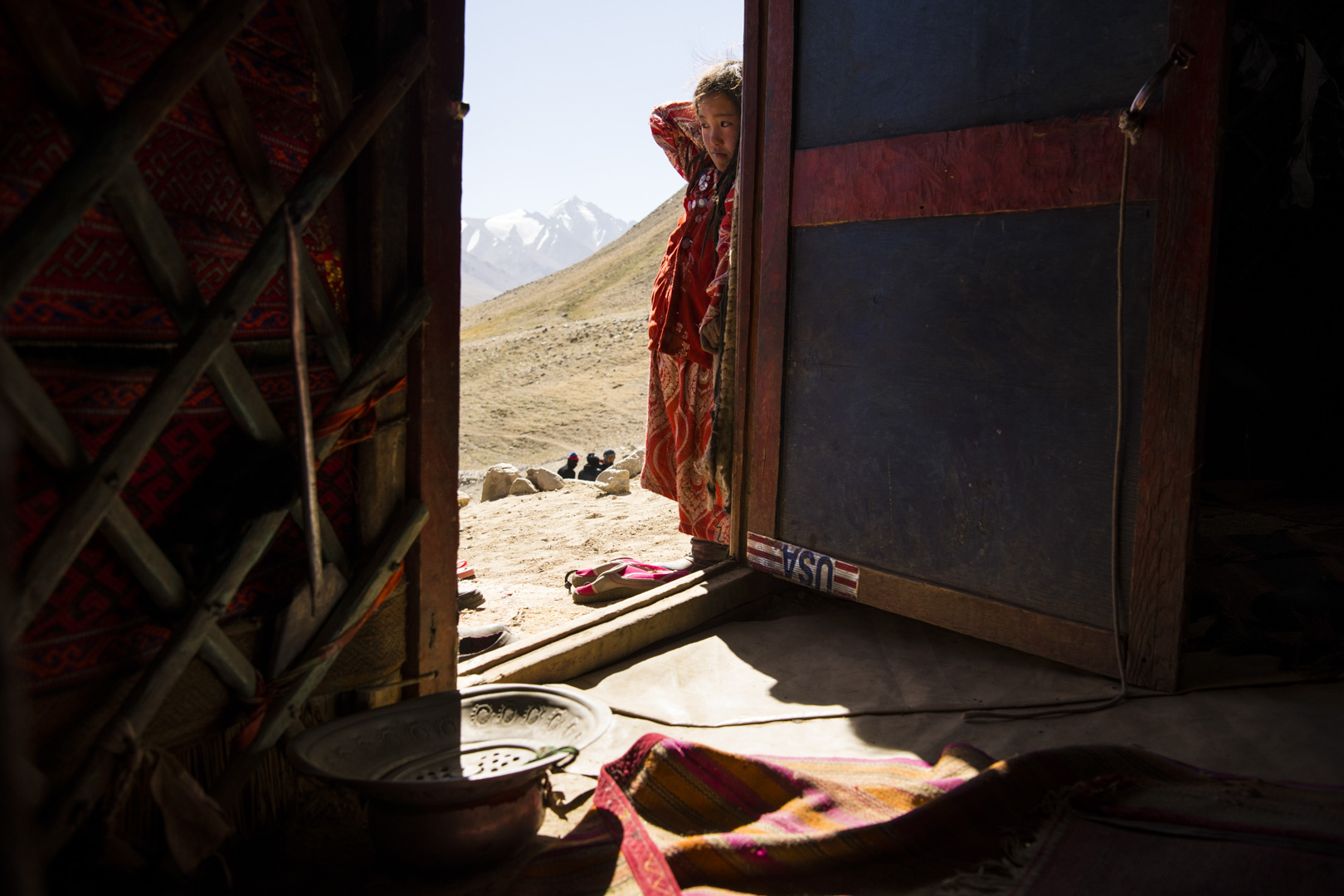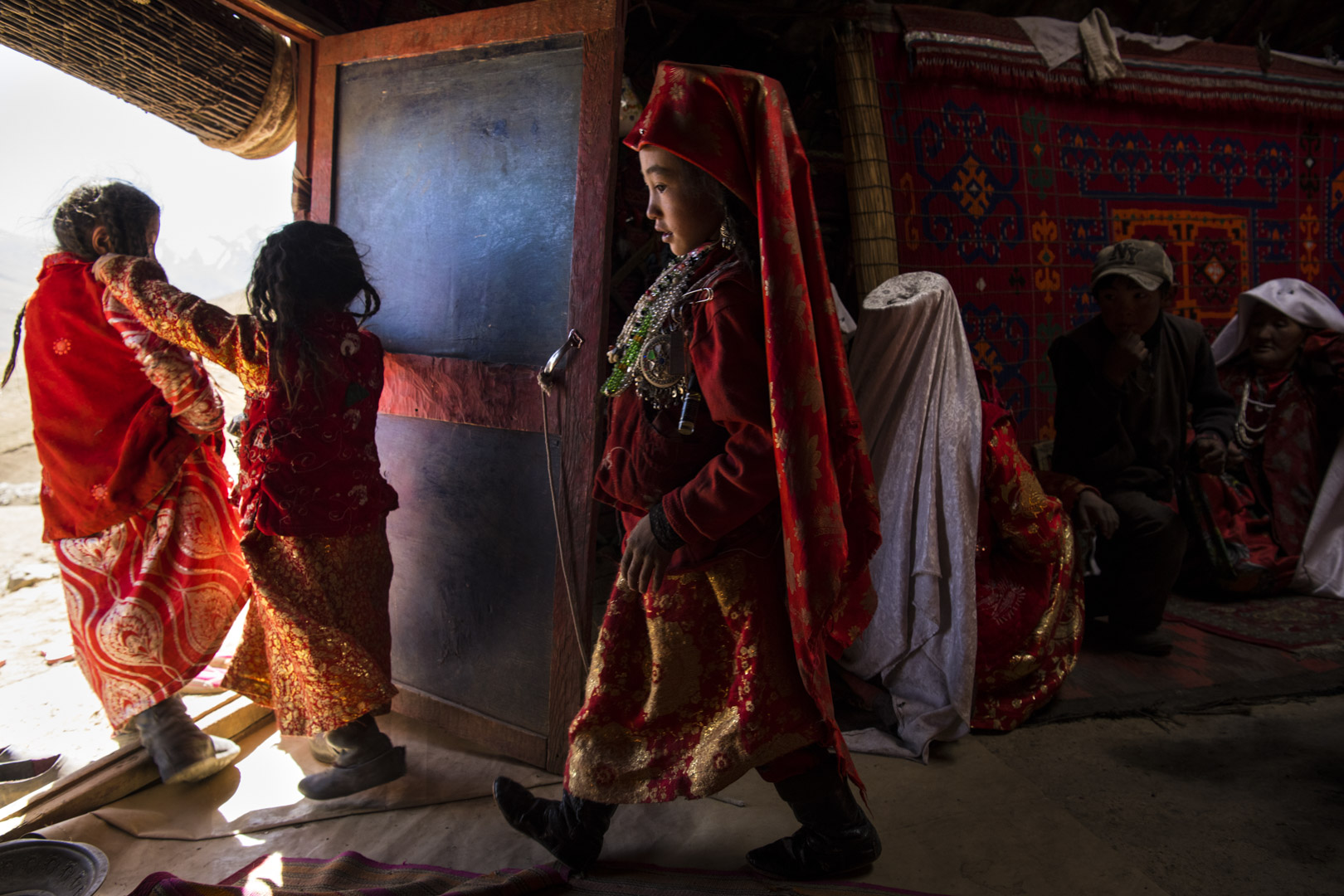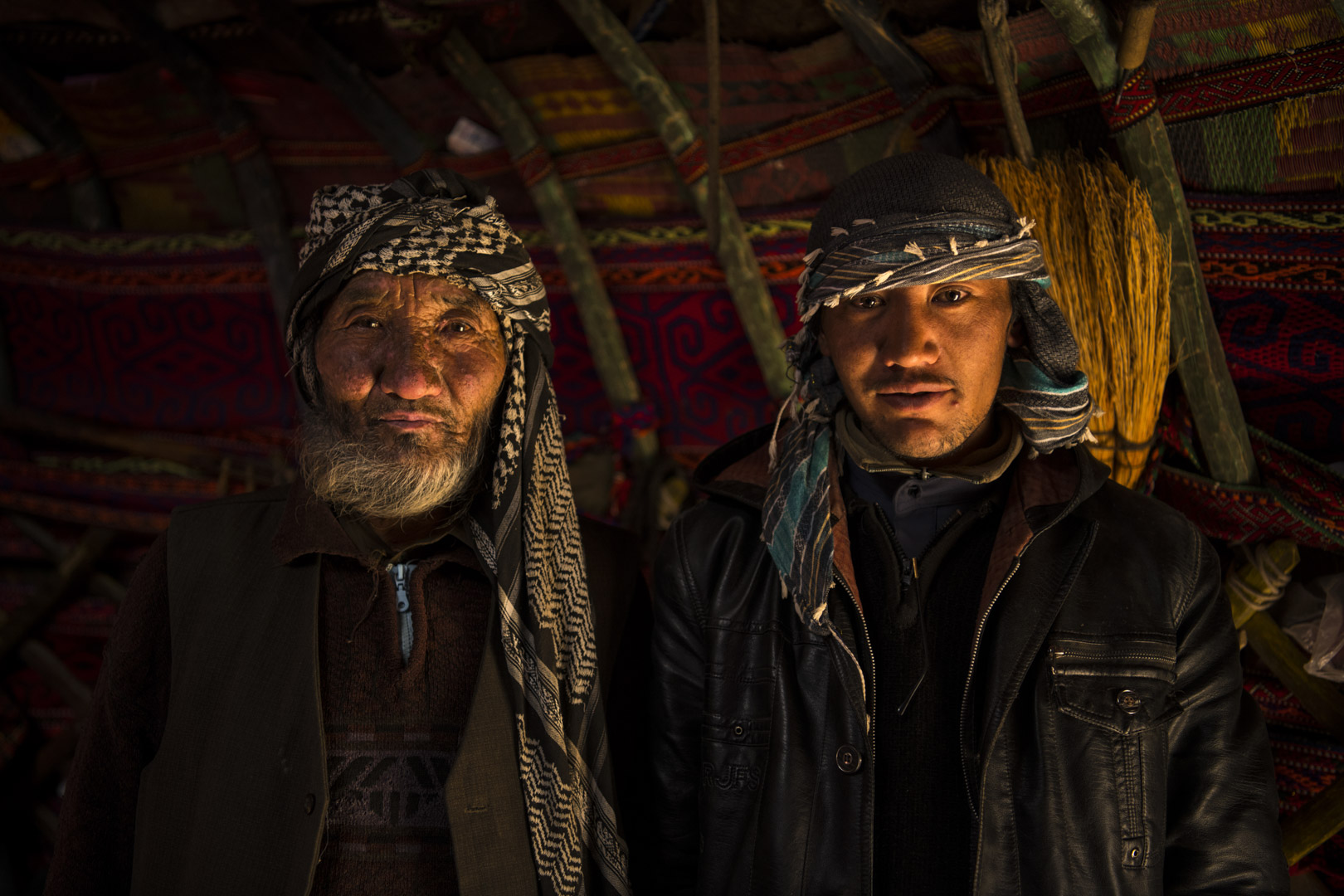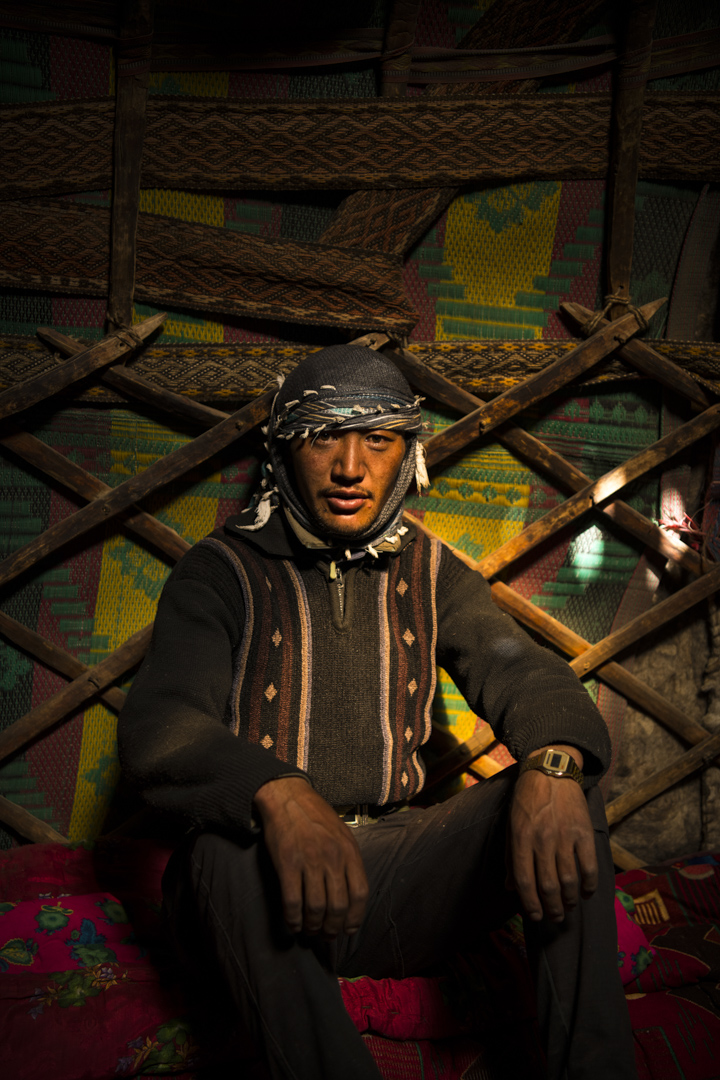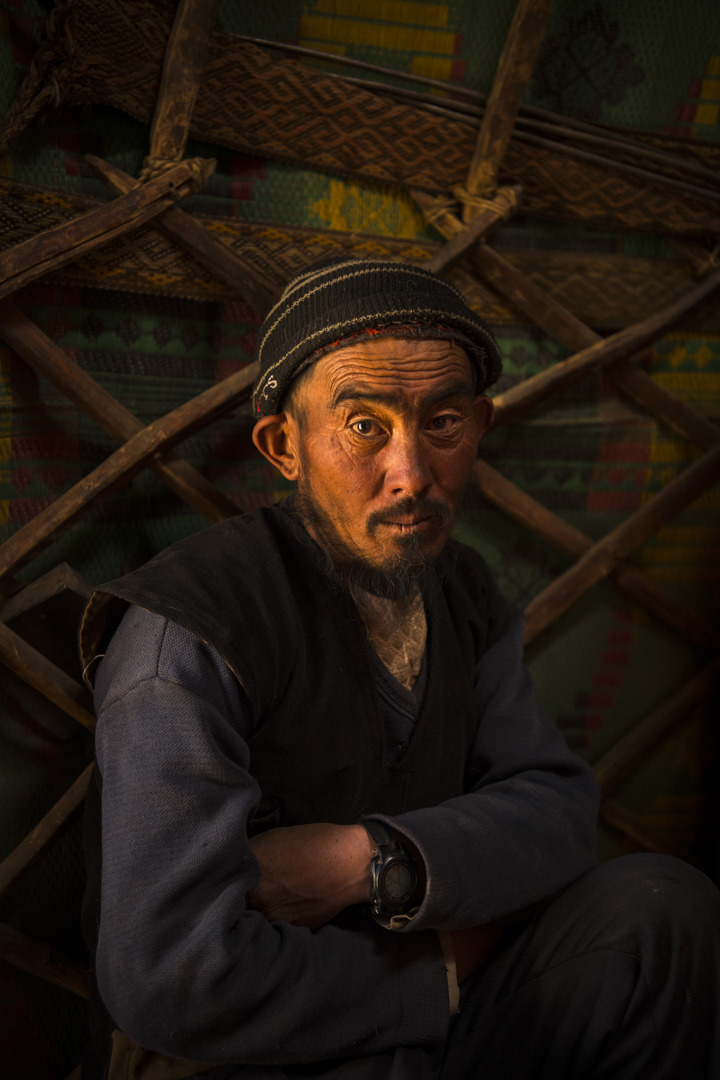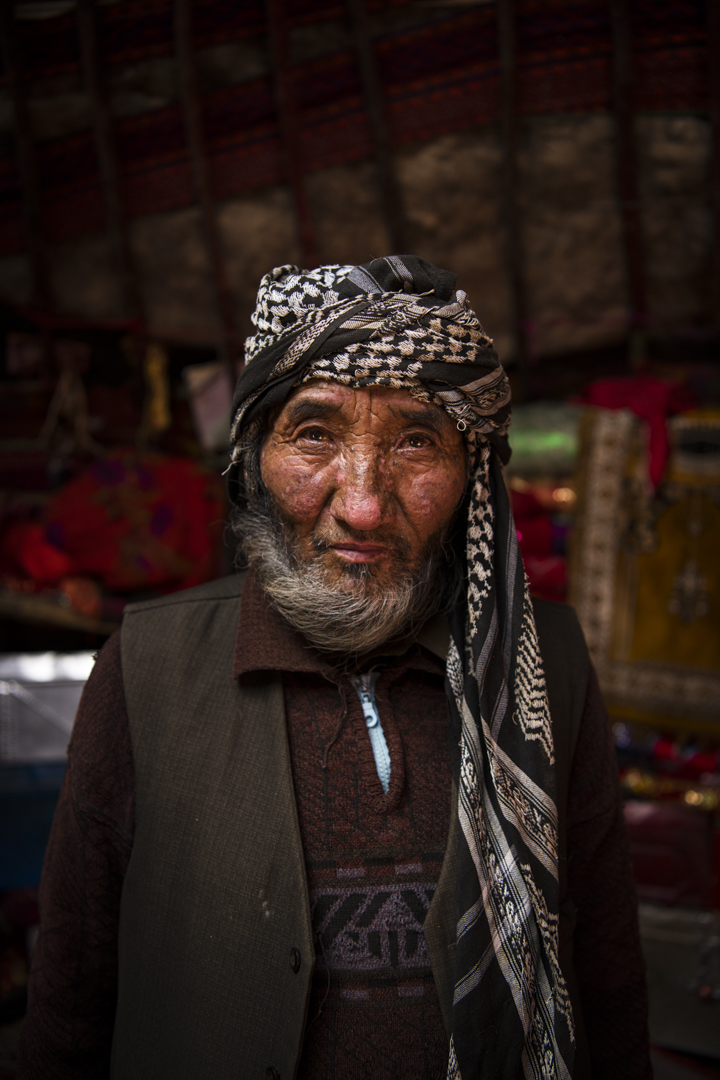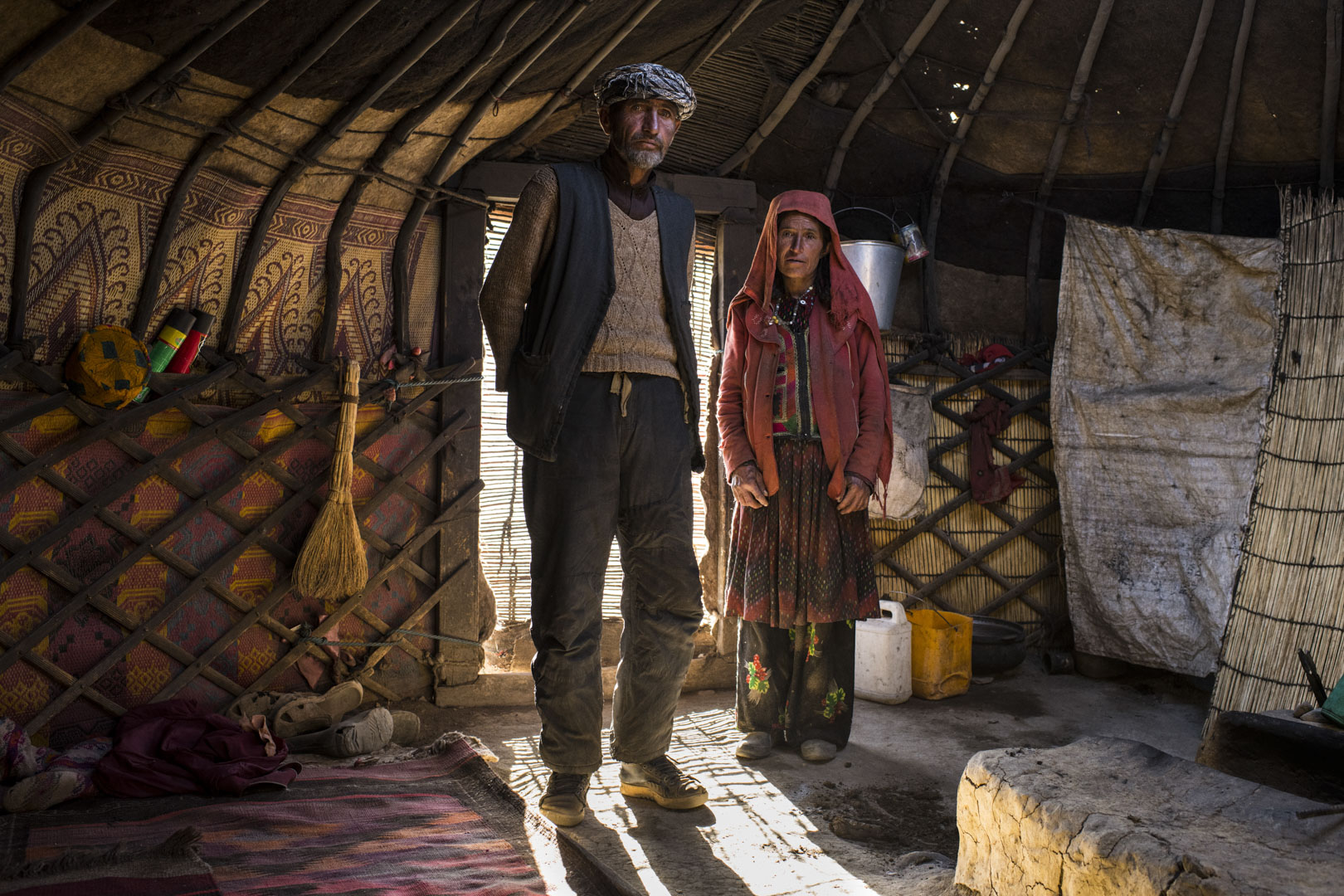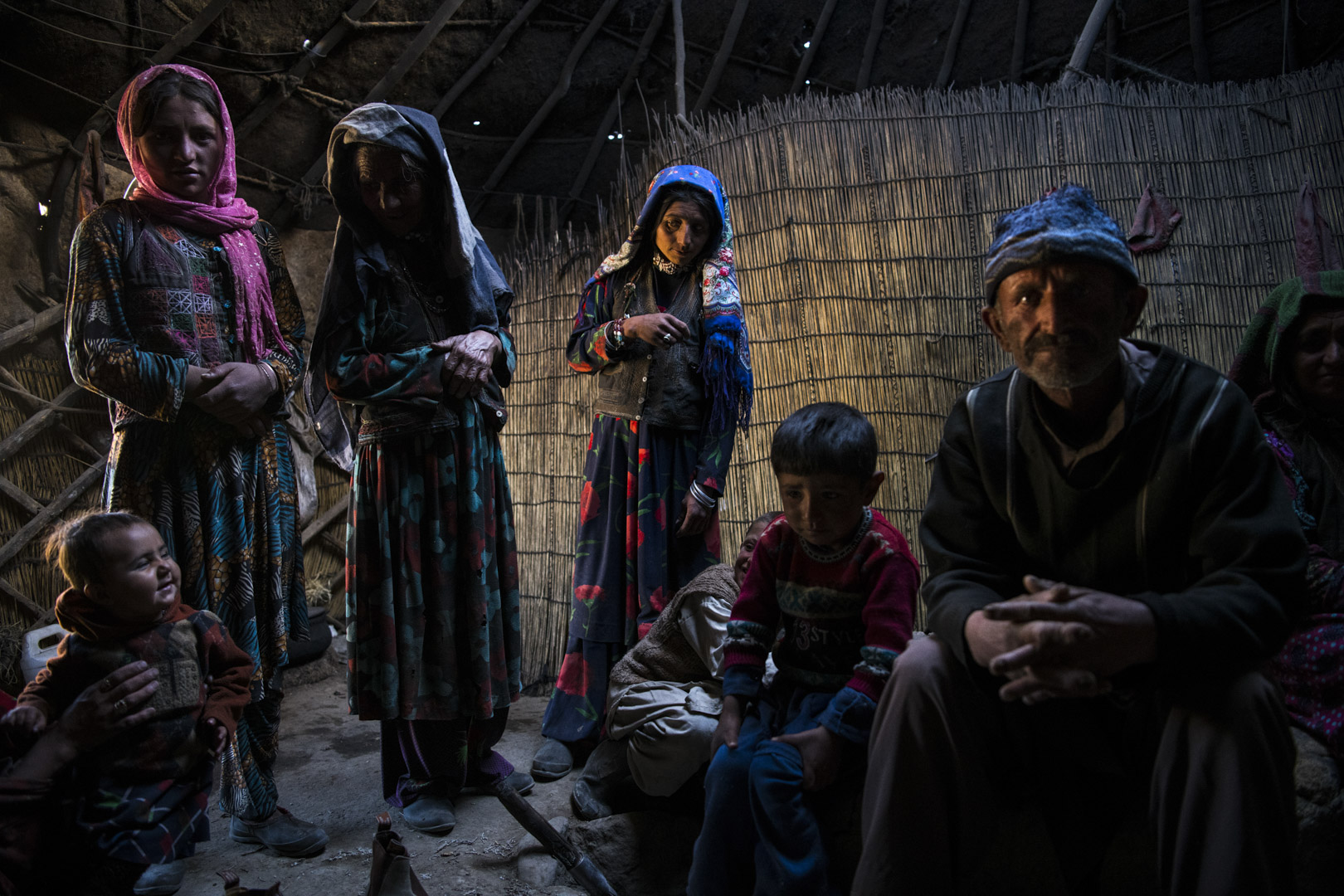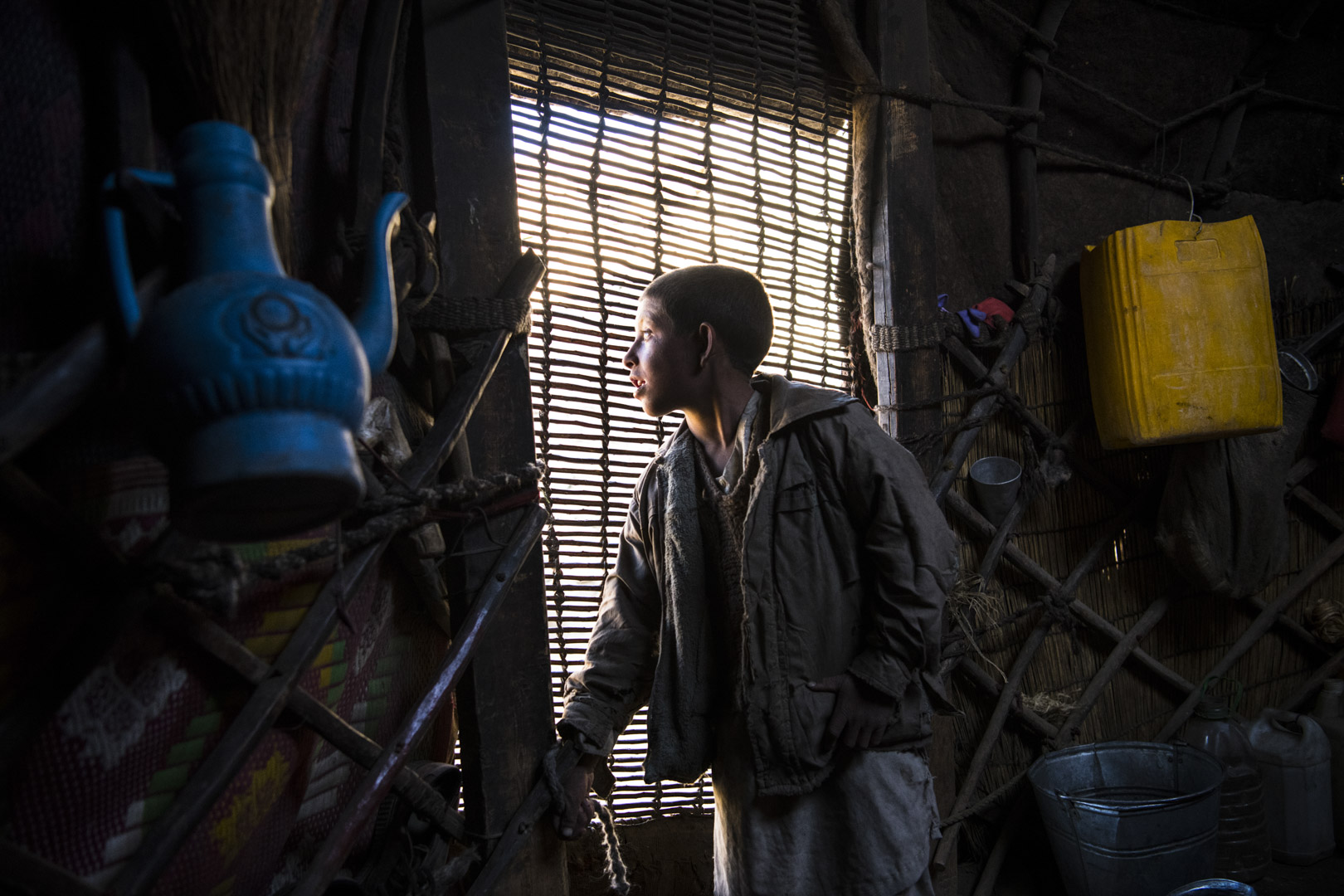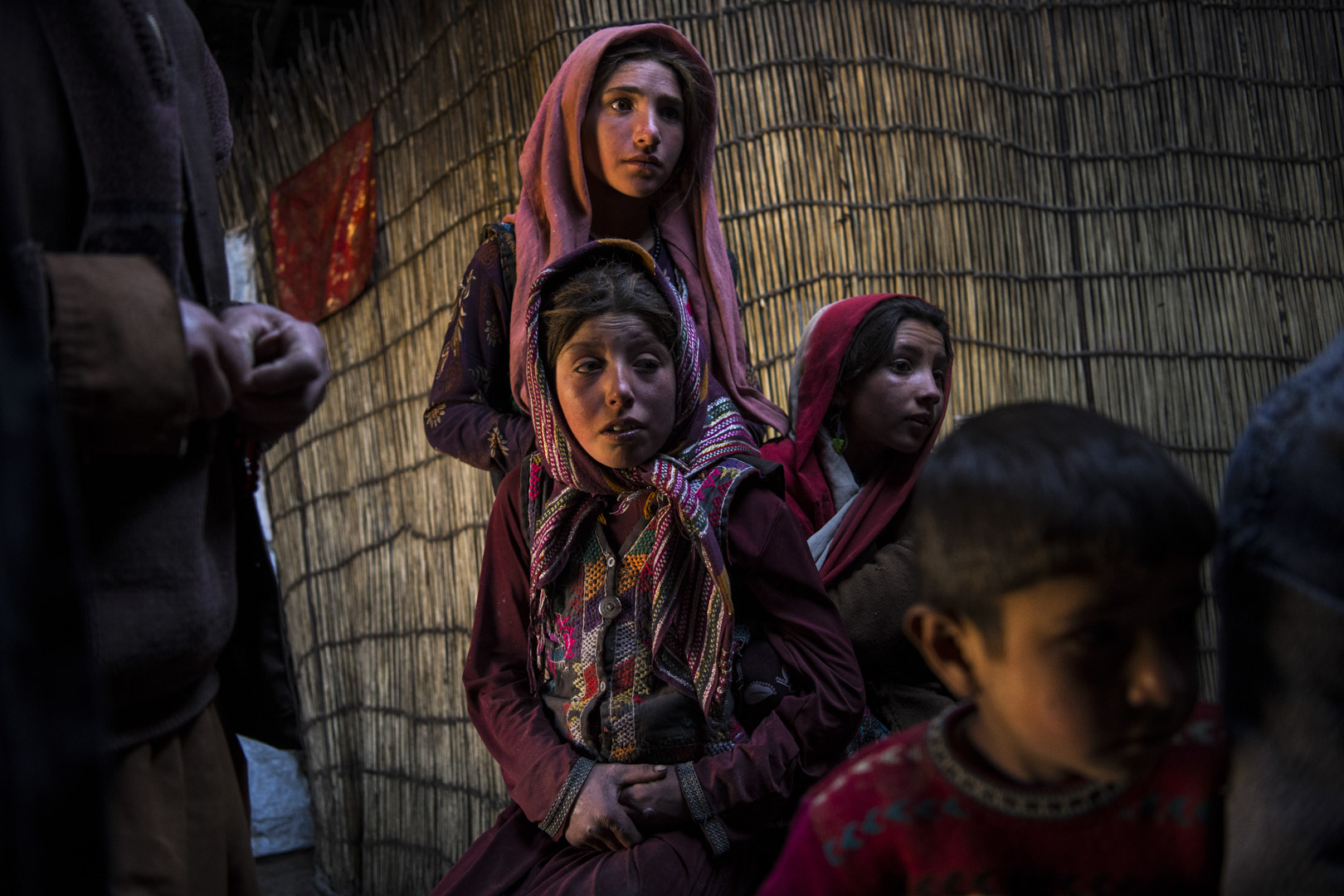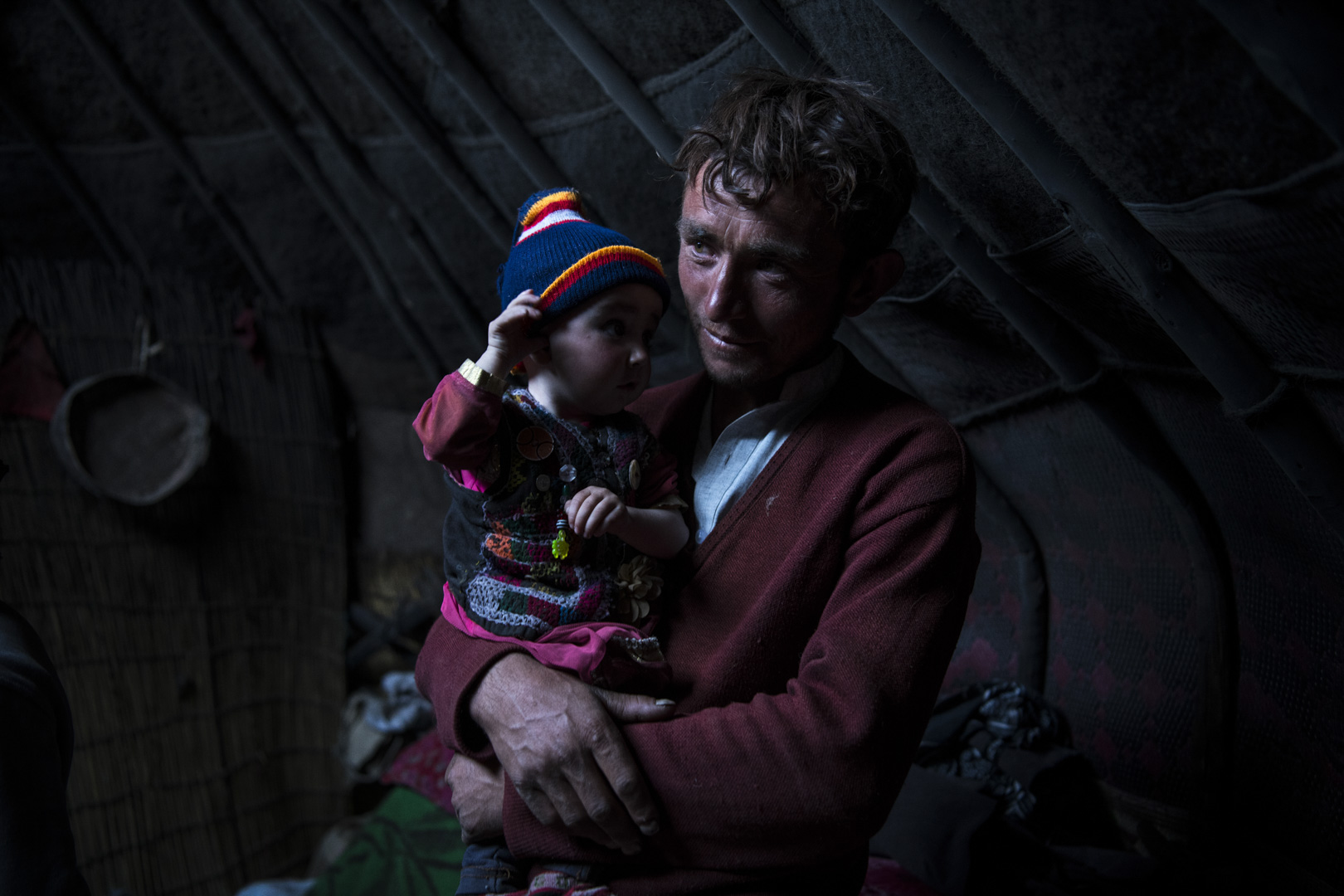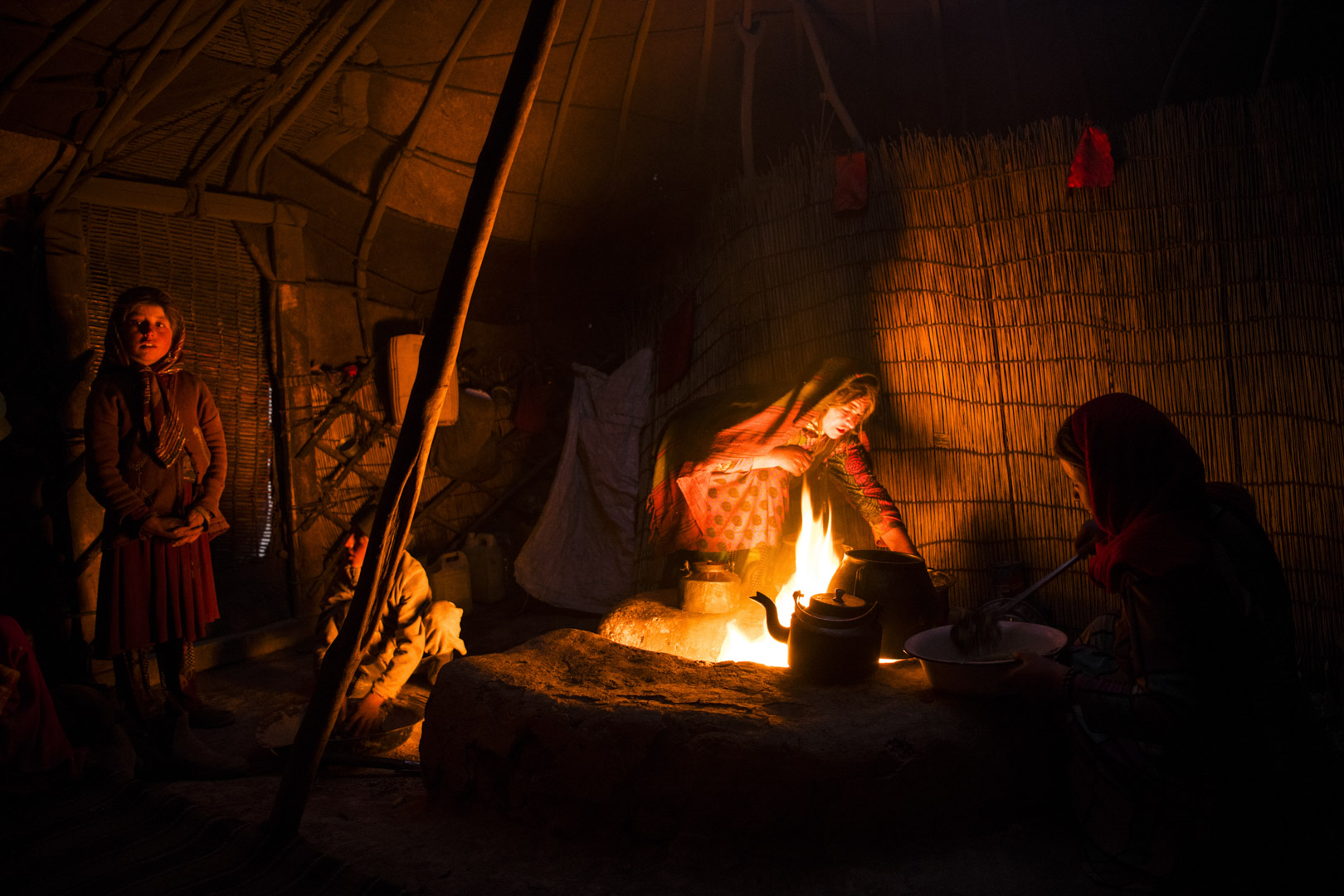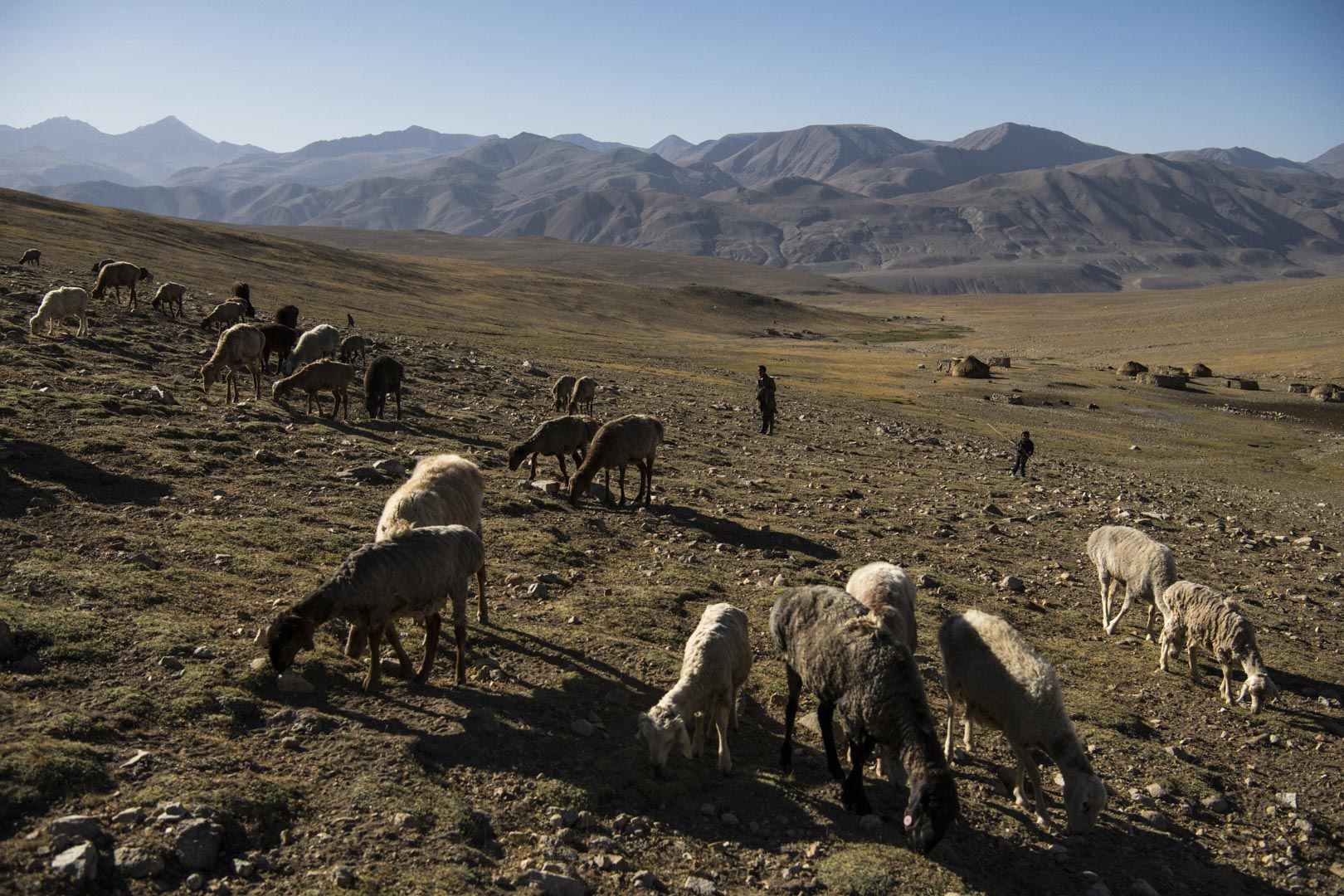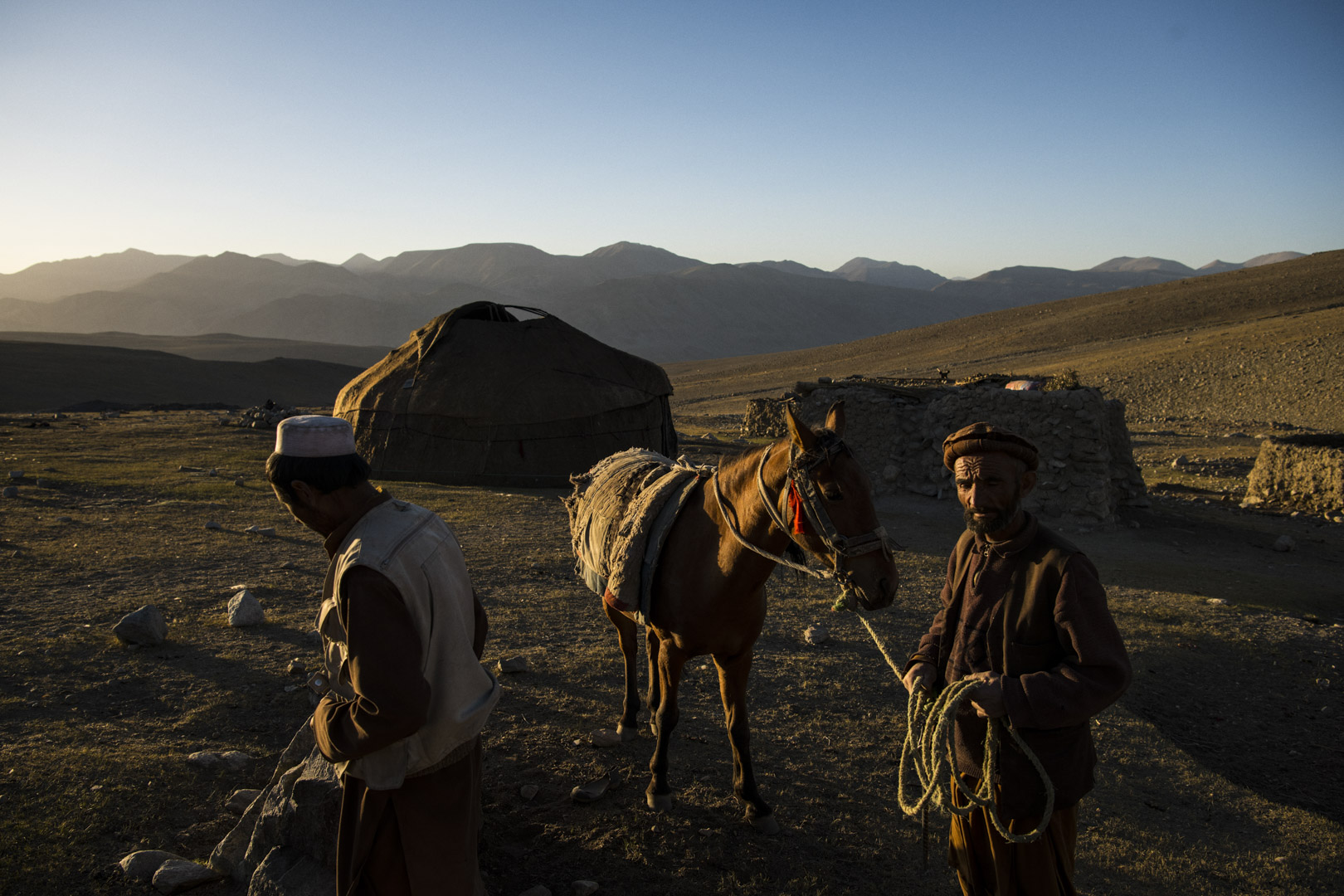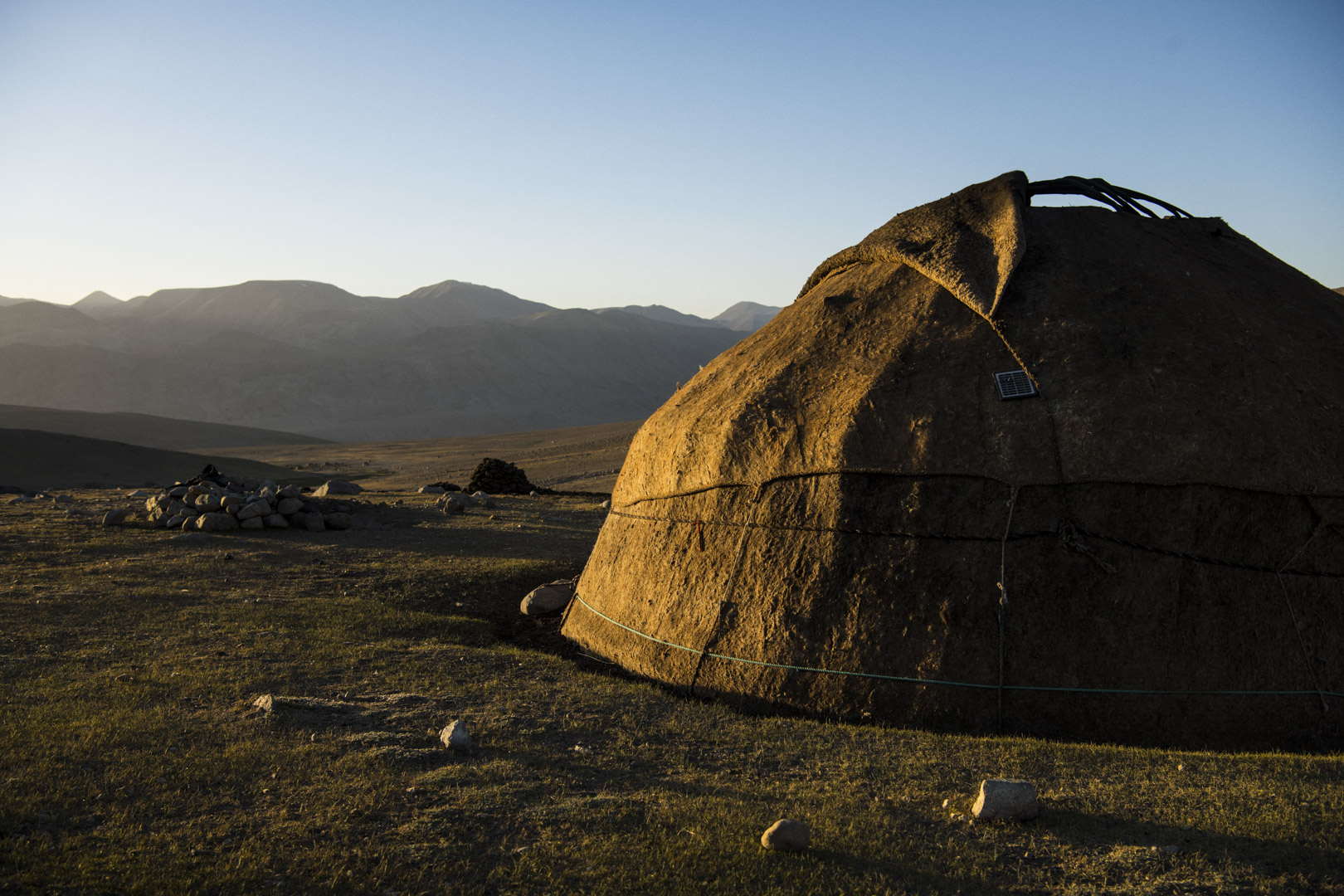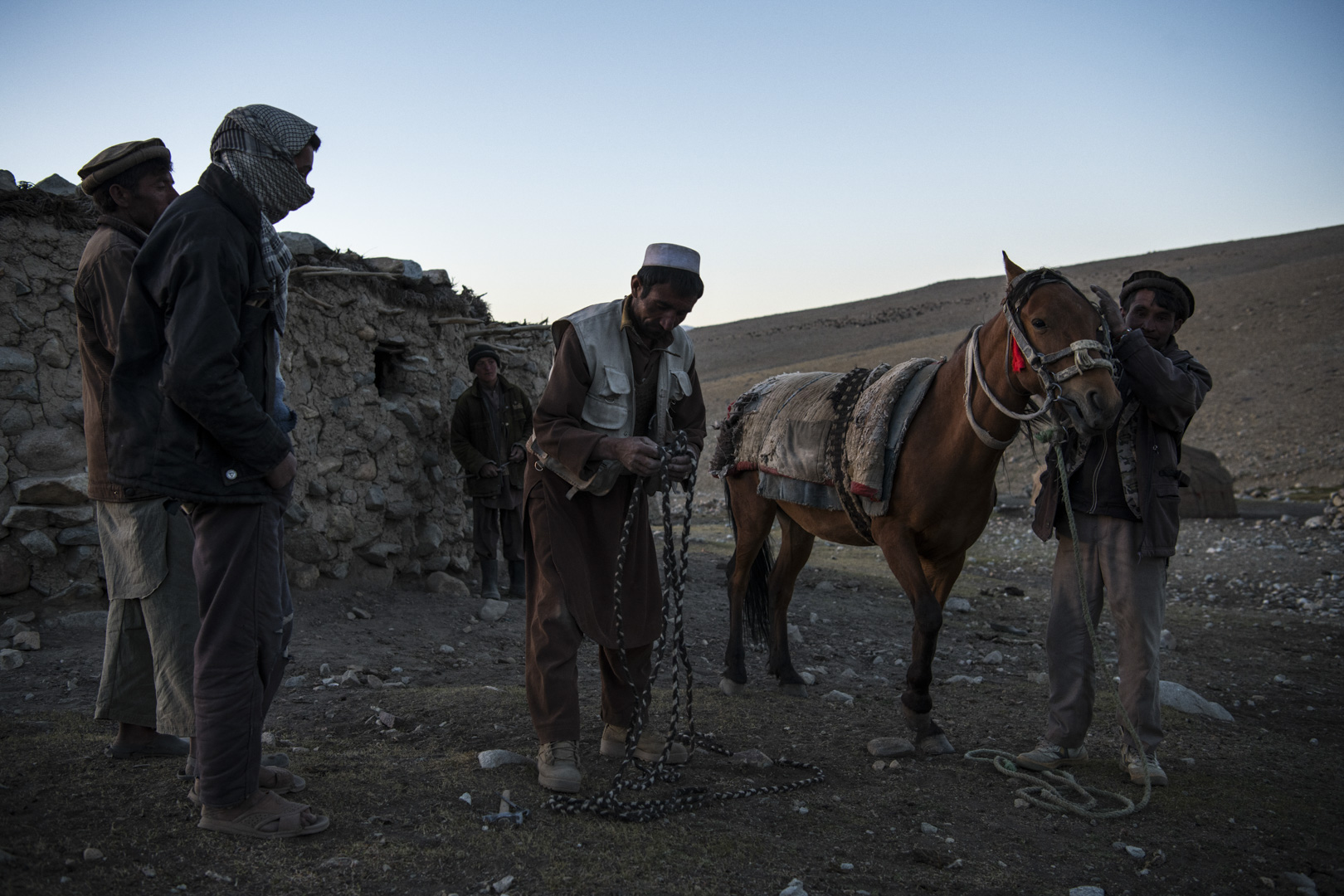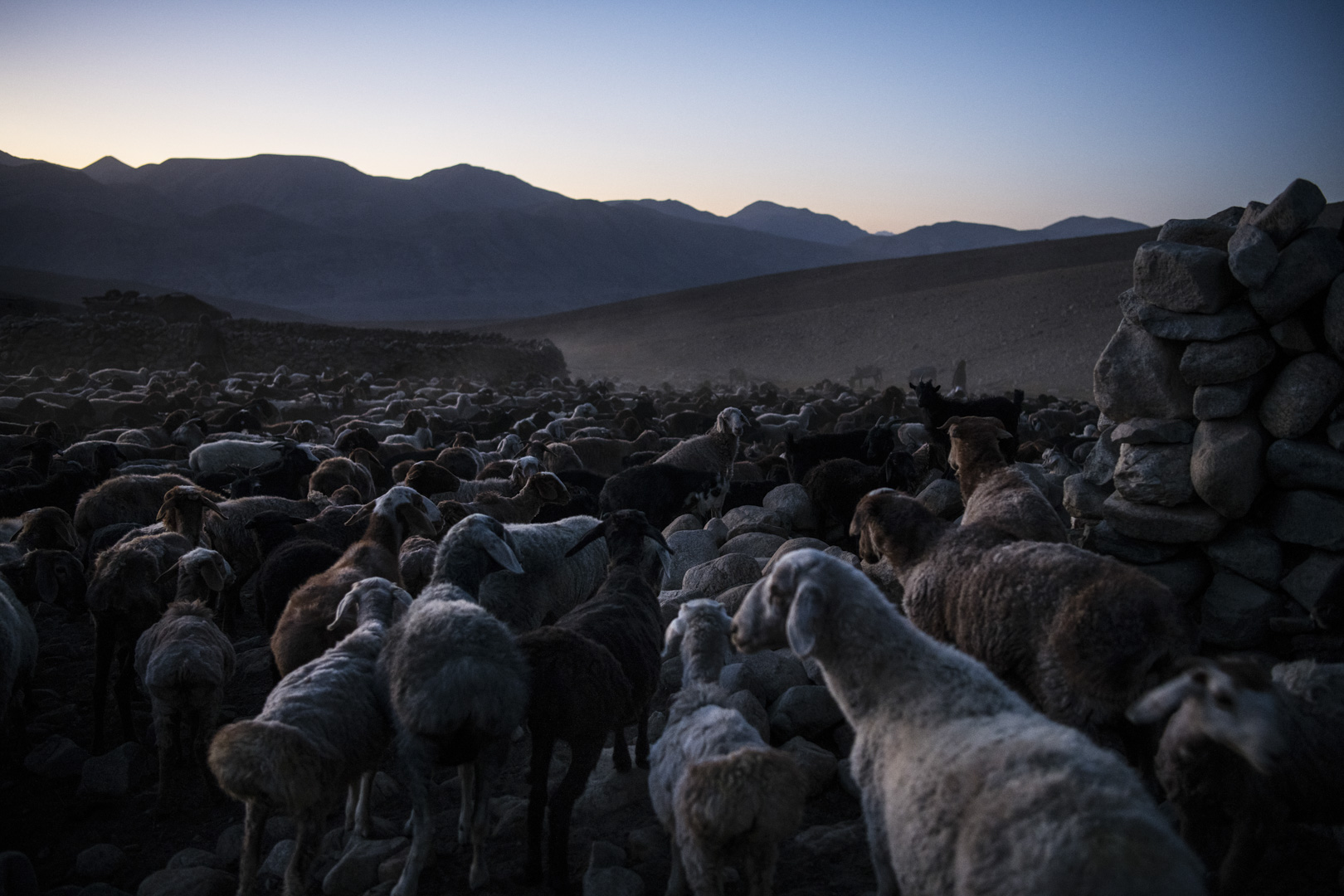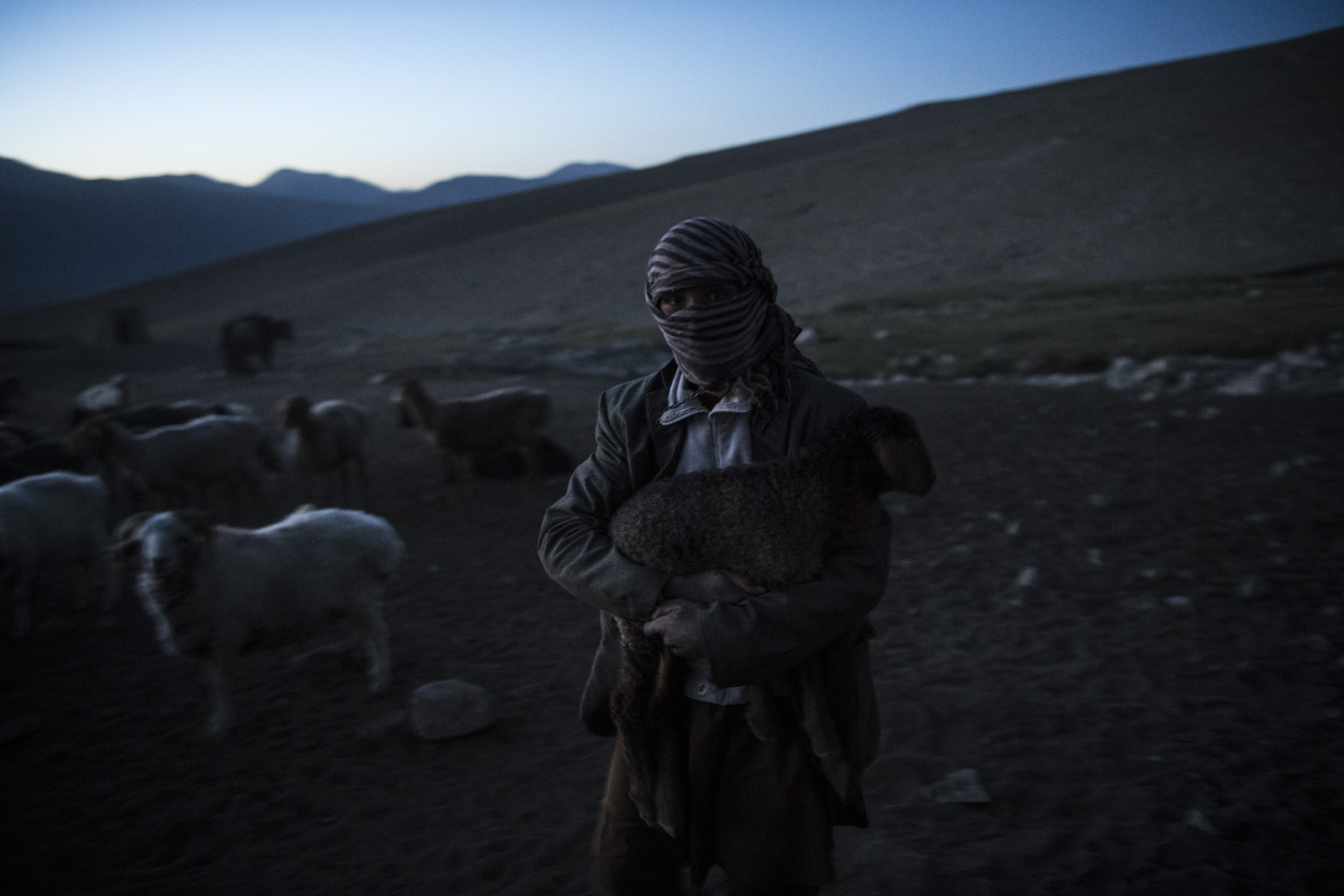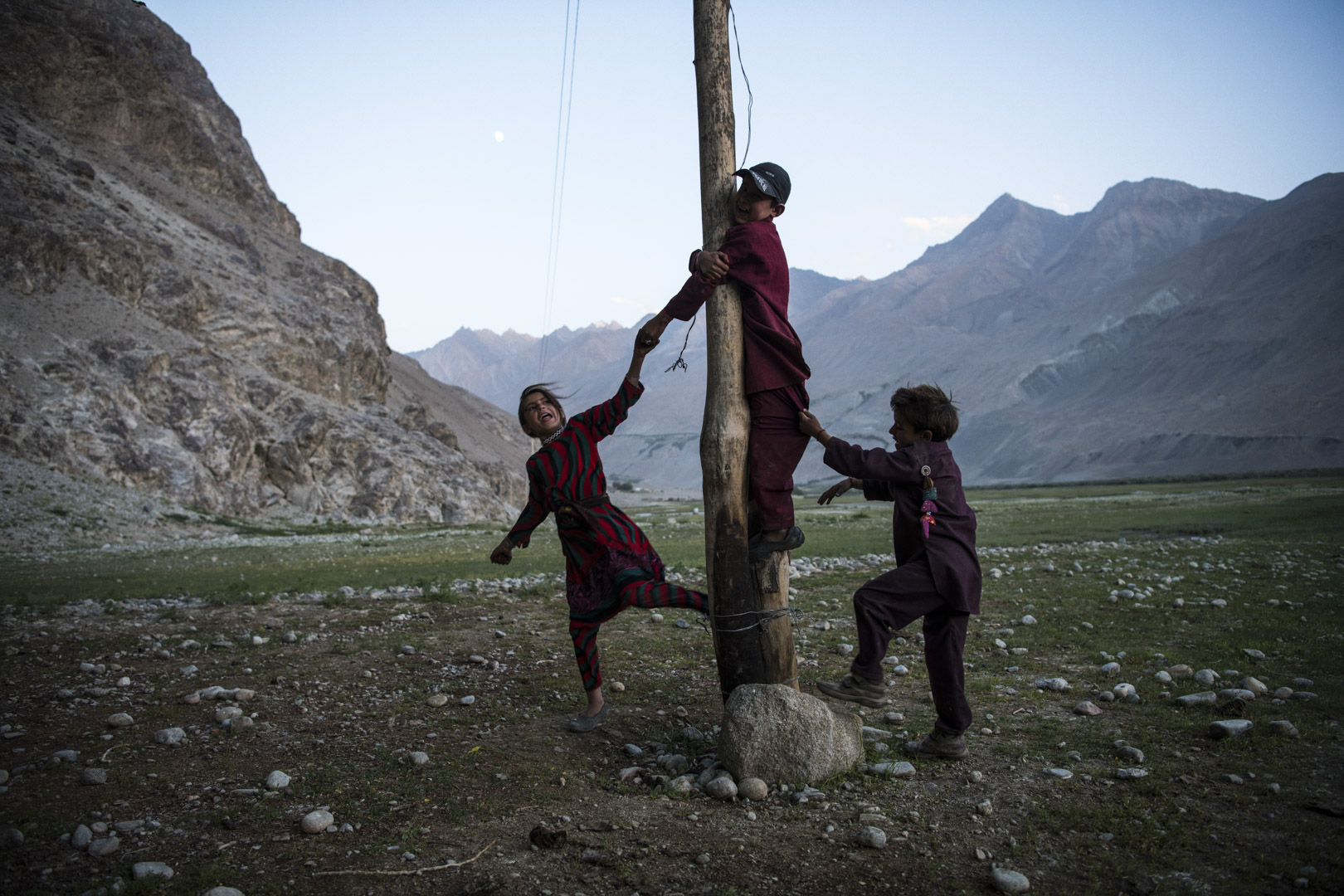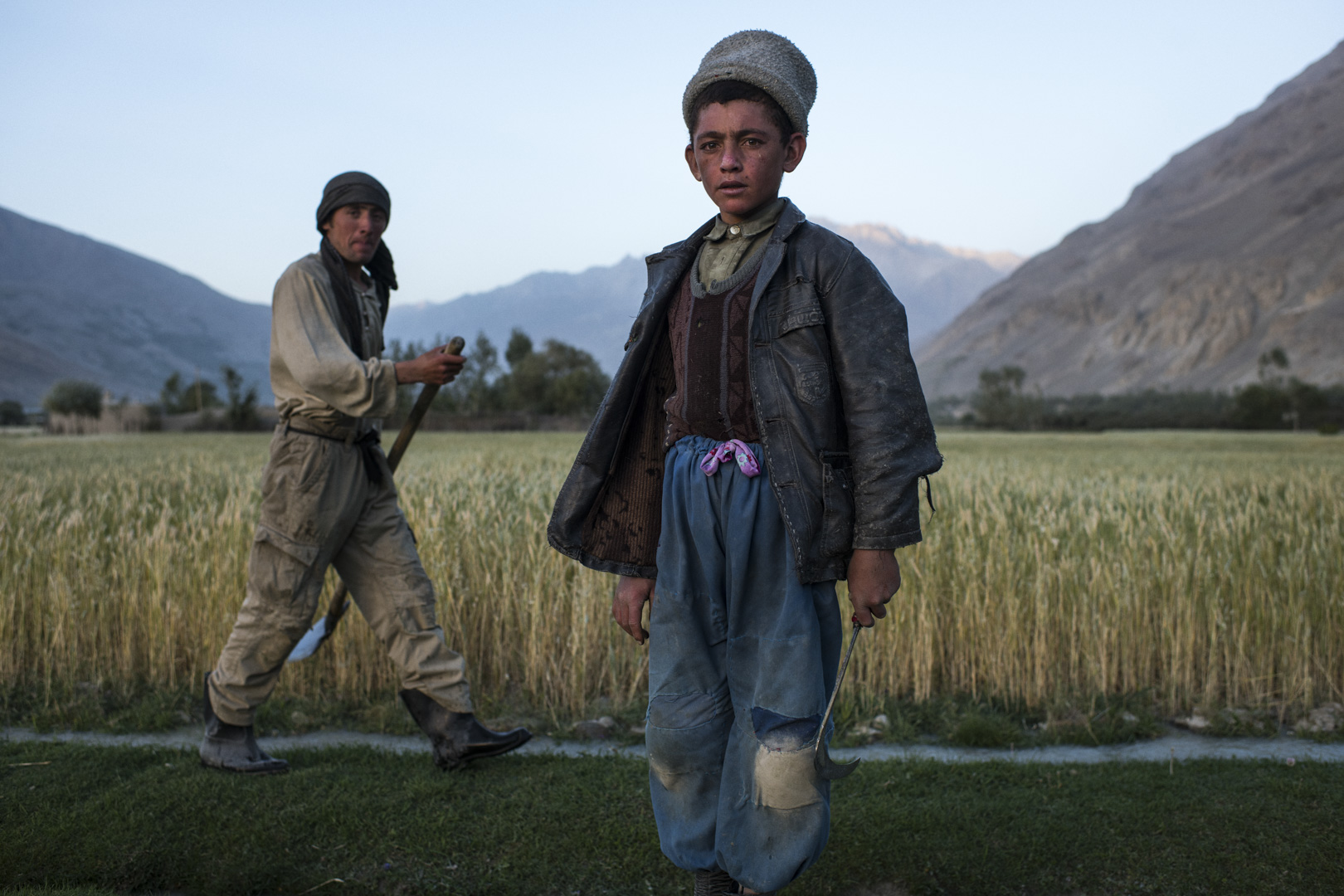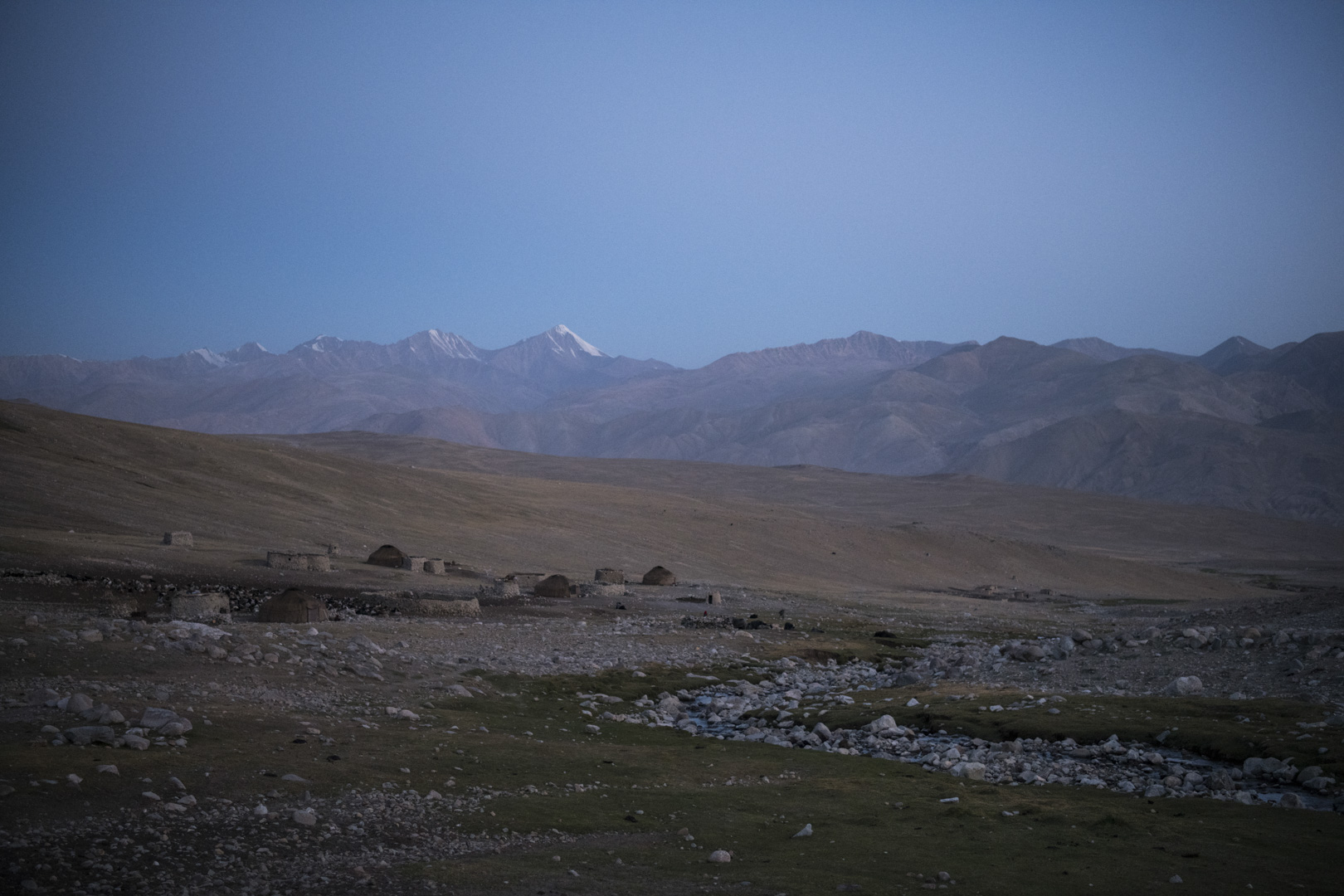Wakhan Corridor, 2018
To view it on a map, the Wakhan seems a peculiar stretch of territory. It protrudes long and thin from the far north-east of Afghanistan all the way to China. Pakistan to the south and Tajikistan to the north. It’s emblematic of territory that has been fought over, not for its resources, but for its value as a buffer zone between the empires that have sought control in the region over the past 150 years.
The border that defines The Wakhan, however, is far from an arbitrary. The mythical “Corridor” comprises the tallest peaks of the Hindu Kush (including Afghanistan’s highest—Noshaq at 7,492m), penetrated by only a spattering of semi-nomadic Kyrgyz tribes and the hardiest of adventurers. It’s no coincidence that it remains one of the few regions of the country that the Taliban have failed to step foot in to this day.
While breathtaking, the environment is harsh. Much of the valley floor is strewn with ancient rock-falls like great ocean swells frozen in stone. The Wakhan’s elevation and brutal winters provide meagre agricultural opportunities. It’s roughly 12,000 residents survive on what they can cultivate and store during the few warmer months when the earth thaws.
Most also have small herds of livestock which provide food as well as a means of trade. Like the territory itself, the wakhi people seem insulated from the turmoil that has gripped greater Afghanistan the last four decades. While, generally speaking, foreigners are welcomed in most places where the government is in control, in the Wakhan it is done so without any sense of suspicion or concern for being seen to be cavorting with the enemy.
The iconic blue burqa—ubiquitous throughout the rest of Badakhshan (the province to which Wakhan District belongs—is nowhere to be seen. Instead, women and girls wear vibrant, red scarves that flow from round skull-caps as they muster goats and sheep, collect water from streams and undertake other daily chores which seem less dictated by gender than elsewhere in Afghanistan.
With modest guesthouses and campsites dotted throughout the valley, aside from Bamiyan—home to the giant Bamiyan Buddha’s (before they were destroyed by the Taliban in 2001) and the majestic blue lakes of Band-e-Amir—The Wakhan is as close to tourist destination as you’re likely to find in Afghanistan.
